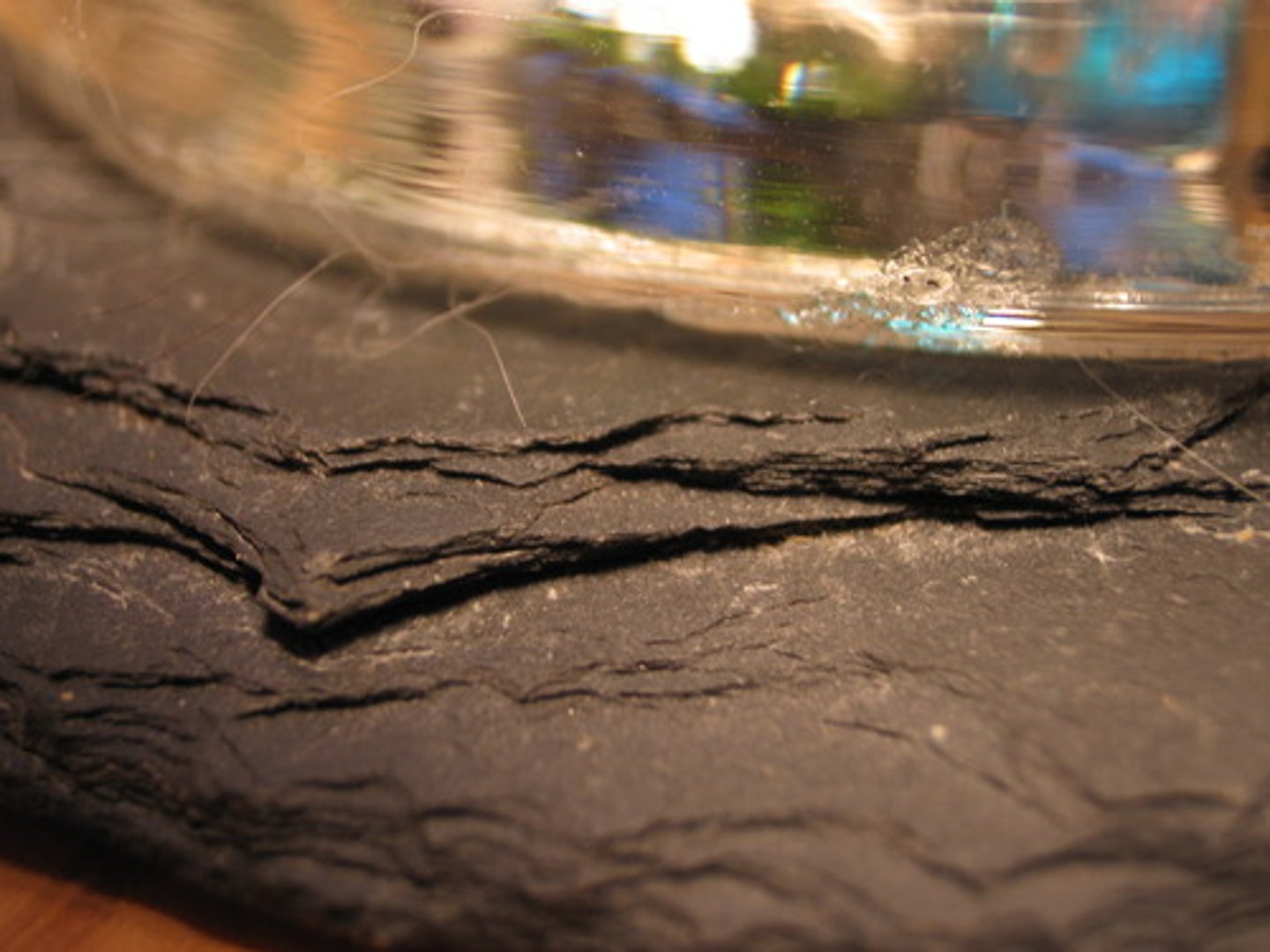Rocks and Minerals Study Guide for Science Olympiad
1/255
There's no tags or description
Looks like no tags are added yet.
Name | Mastery | Learn | Test | Matching | Spaced |
|---|
No study sessions yet.
256 Terms
Gneiss
Banded. Made up of granular mineral grains. It typically contains abundant quartz or feldspar minerals.
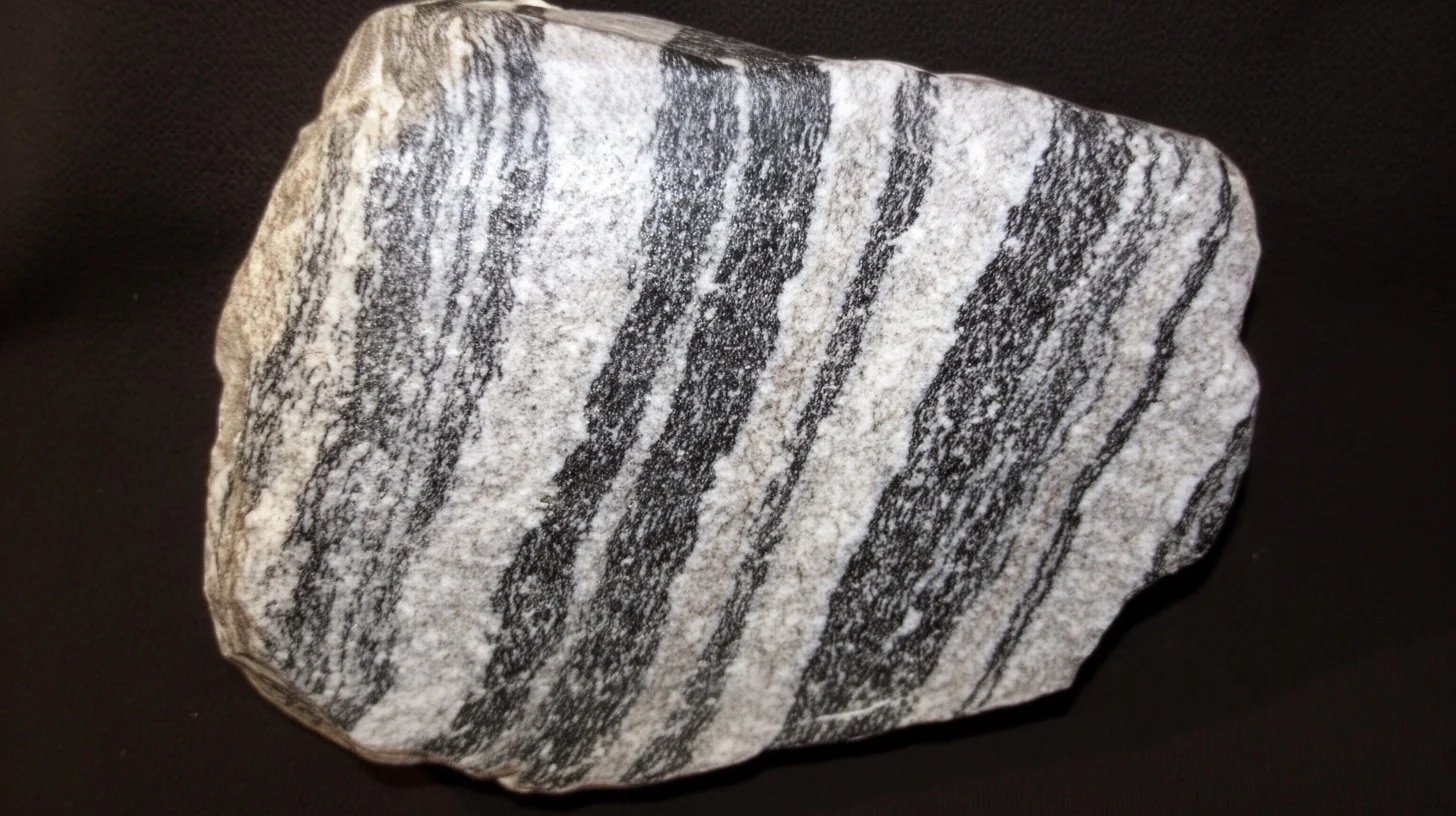
Marble
Coarse, crystalline. Variety of colors.
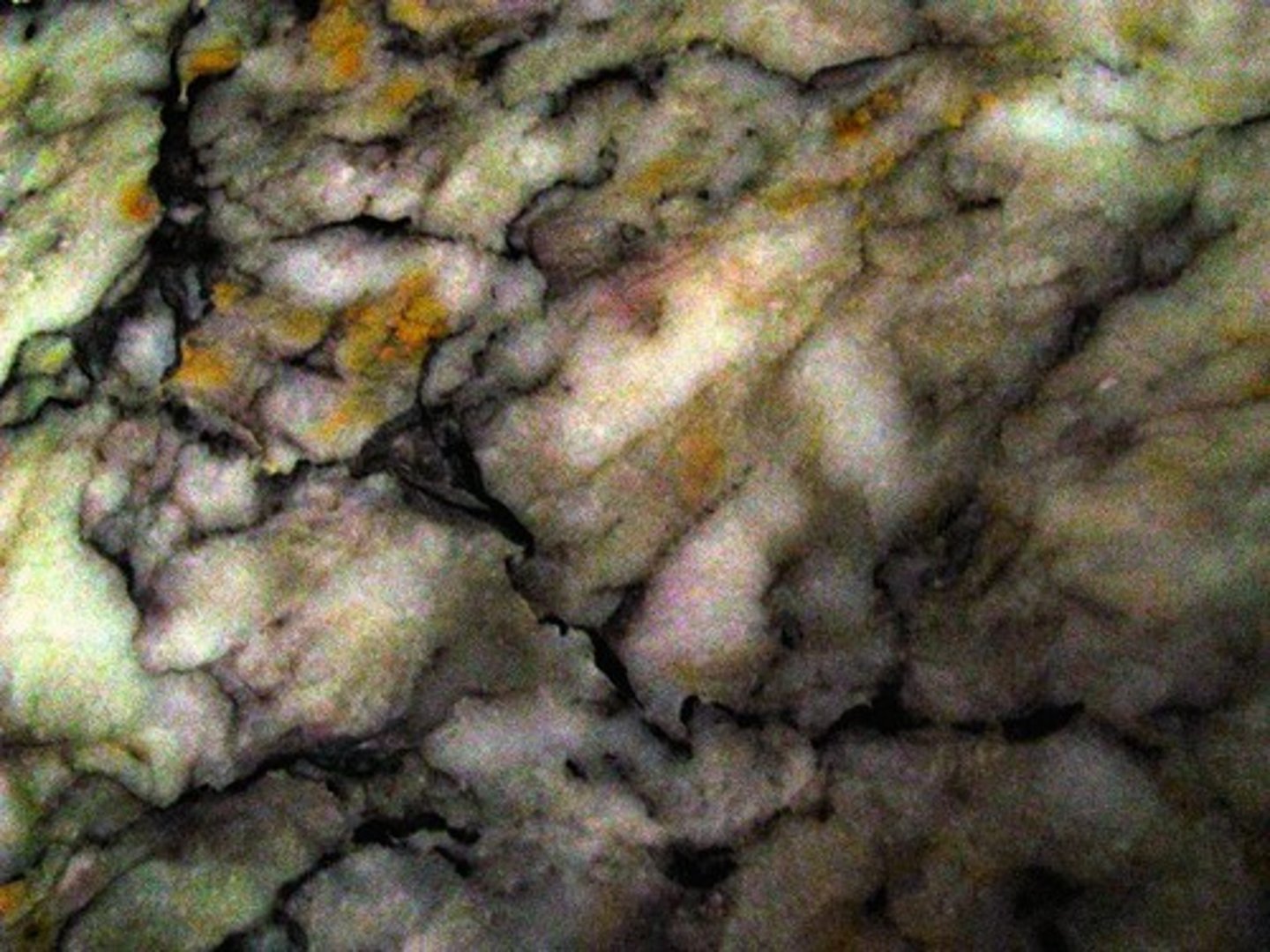
Phyllite
Made up mainly of very fine-grained mica. Typically lustrous and sometimes wrinkled.
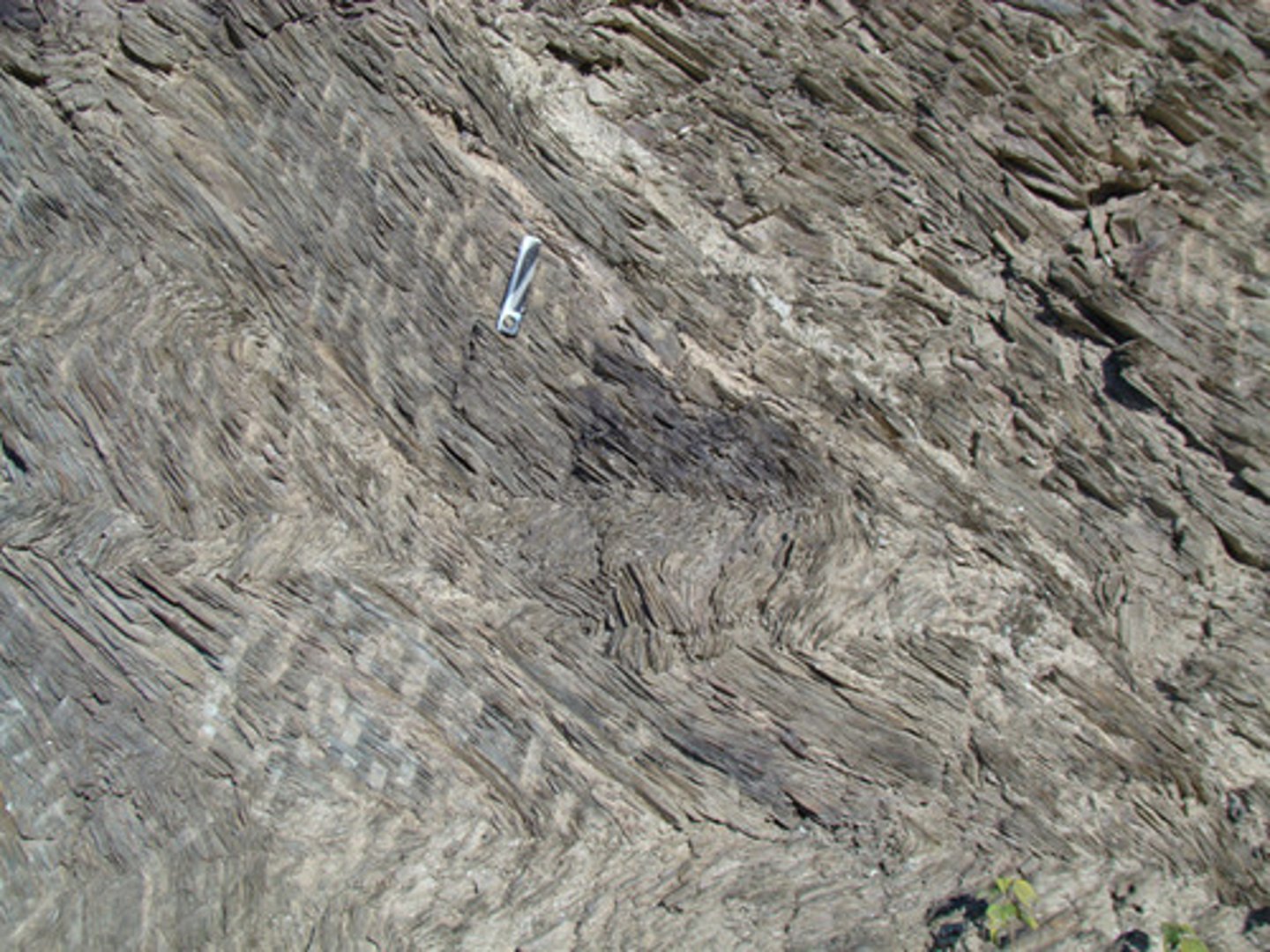
Quartzite
Composed primarily of quartz. One of hardest rocks.
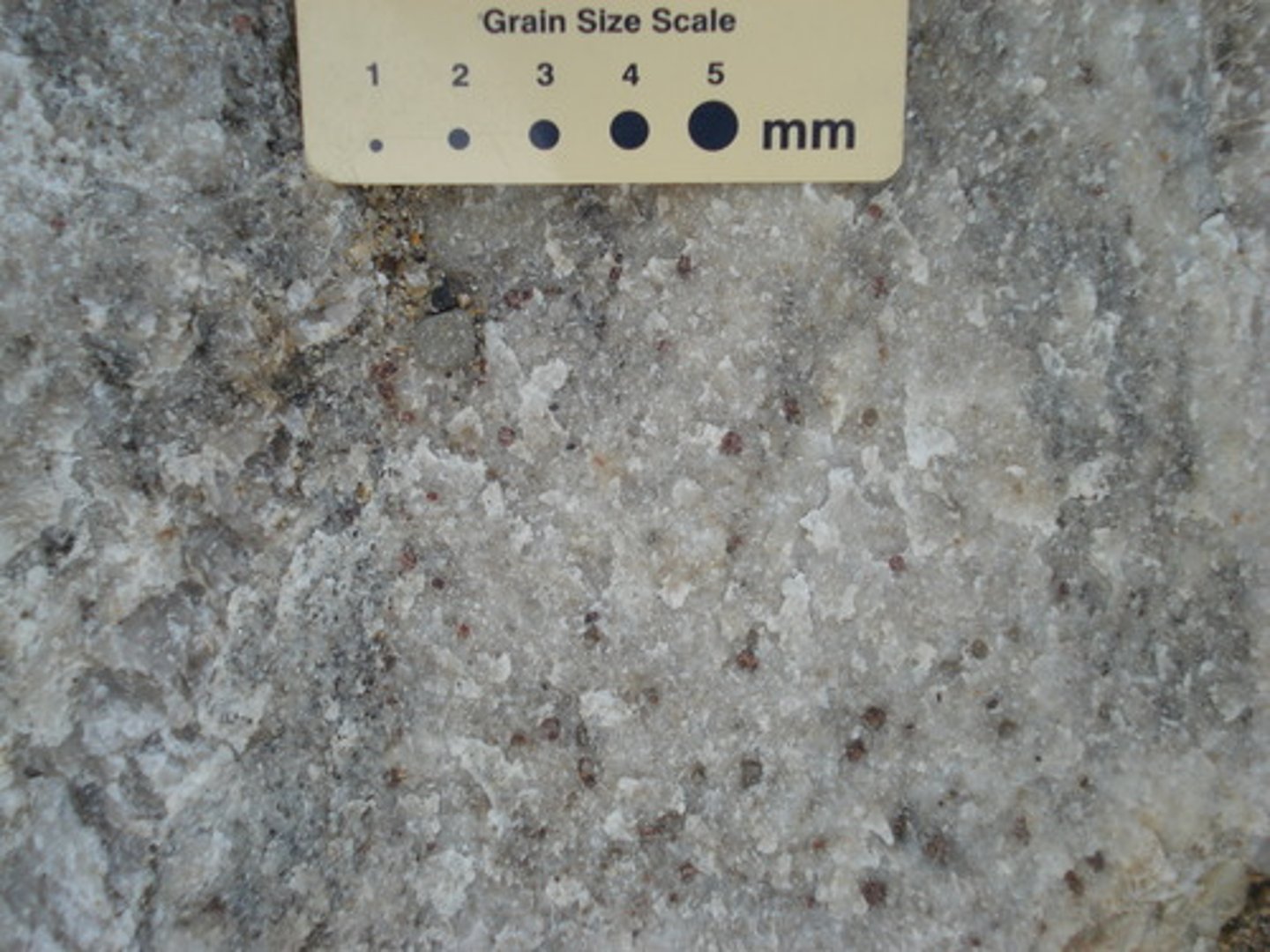
Schist [Garnet]
shimmery gold — looks like flakes or little fish scales. Contains little garnets.
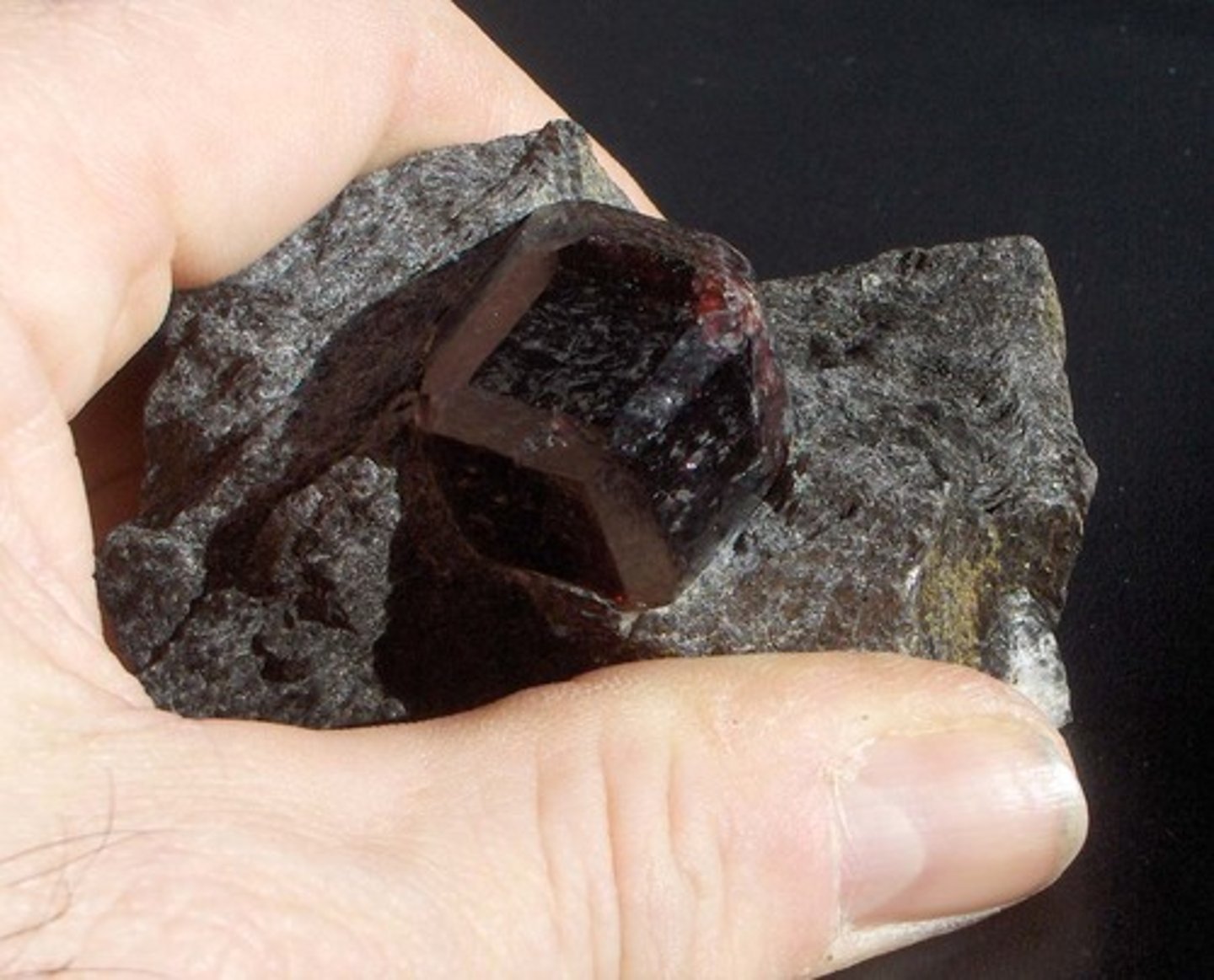
Schist [Mica]
Mica appears in sheets or patches.
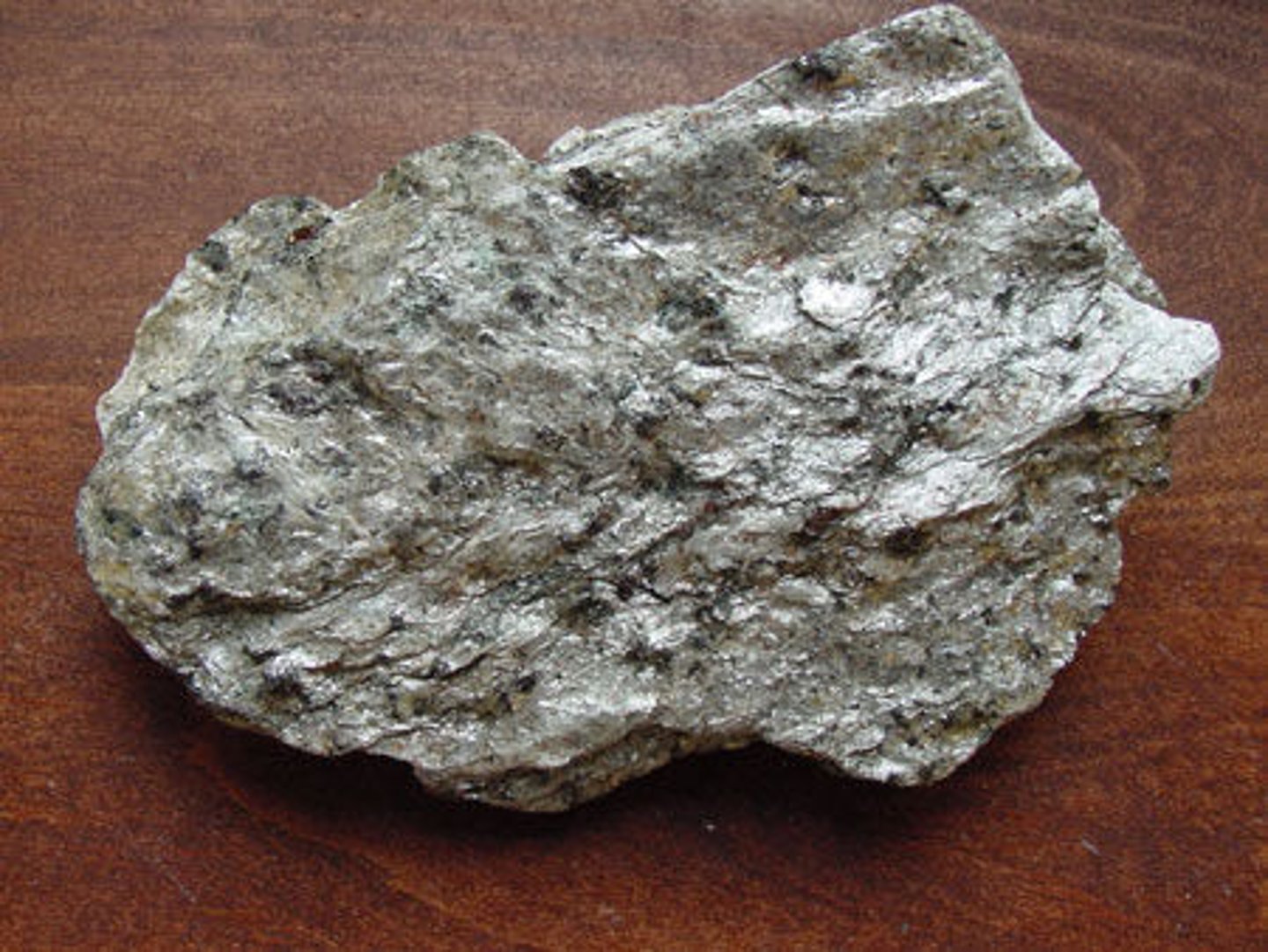
Slate
Fine-grained, dark gray. Sheets.
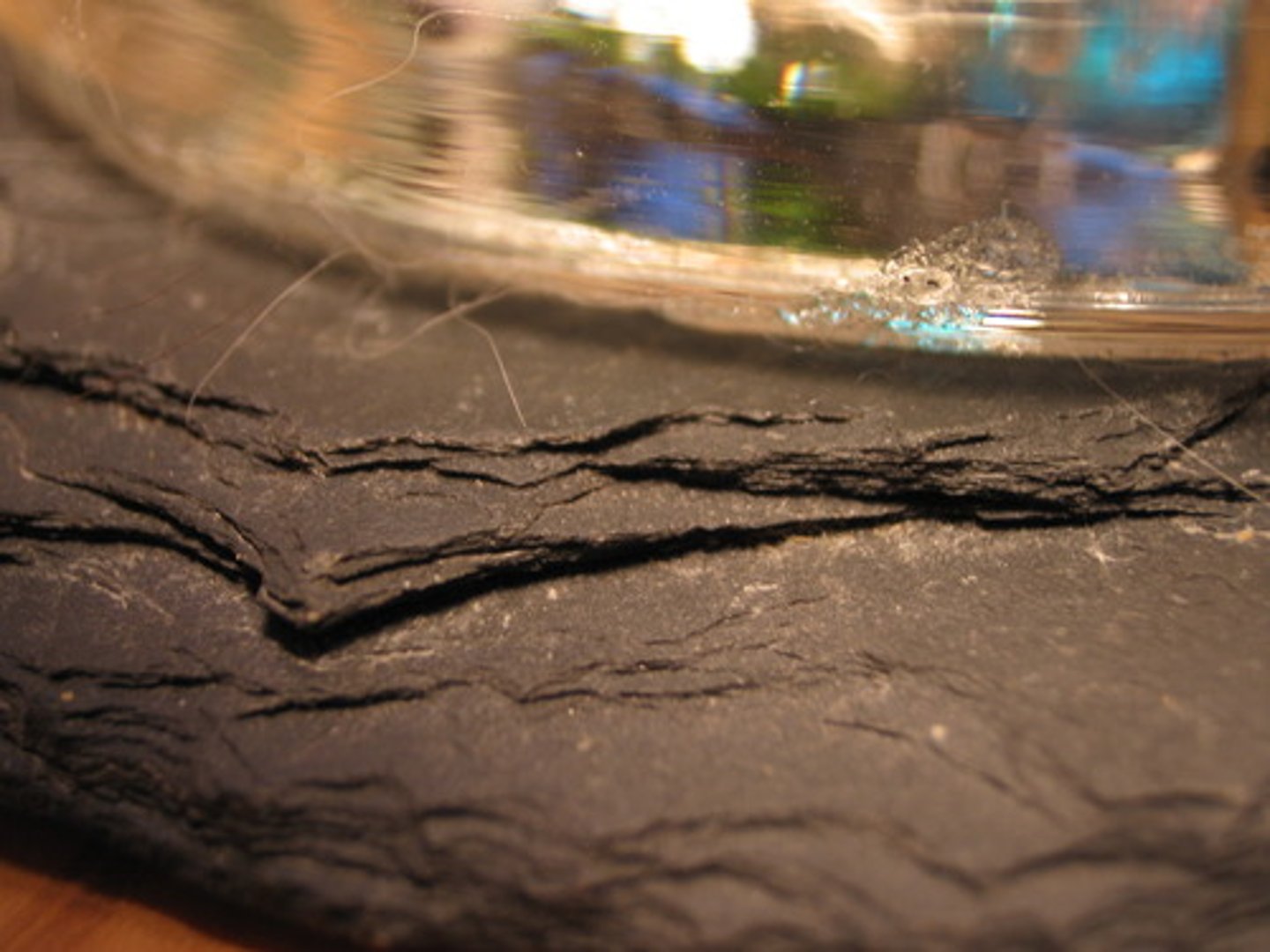
Andesite
Fine-grained. Usually gray, brown, or greenish.
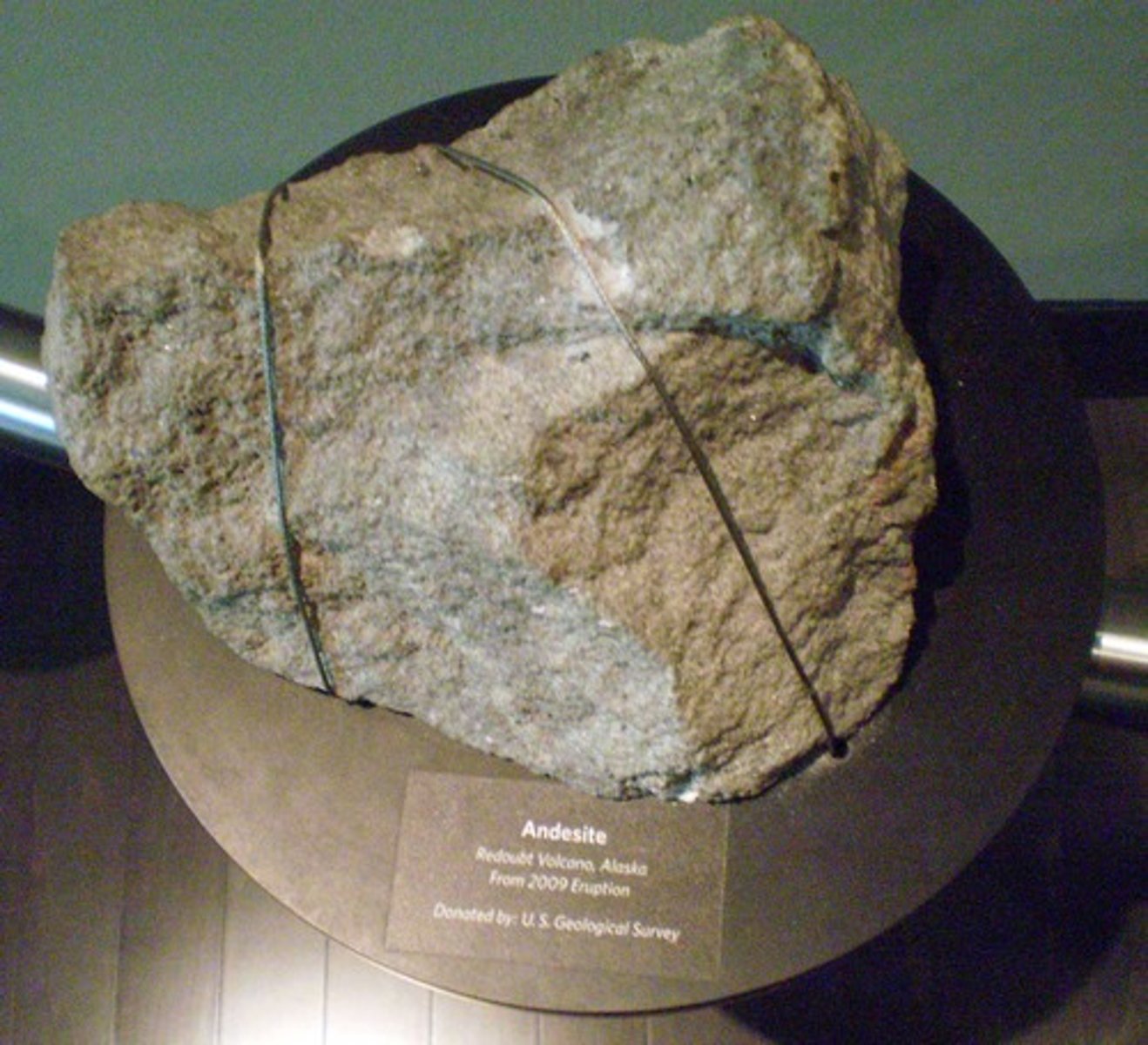
Basalt
Dark-colored, fine-grained. Often pitted with gas bubble holes.
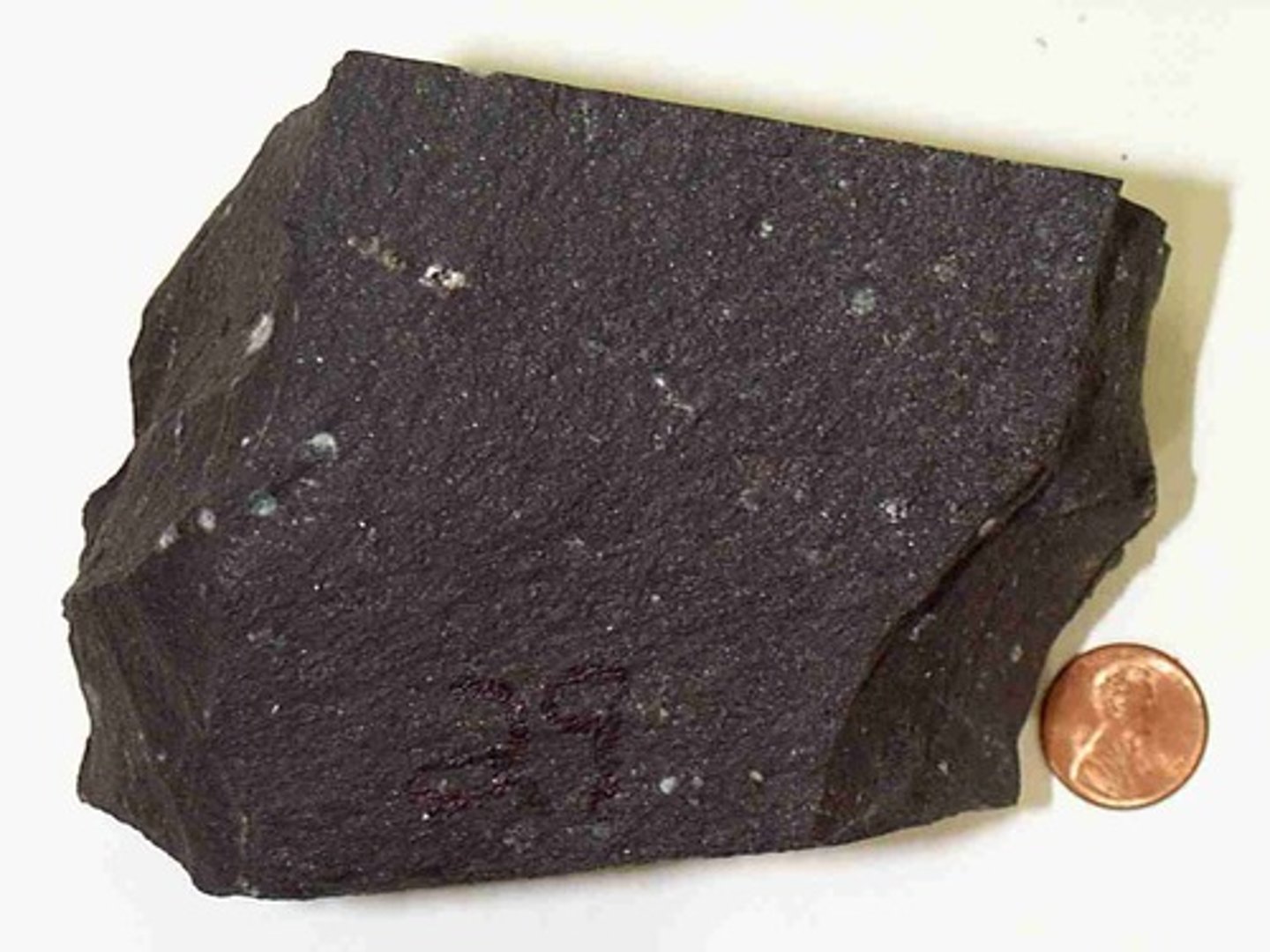
Diorite
Coarse grained.
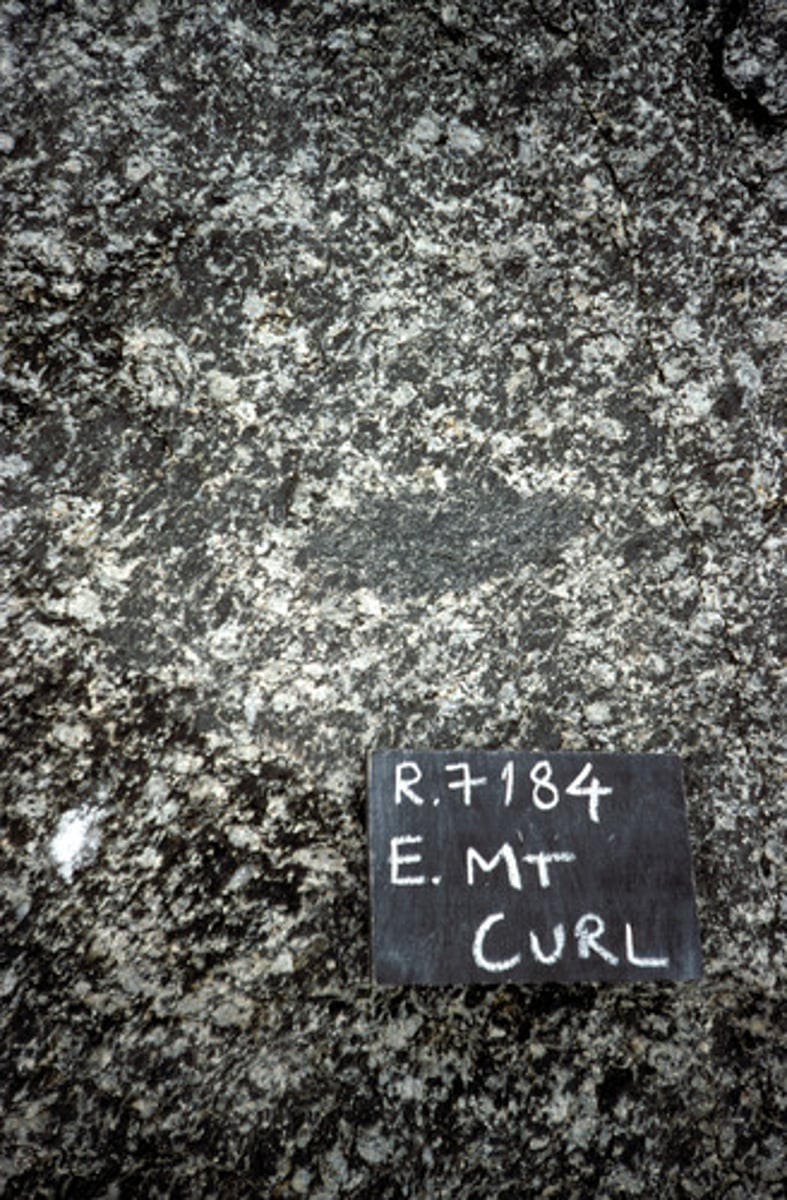
Gabbro
Coarse-grained, dark-colored. Usually black or dark green in color and composed mainly of the minerals plagioclase and augite. Most abundant rock in the deep oceanic crust.
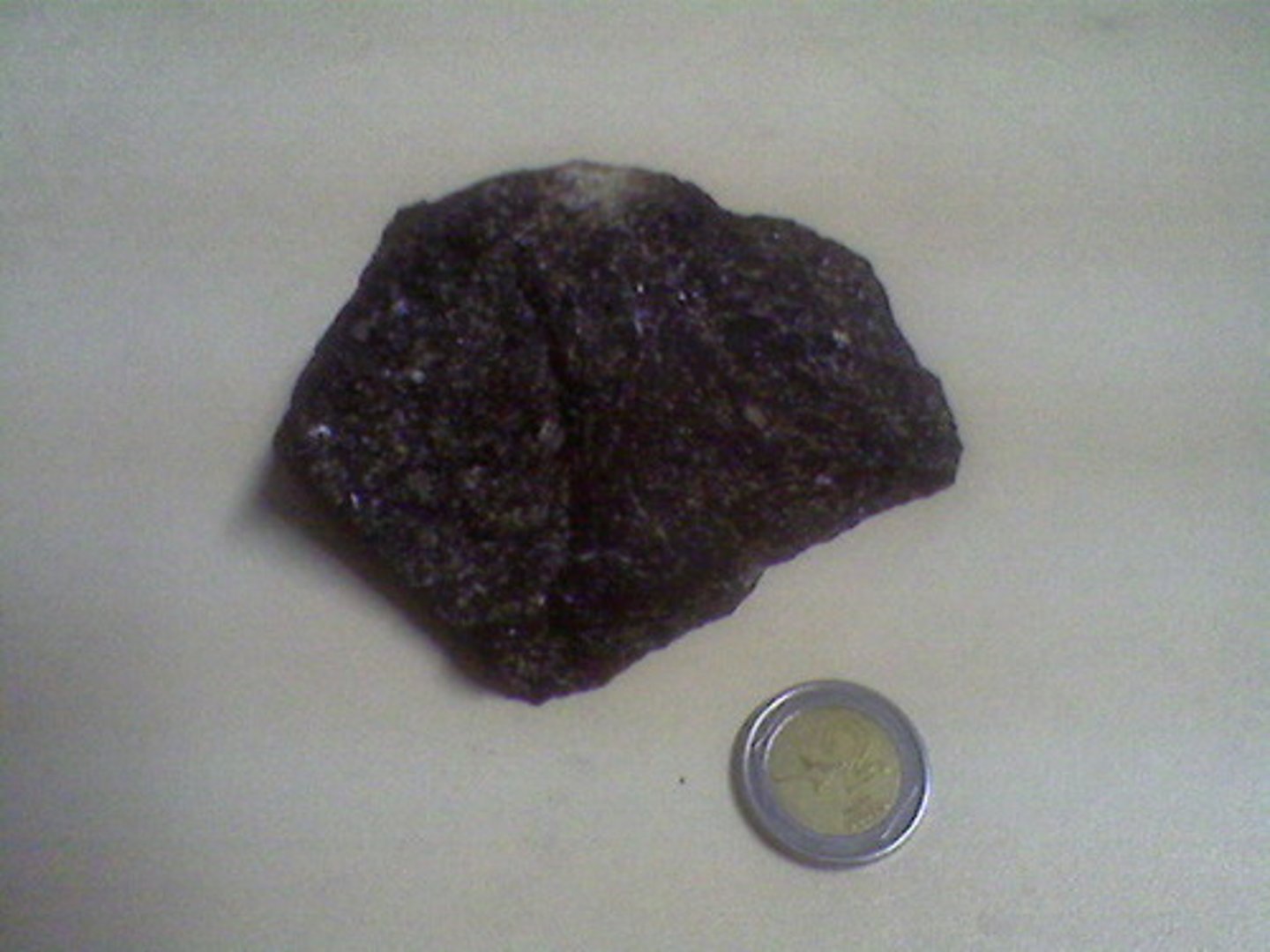
Granite
Light-colored with grains large enough to be visible with the unaided eye. Usually a red, pink, gray or white color with dark mineral grains visible throughout.
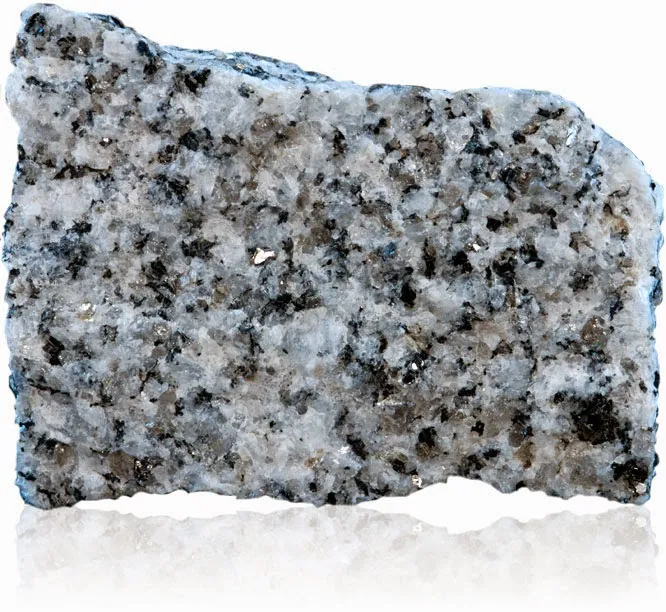
Obsidian
Volcanic glass with a smooth uniform texture that breaks with a conchoidal fracture. BLACK.
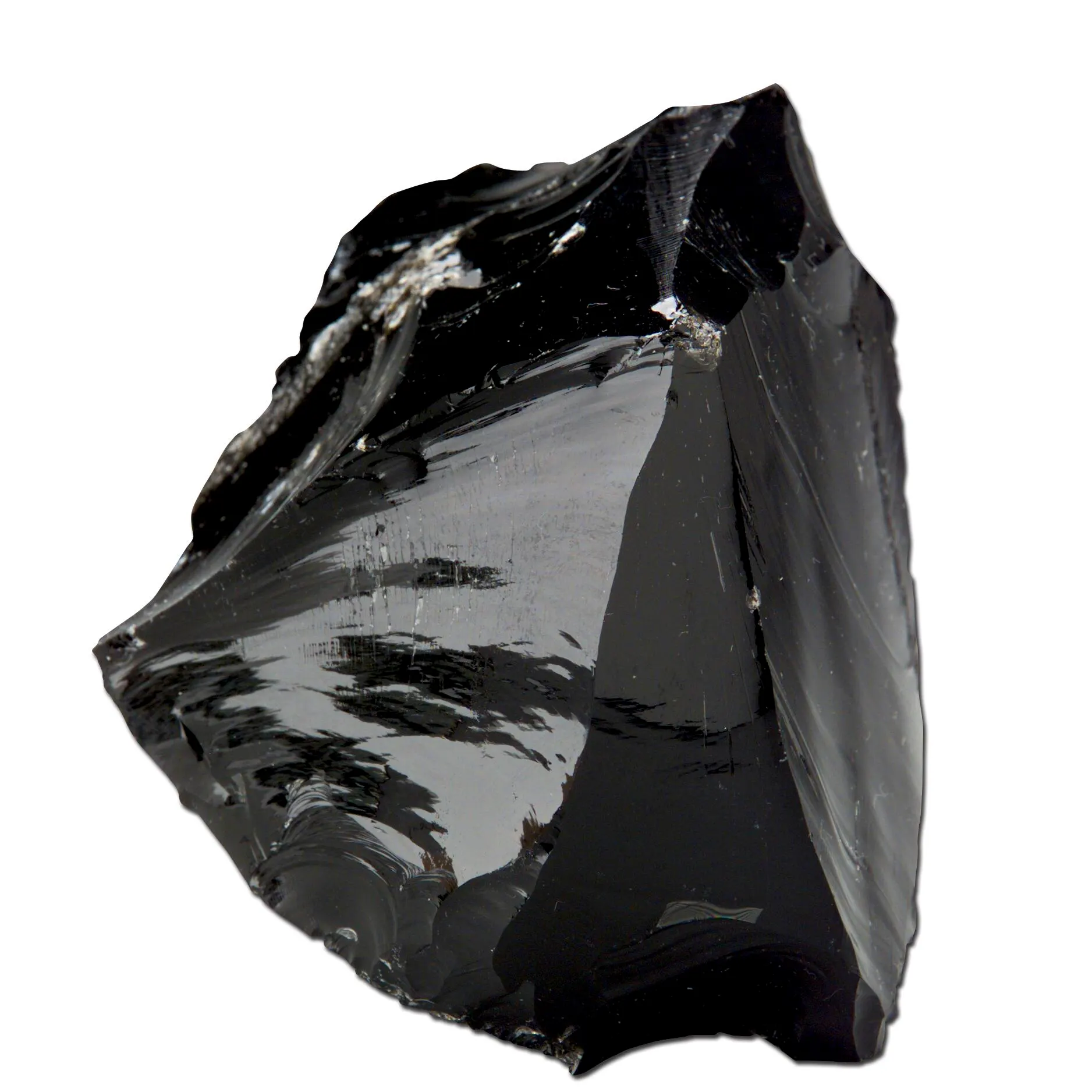
Pegmatite
Determined by HUGE grain size.
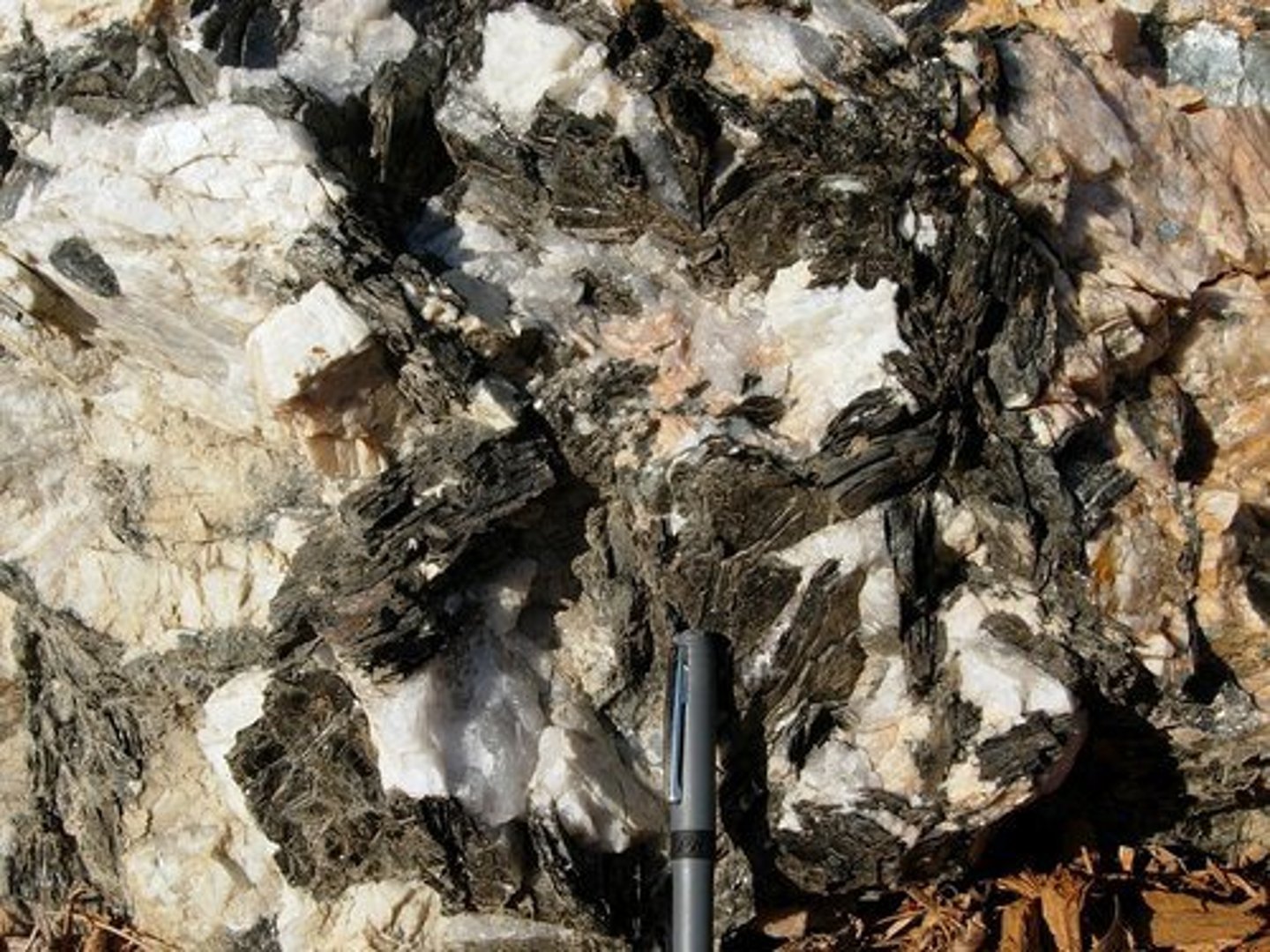
Pumice
Light-colored. Air bubbles.
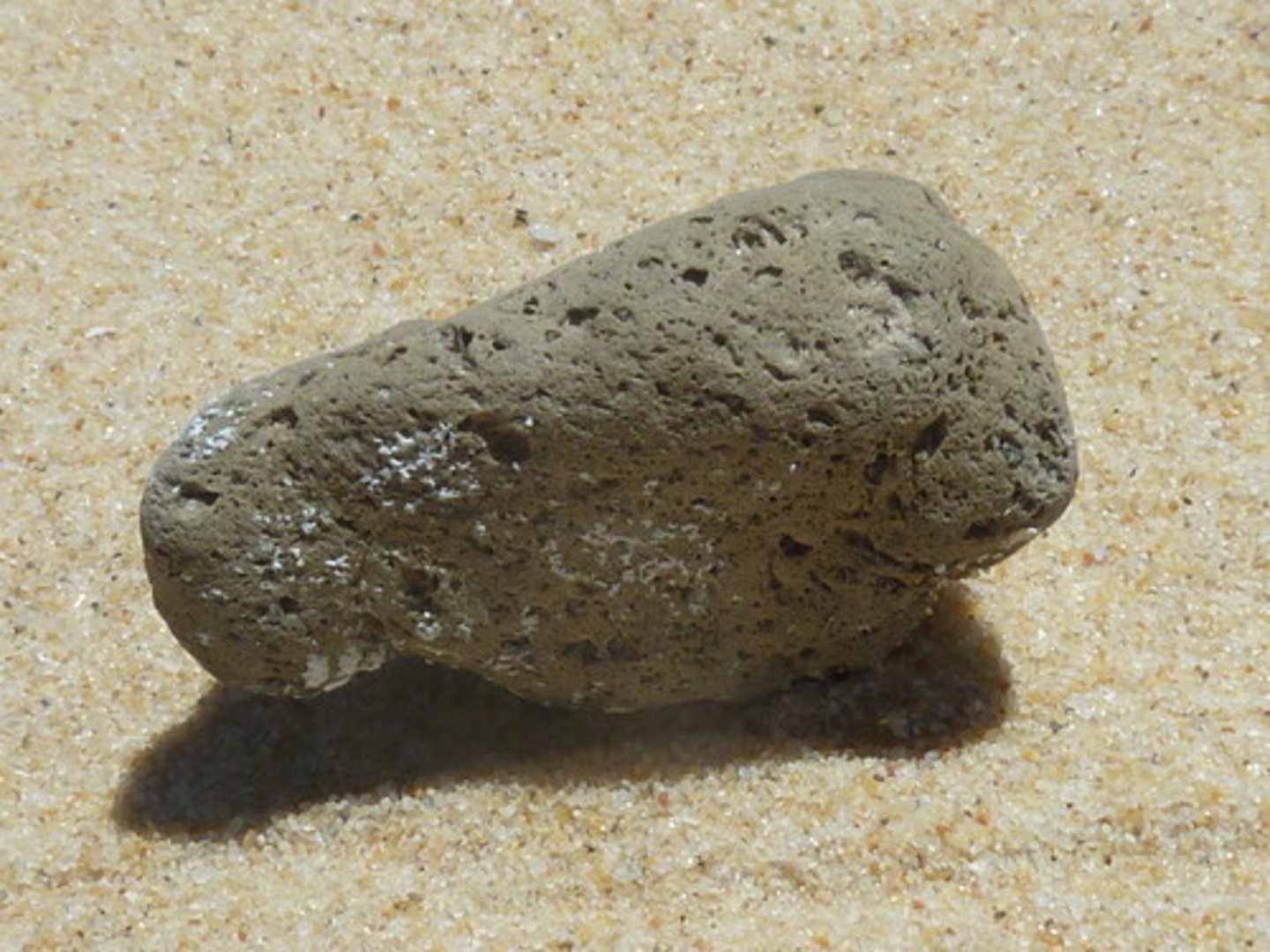
Rhyolite
a light-colored, fine-grained, with bits of other minerals throughout.
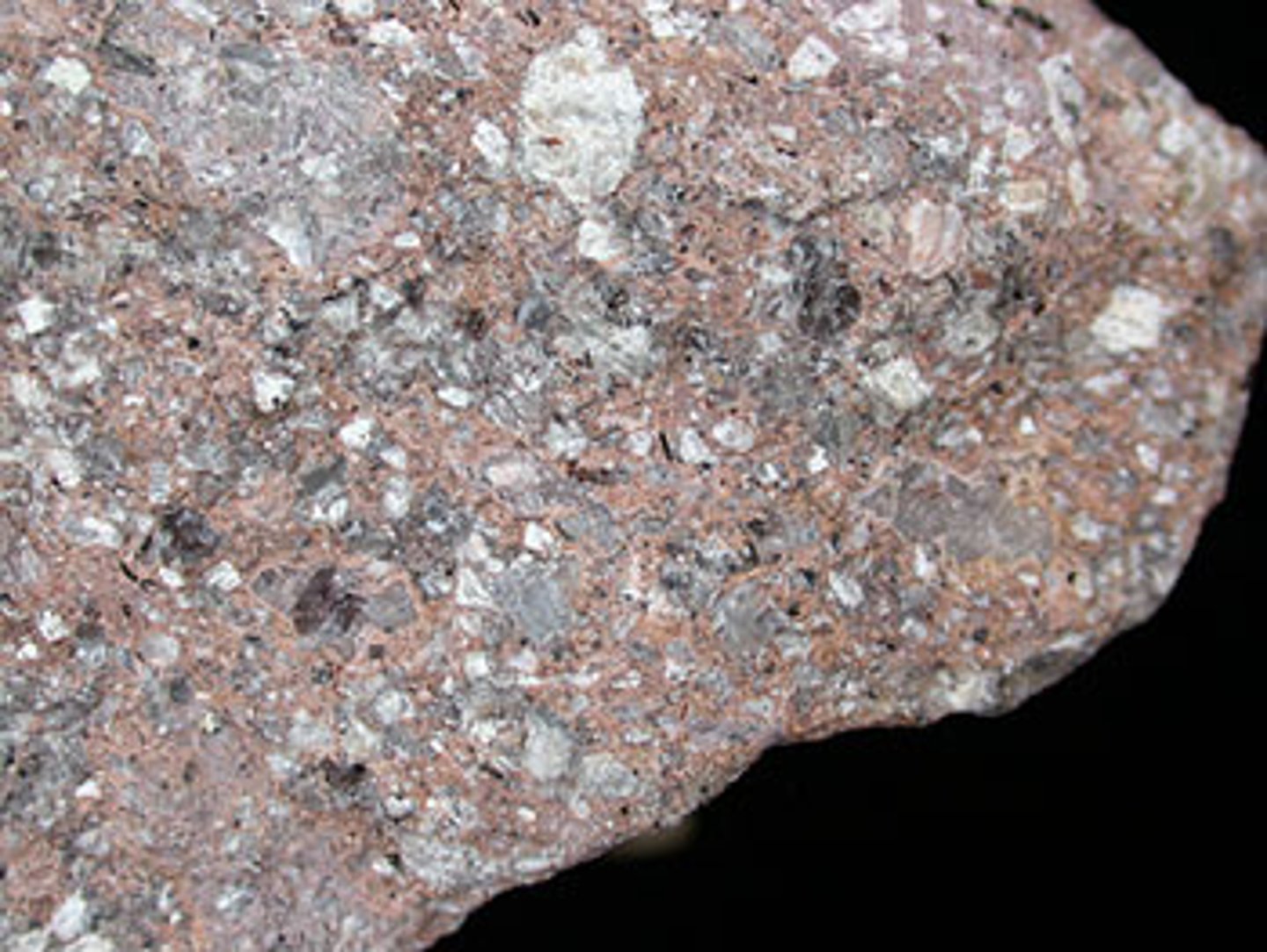
Scoria
Dark-colored. Air bubbles. Light.
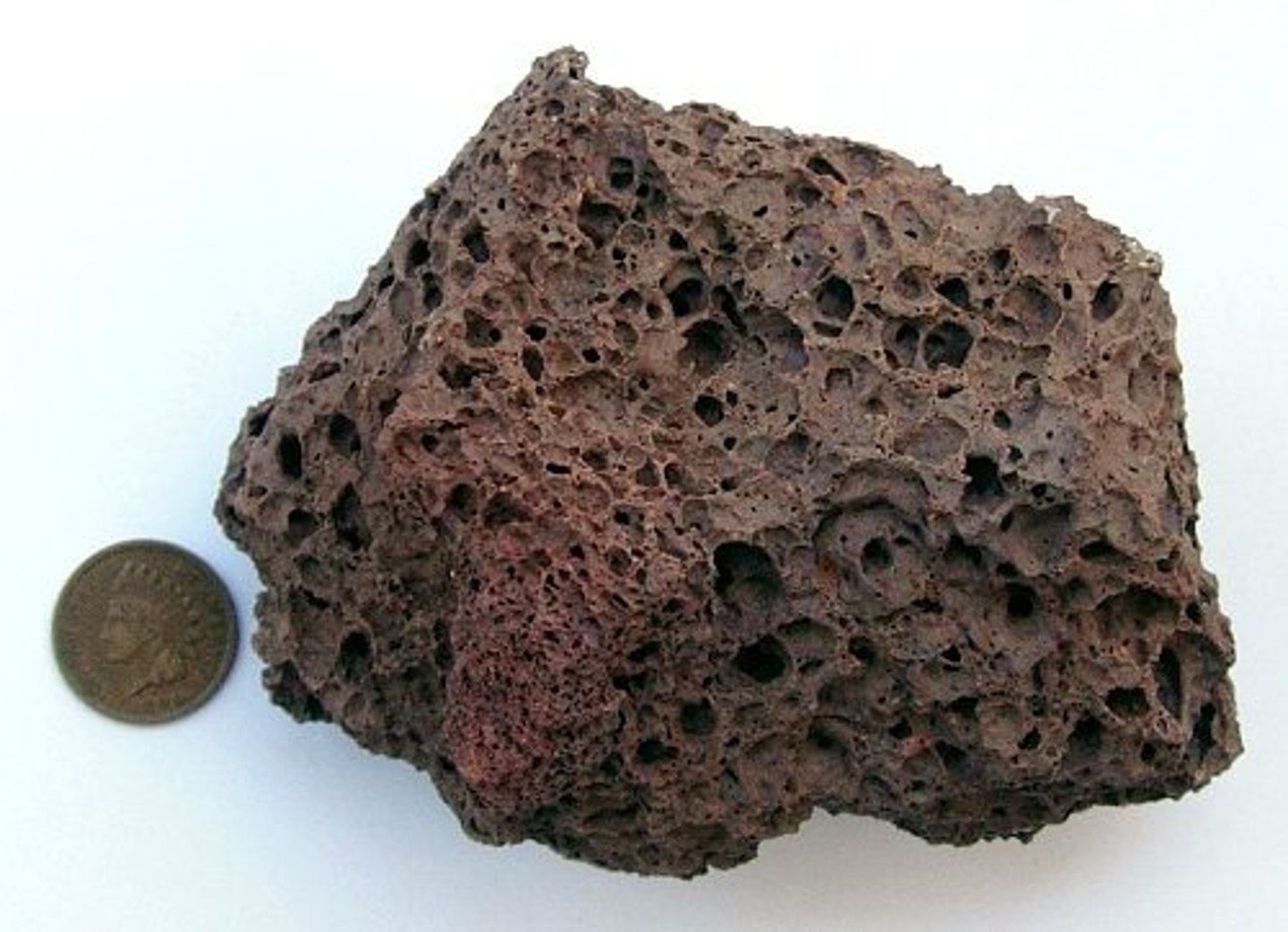
anthracite coal
-Sedimentary
-Forms from bituminous coal
-Has the highest energy content of all coals
-High Luster
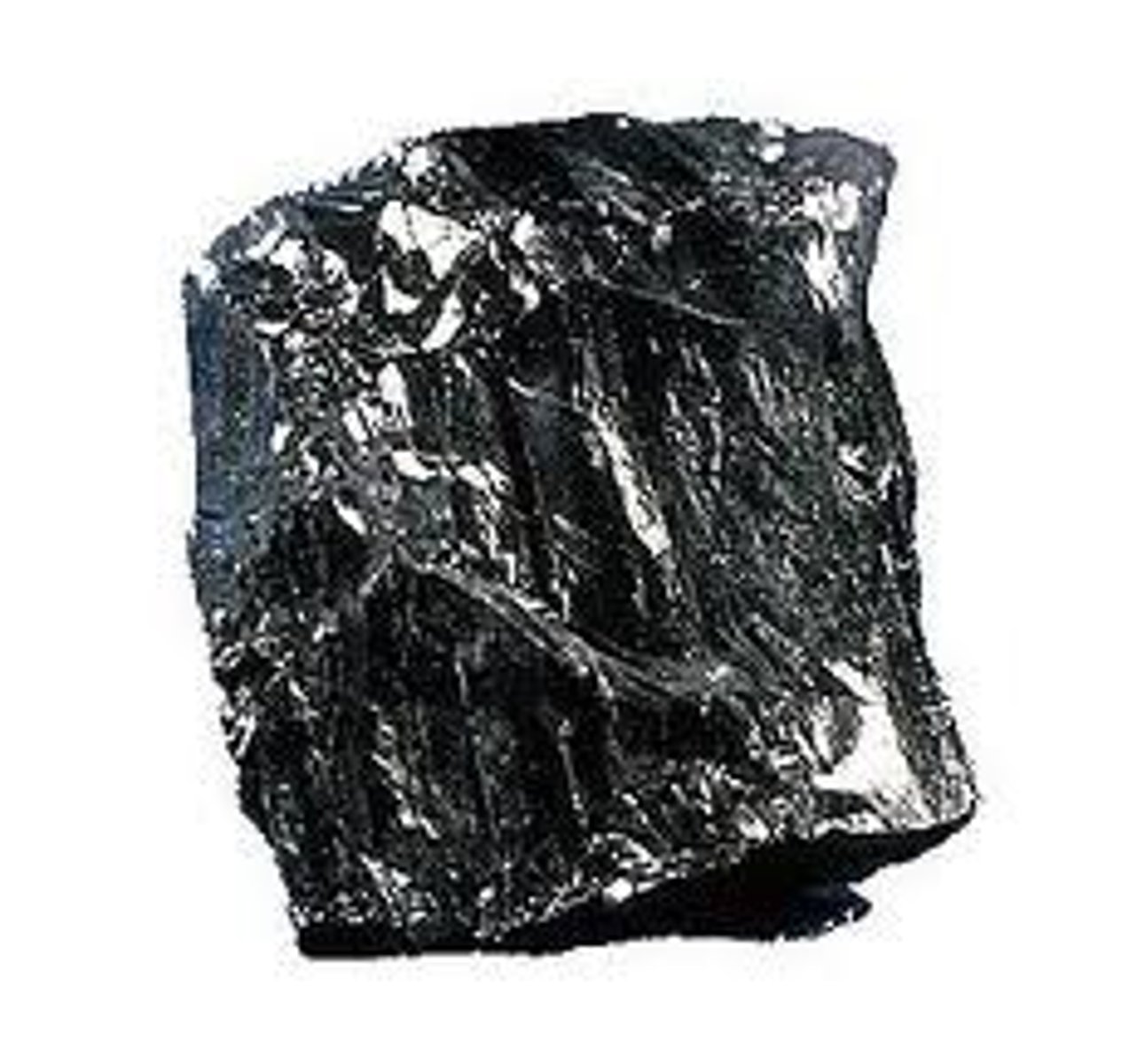
arkose
-Very coarse sandstone, mostly quartz and feldspar, -usually pink or gray.
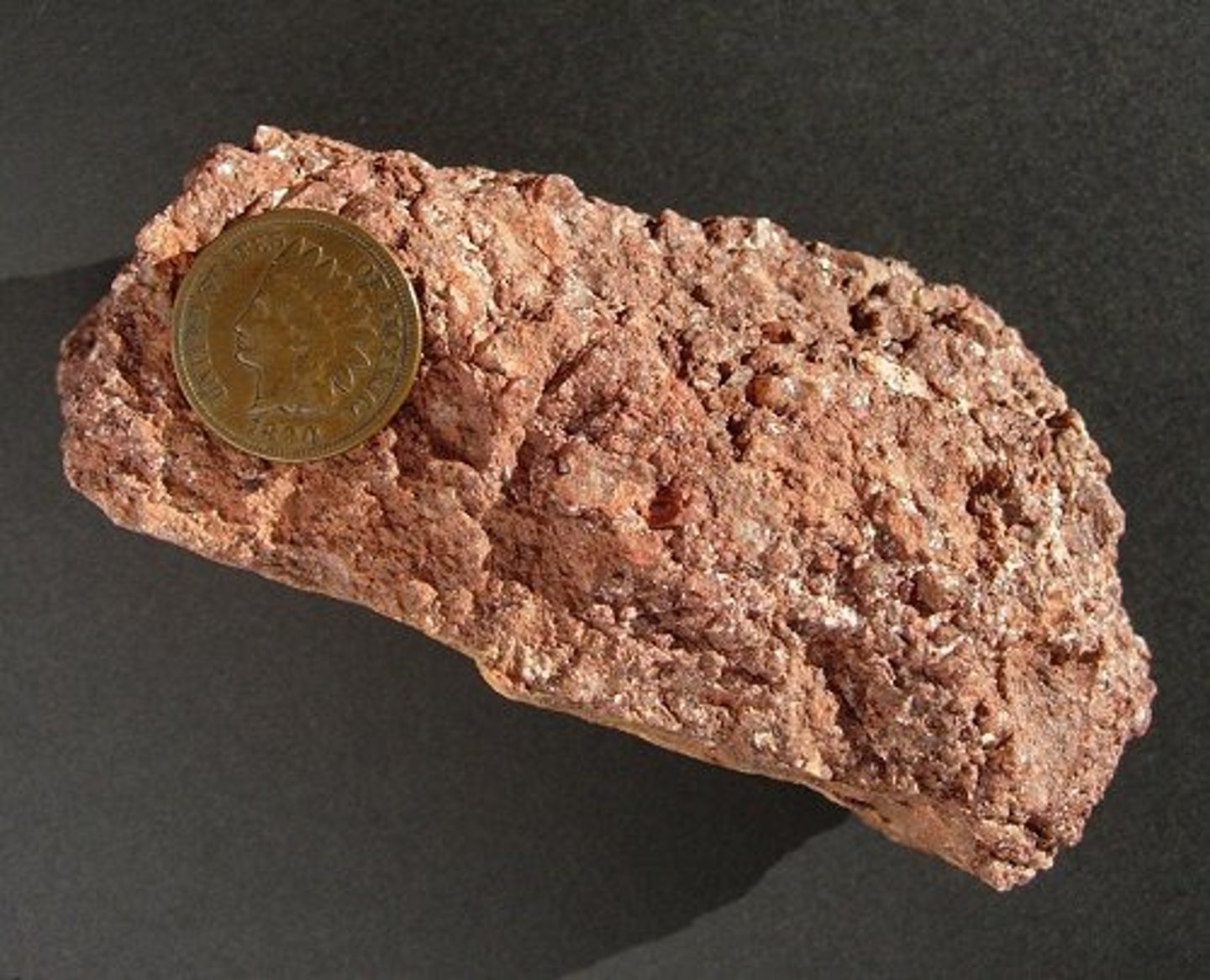
bituminous coal
-Softer Coal
-formed from lignite coal, medium/fine grain,
-alternating dull and shiny layers.
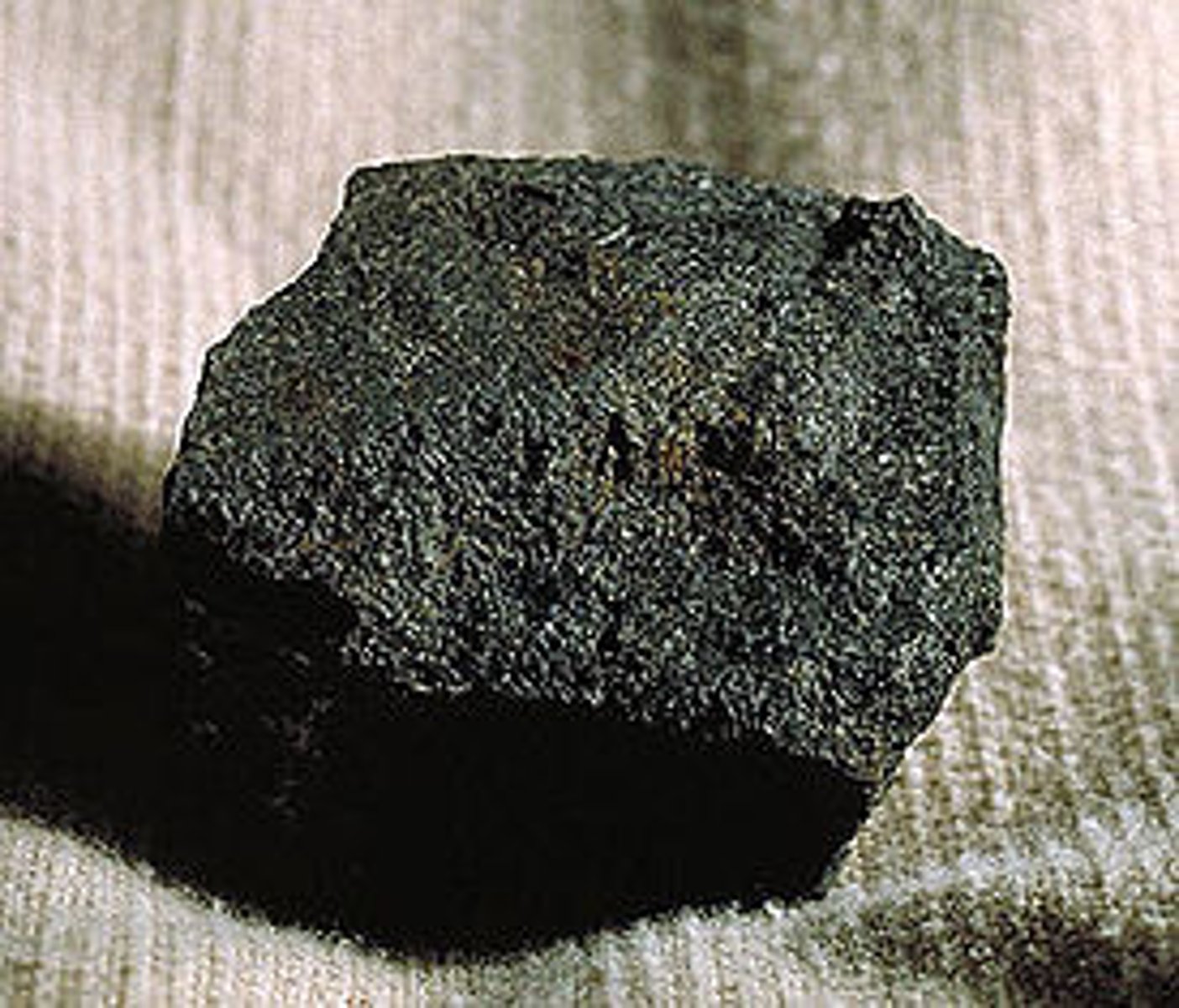
Breccia
Clastic, coarse sized grains, usually near-surface faults, angular clasts
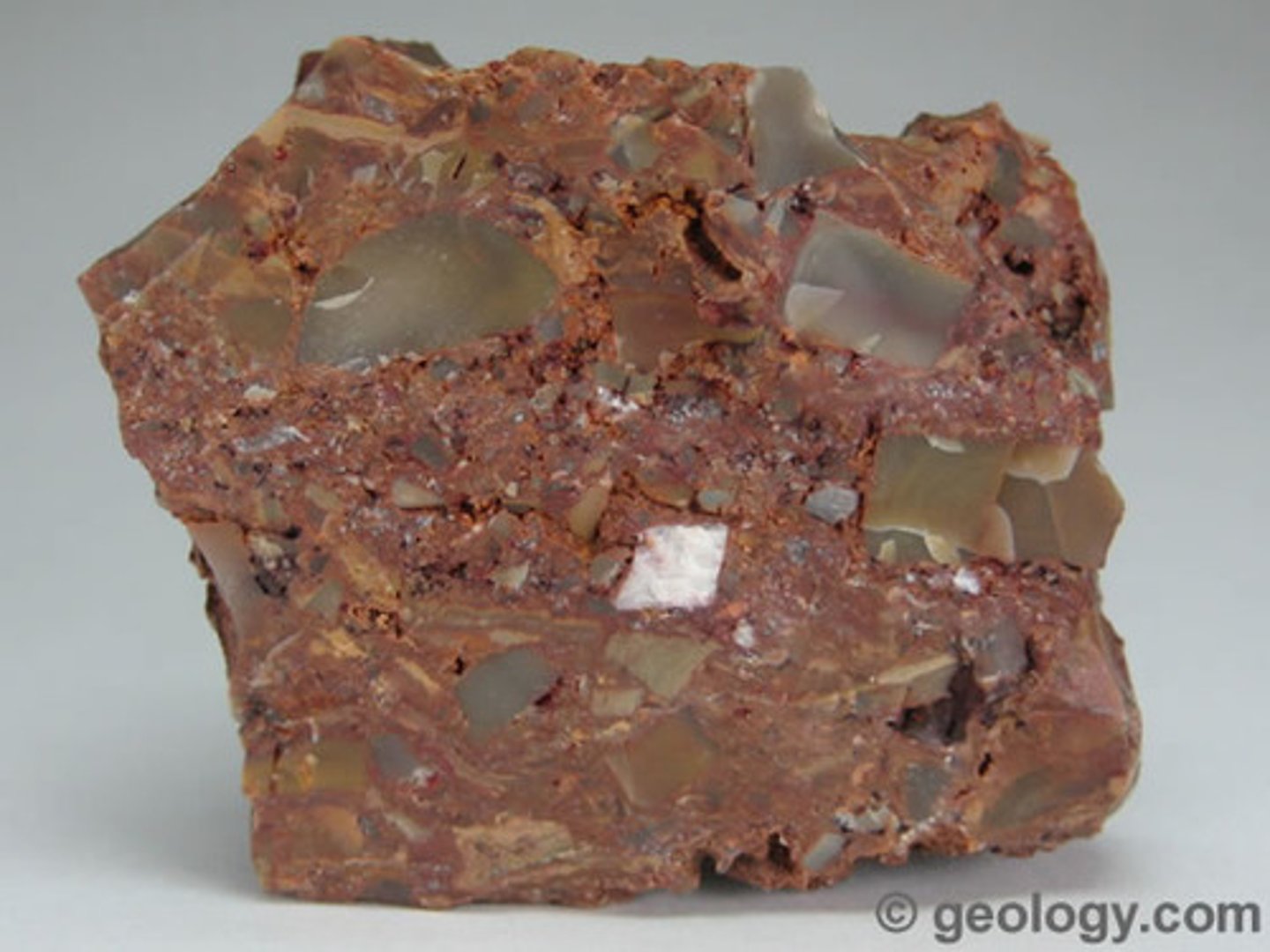
chert
Chemical Rock, Made of quartz, microscopic grain,
lighter than flint, formed from silica
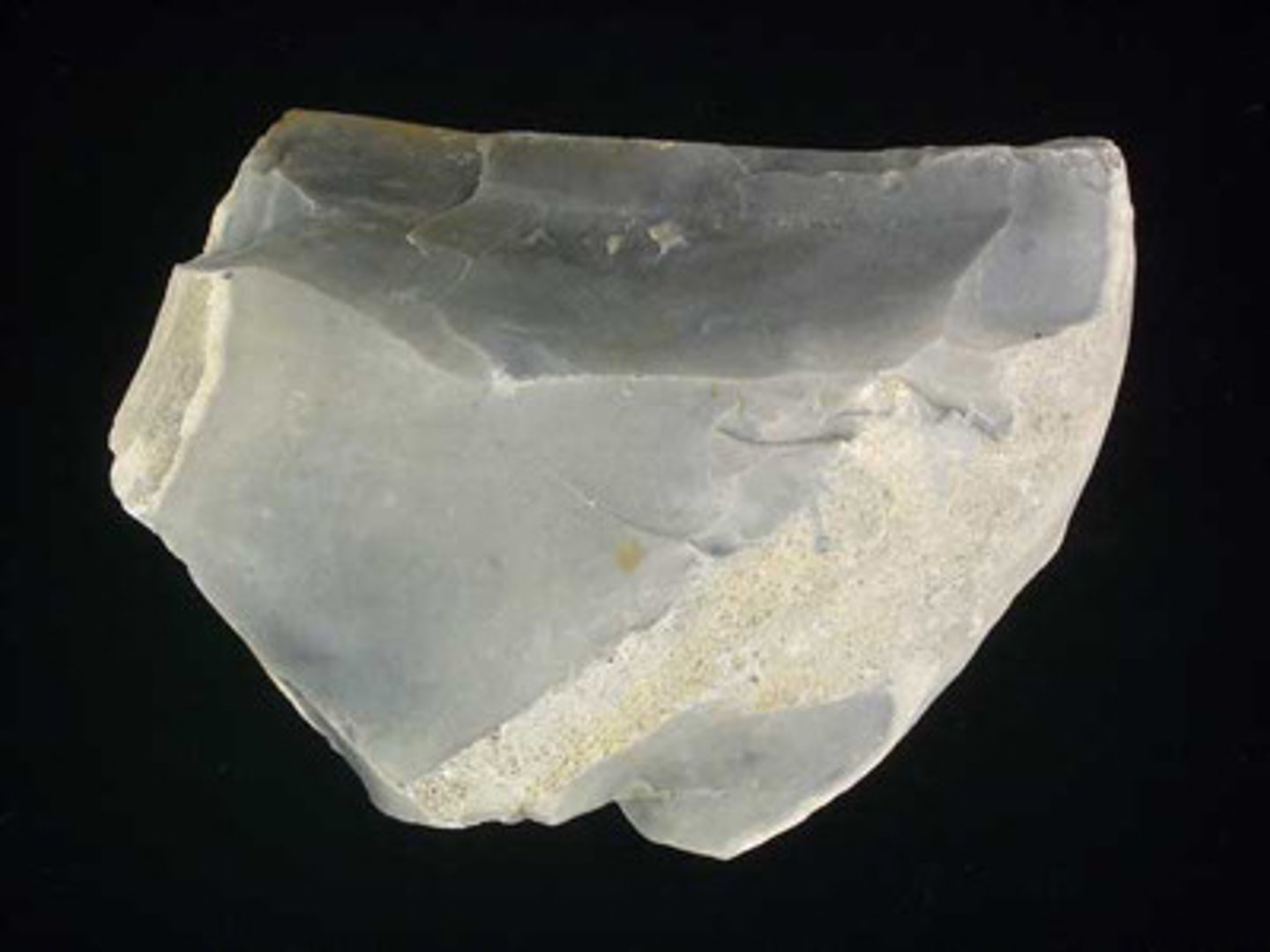
conglomerate
Clastic Rock, Very coarse grains, rounded pieces of rock, formed in rivers, beaches..
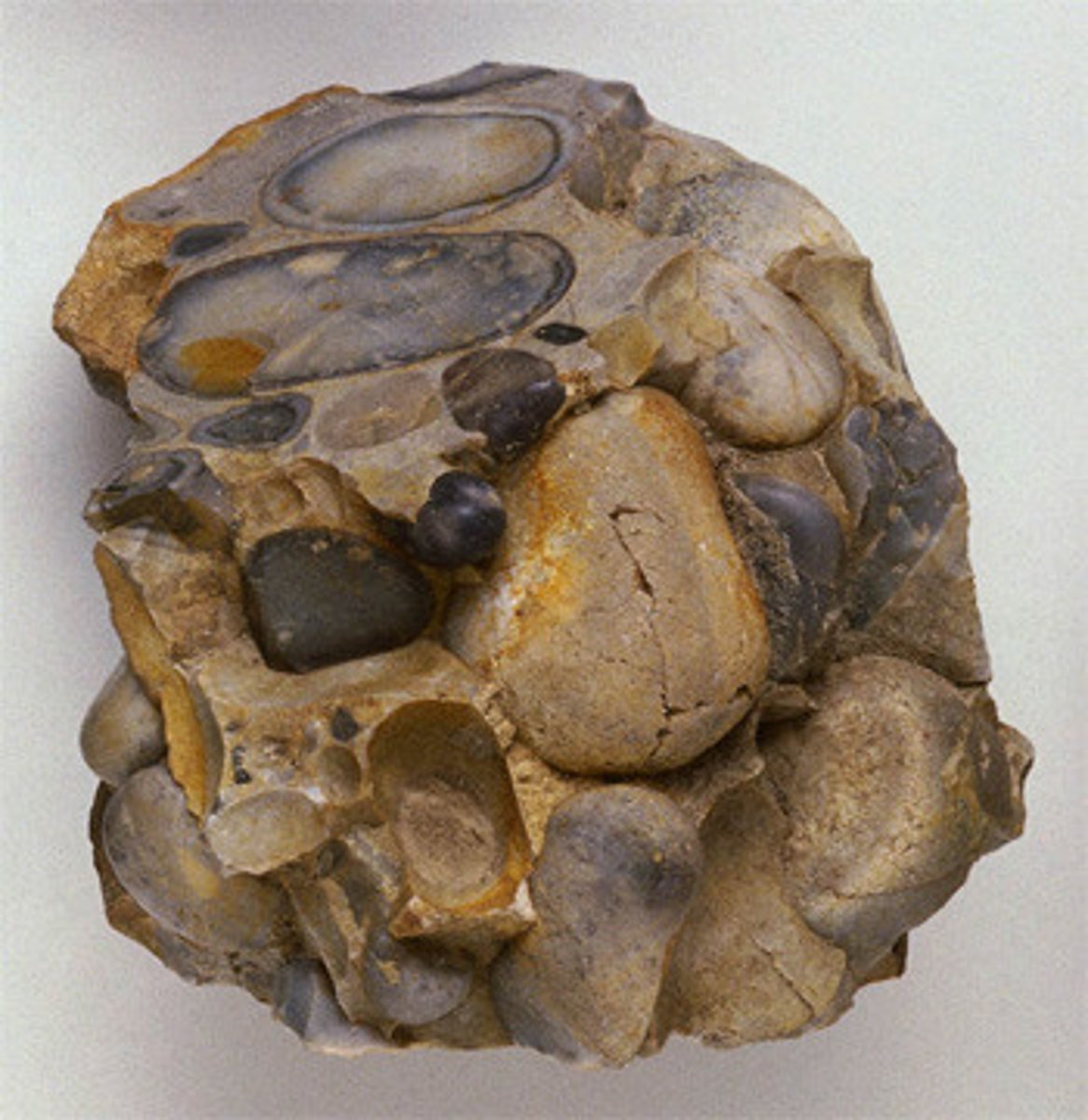
Coquina
Chemical/Biochemical Rock, visible shells, fragments loosely cemented, made of CALCITEEEE
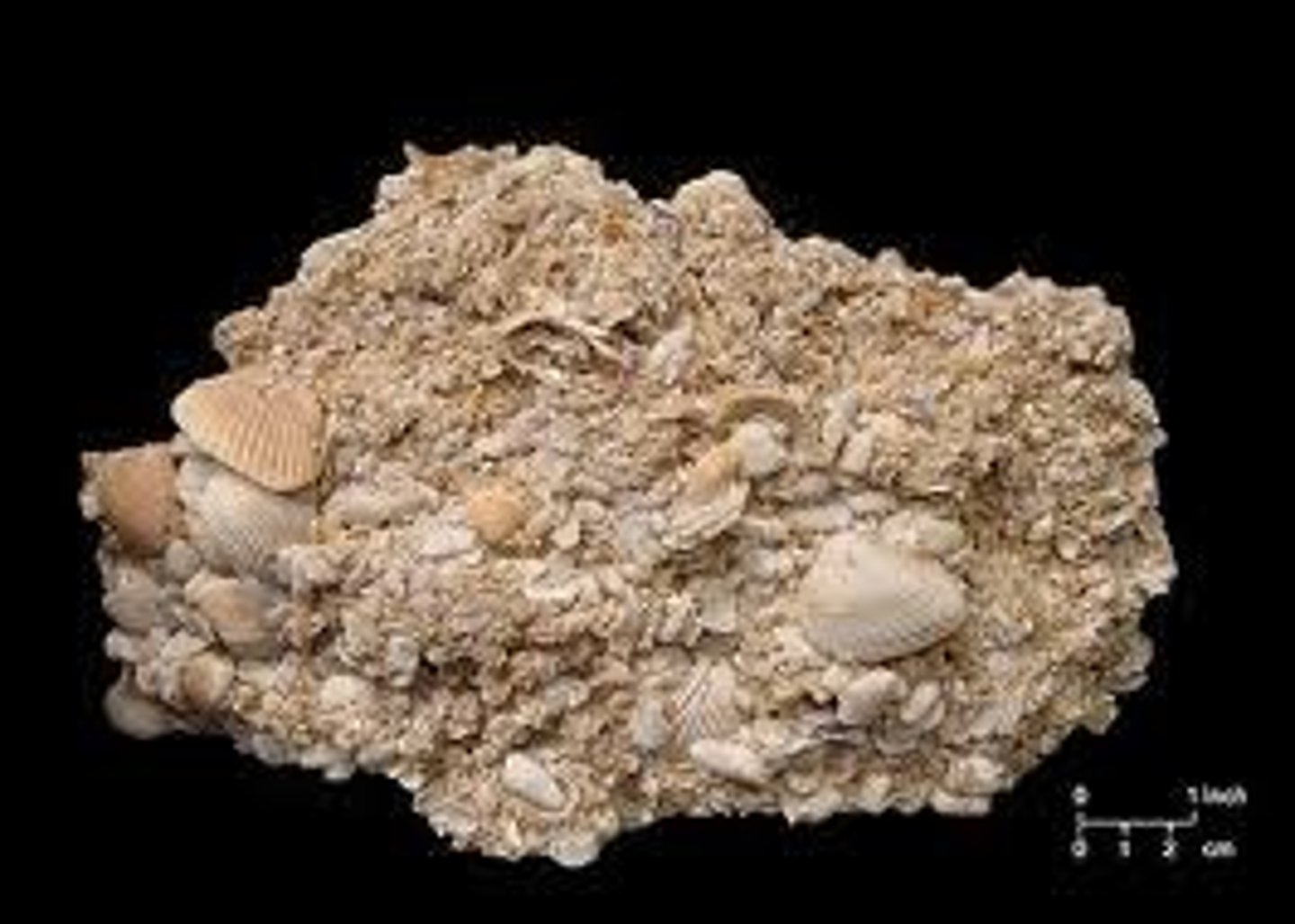
diatomite
Biochemical rock, white, no Hcl reaction, similar to chalk
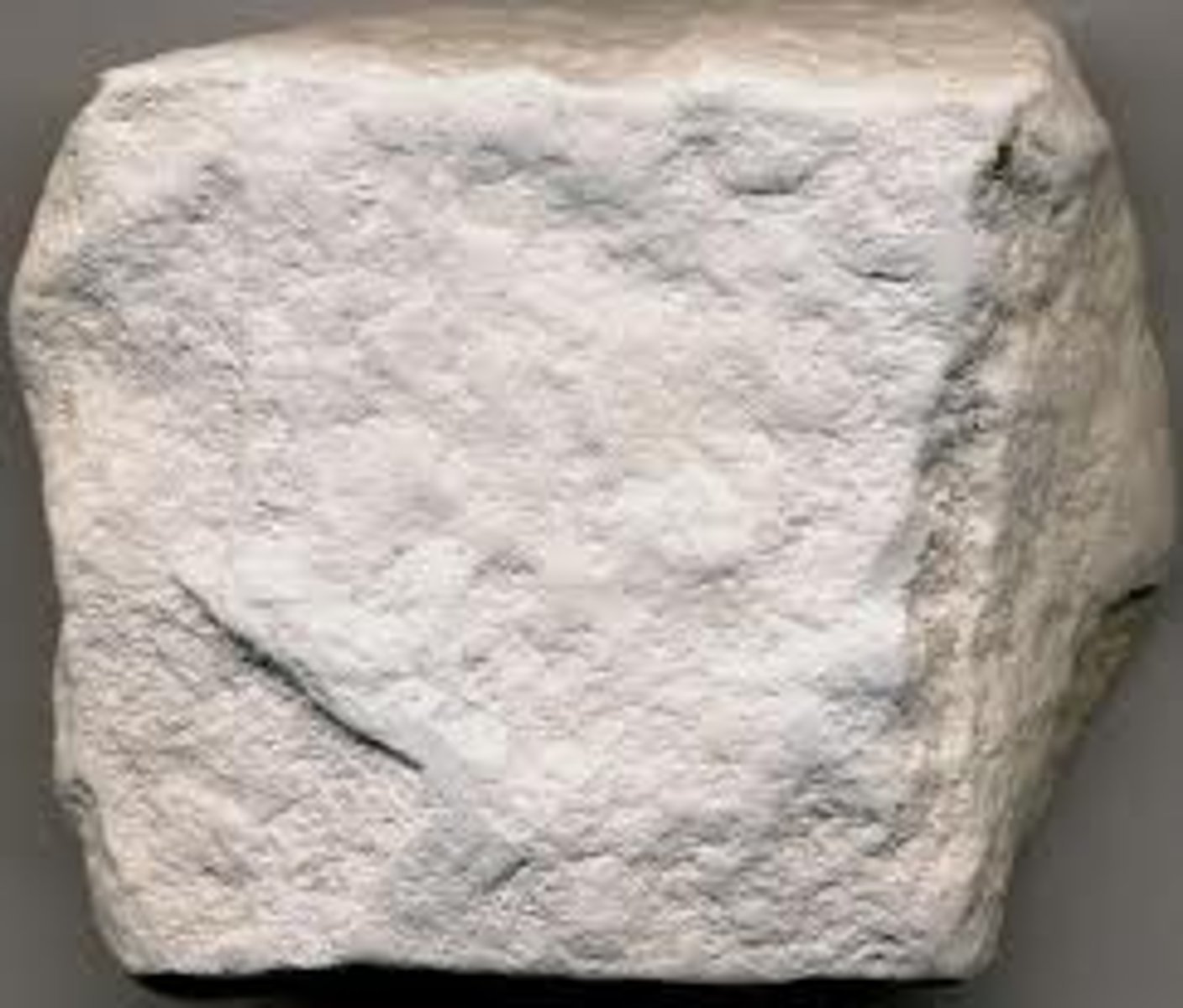
dolostone
-medium/fine grains.
-Formed in marine environments.
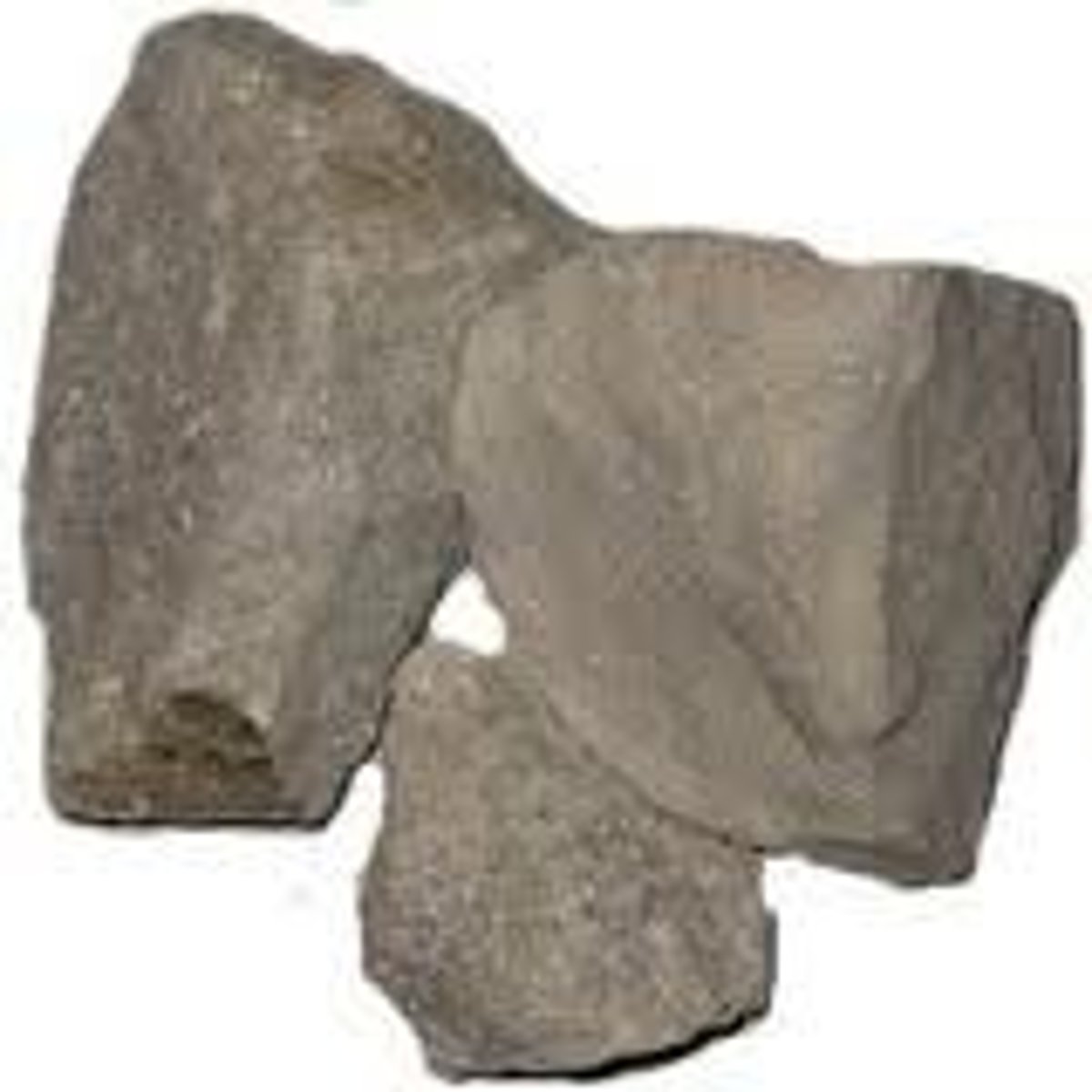
lignite coal
-Lowest rank of coal, brownish black, visible plant material, crumbly, organic rock.
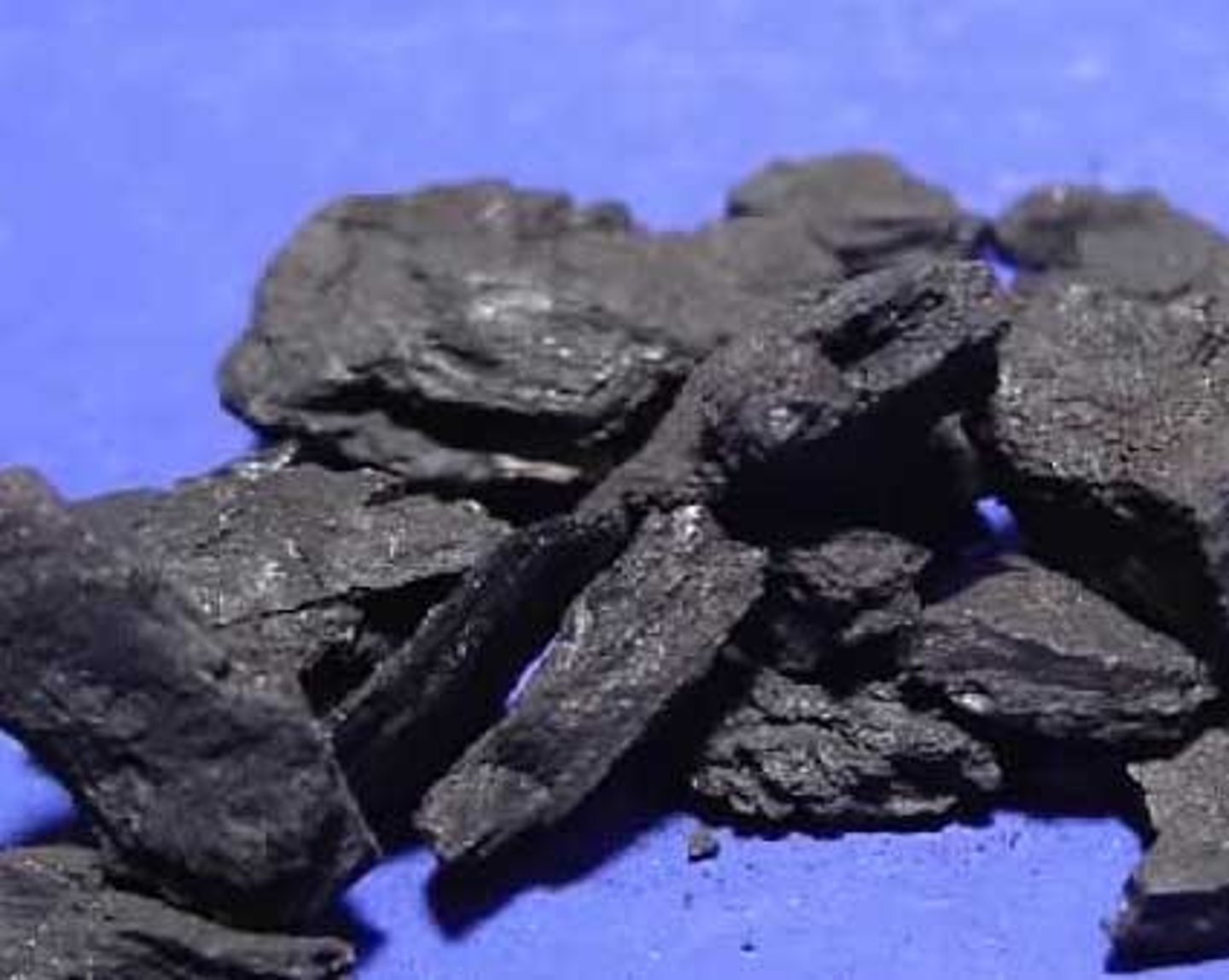
(Limestone) Crystalline
a sedimentary rock consisting of more than 50% calcium carbonate (calcite - CaCO3), chemical rock, fine-coarse grained.
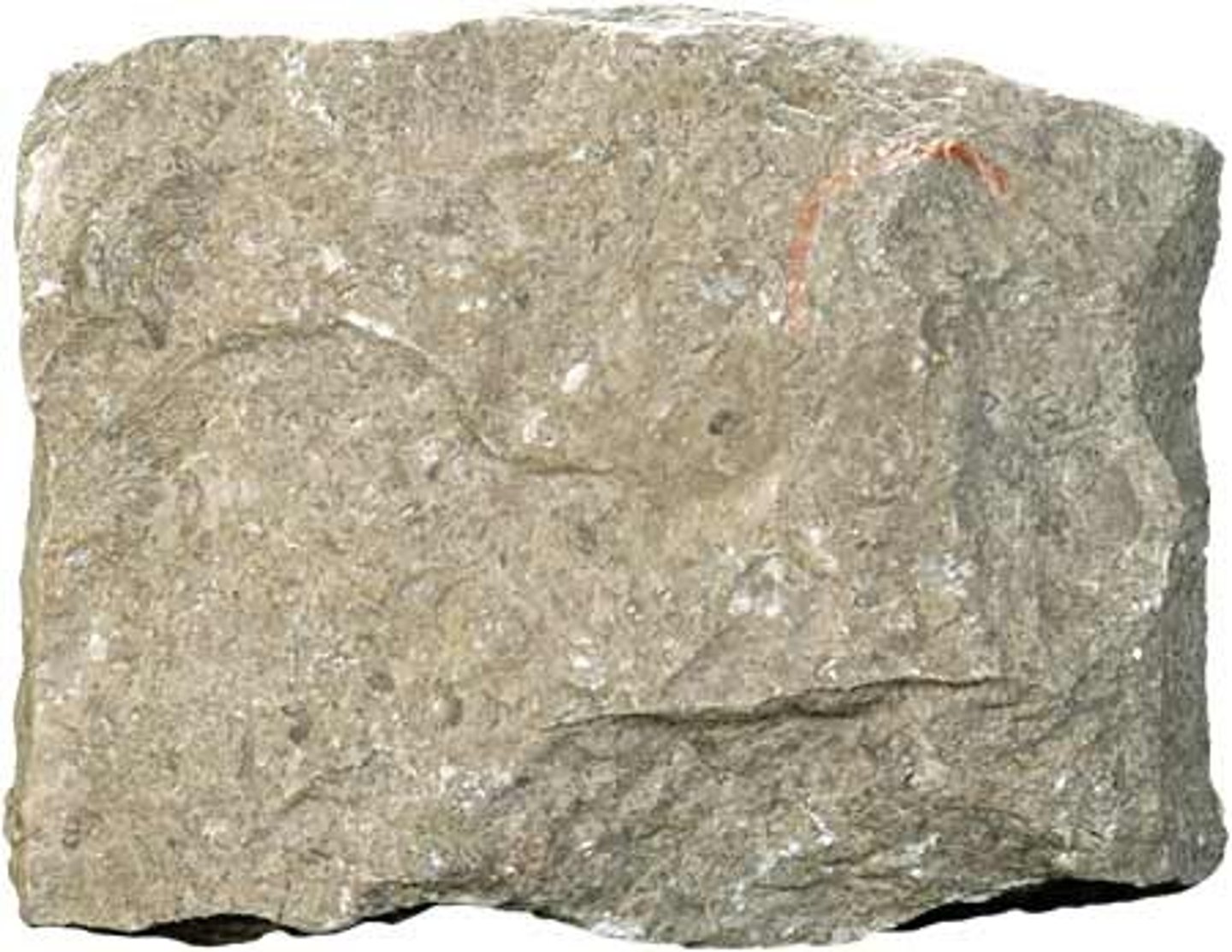
(limestone) fossiliferous
Formed by the accumulation and consolidation of macroscopic calcite fossils, made of calcite, Medium to coarse-grained, warm, shallow, marine environment, White/gray/pink.
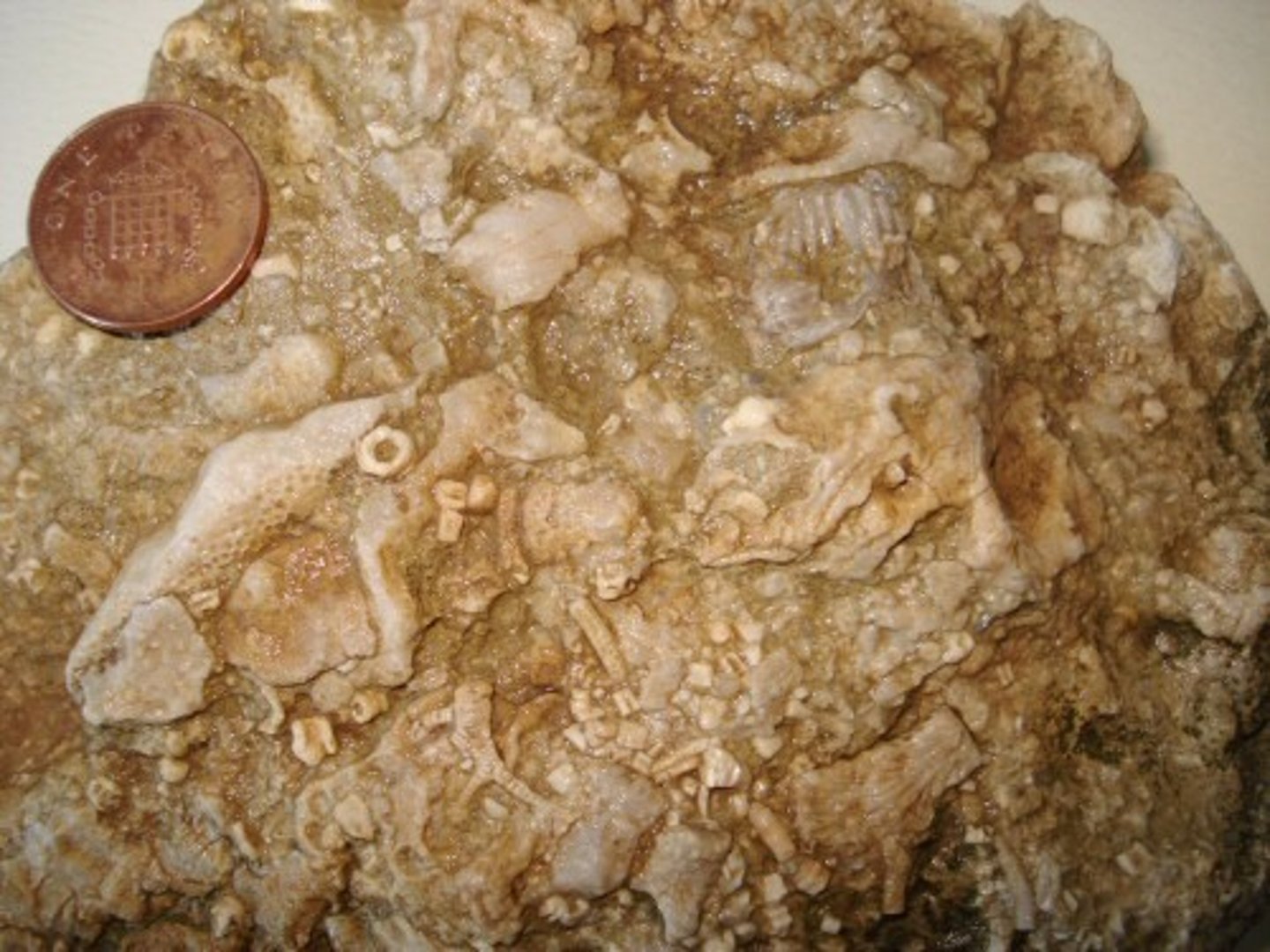
(limestone) oolitic
-medium grain size, usually light colored.
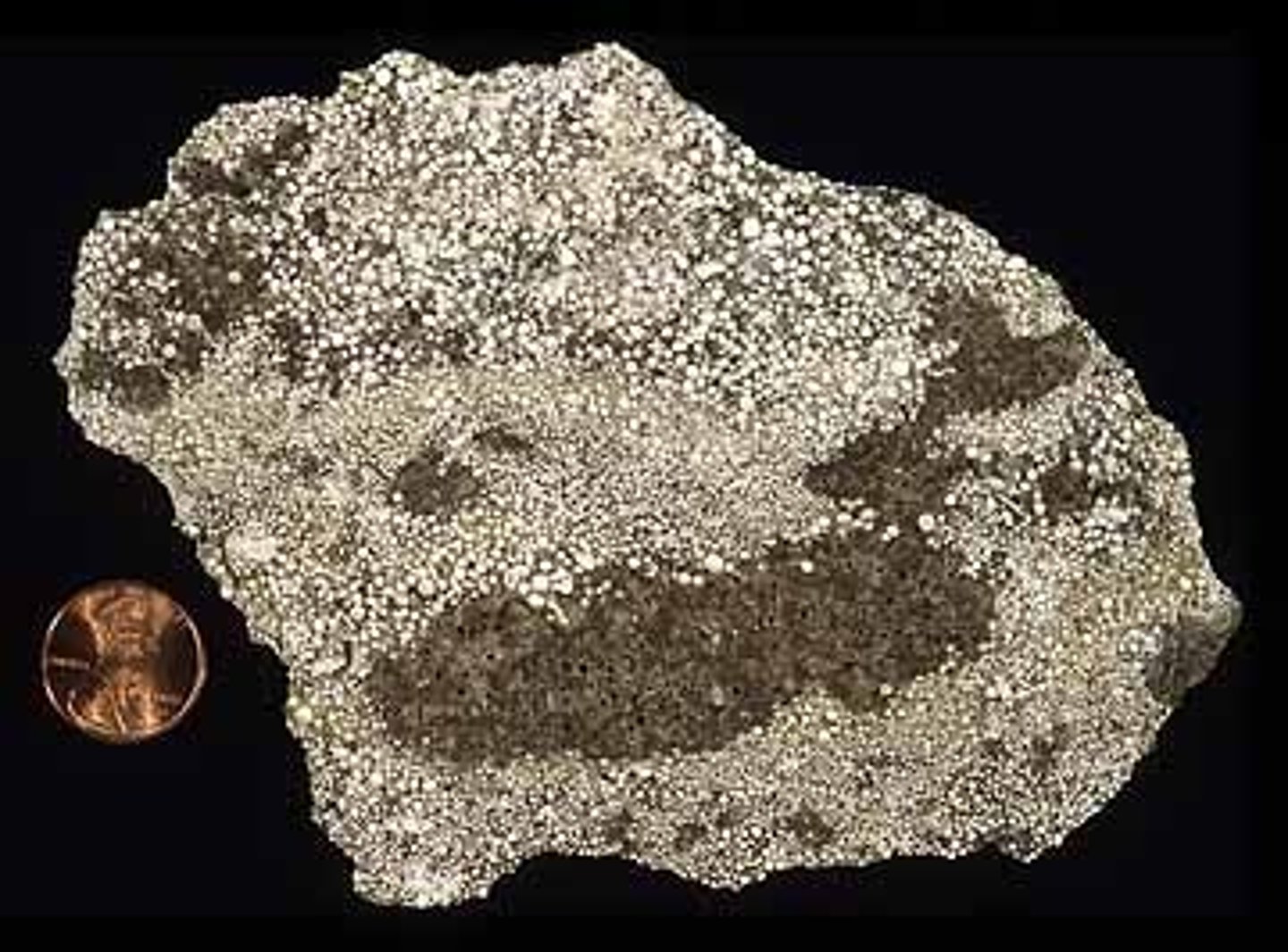
(Limestone) Travertine
Generally banded, usually very fine grained, calcite carbonate composition, light colored.
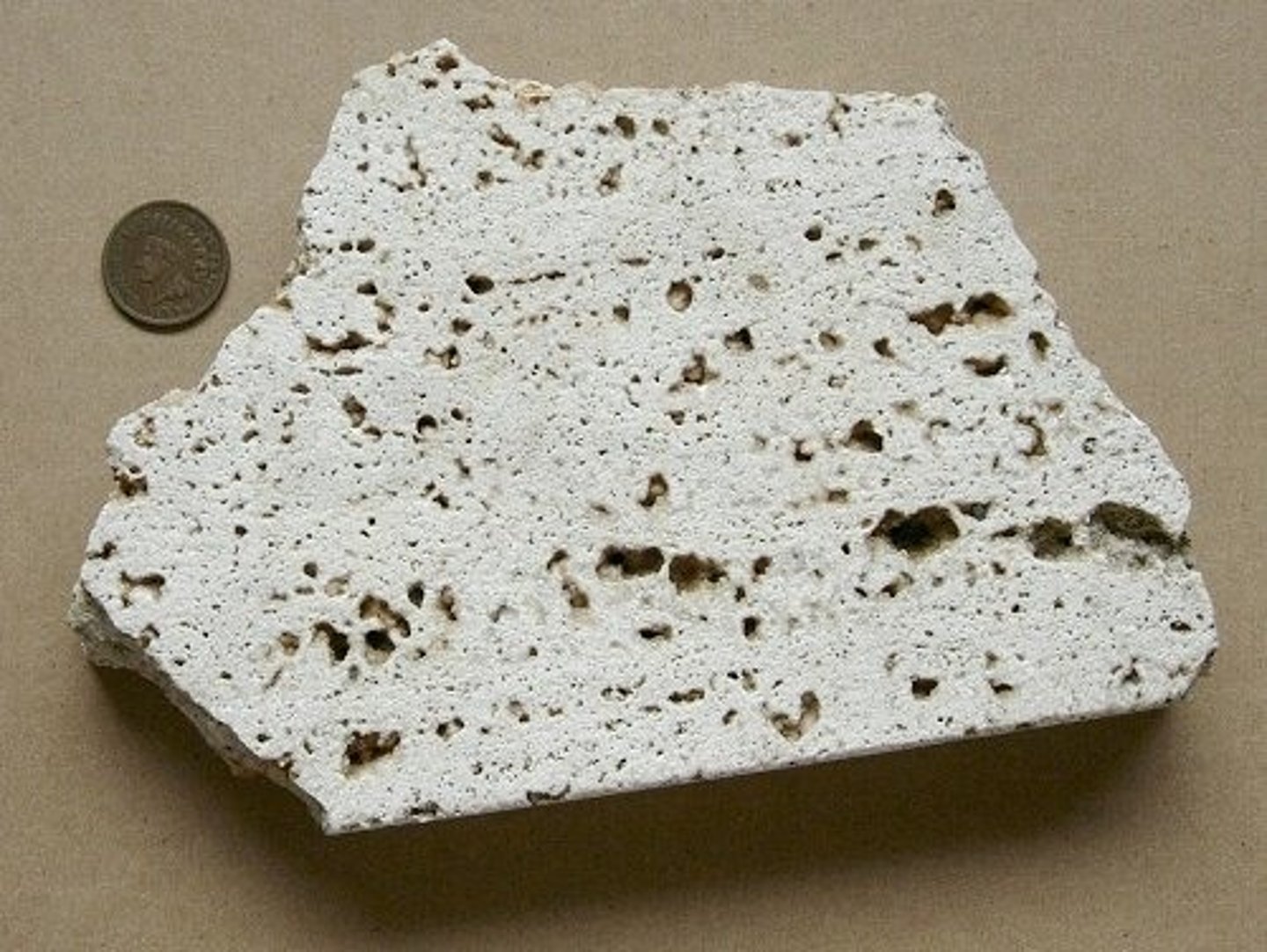
sandstone
Super fine/medium quartz grained, similar sized grains, very common.
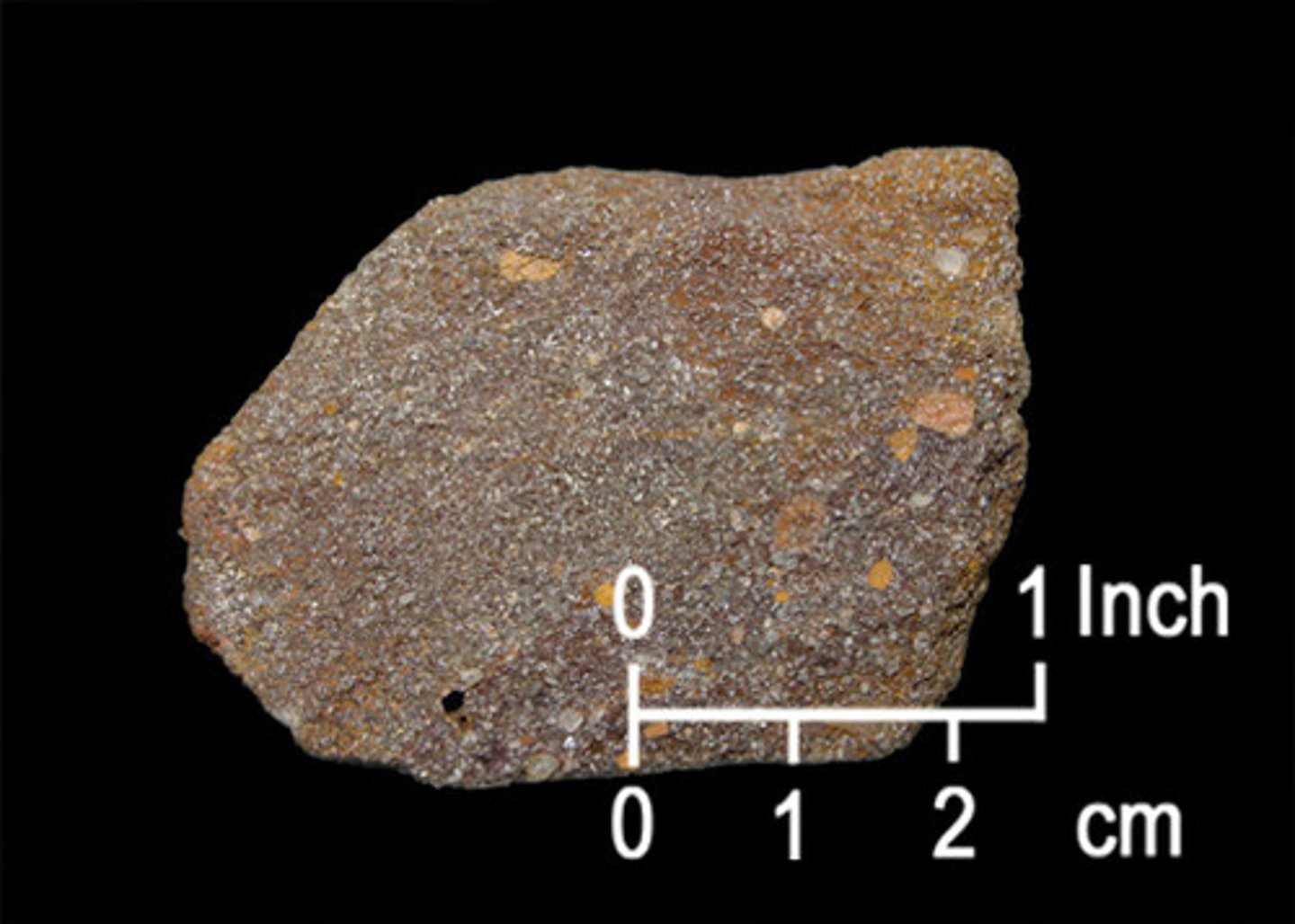
shale
very fine, silt and clay (mud) grain size, hardens into slate.
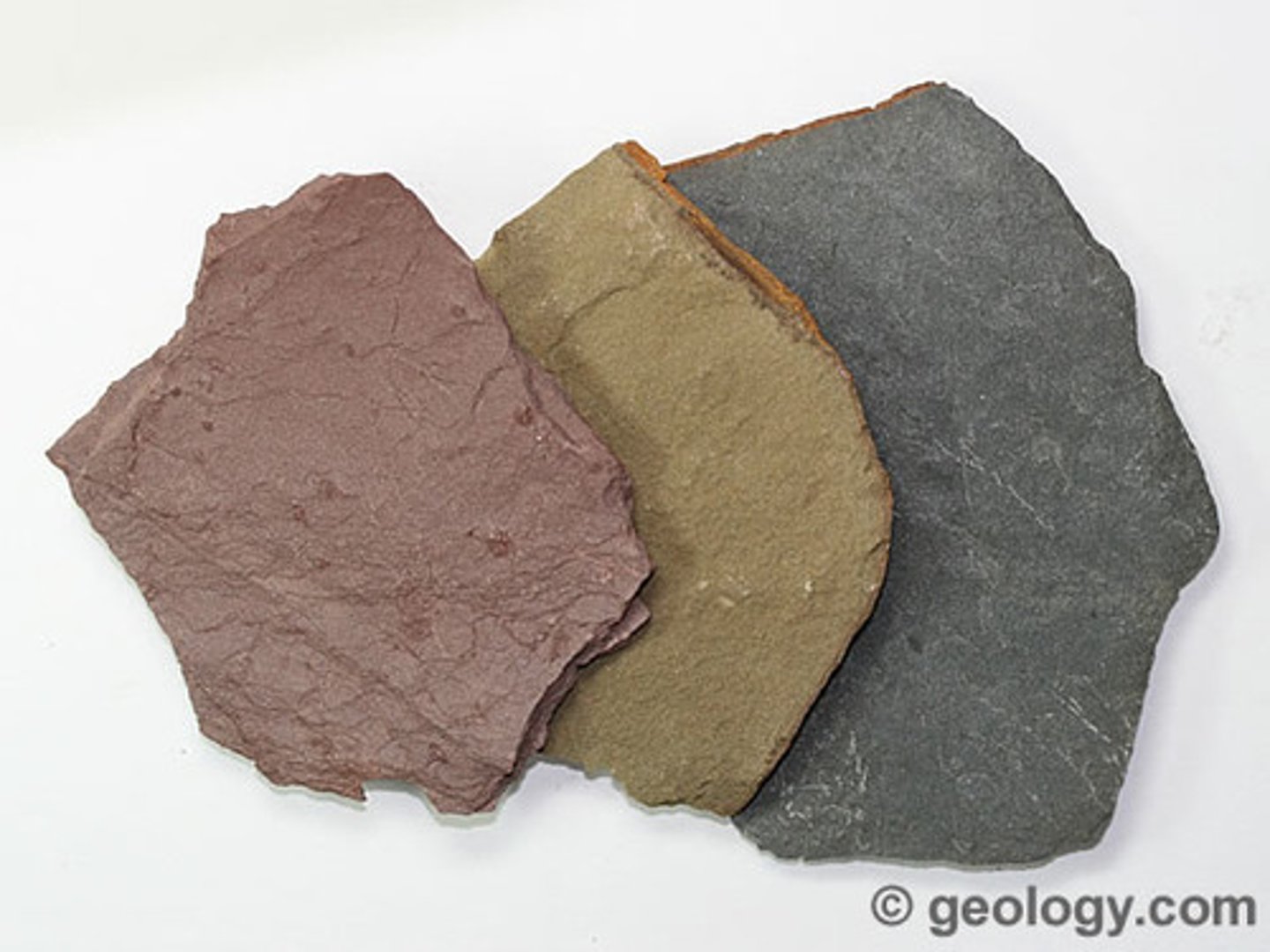
(limestone) chalk
Composed mostly of calcium carbonate with minor amounts of silt and clay. Chalky, white.
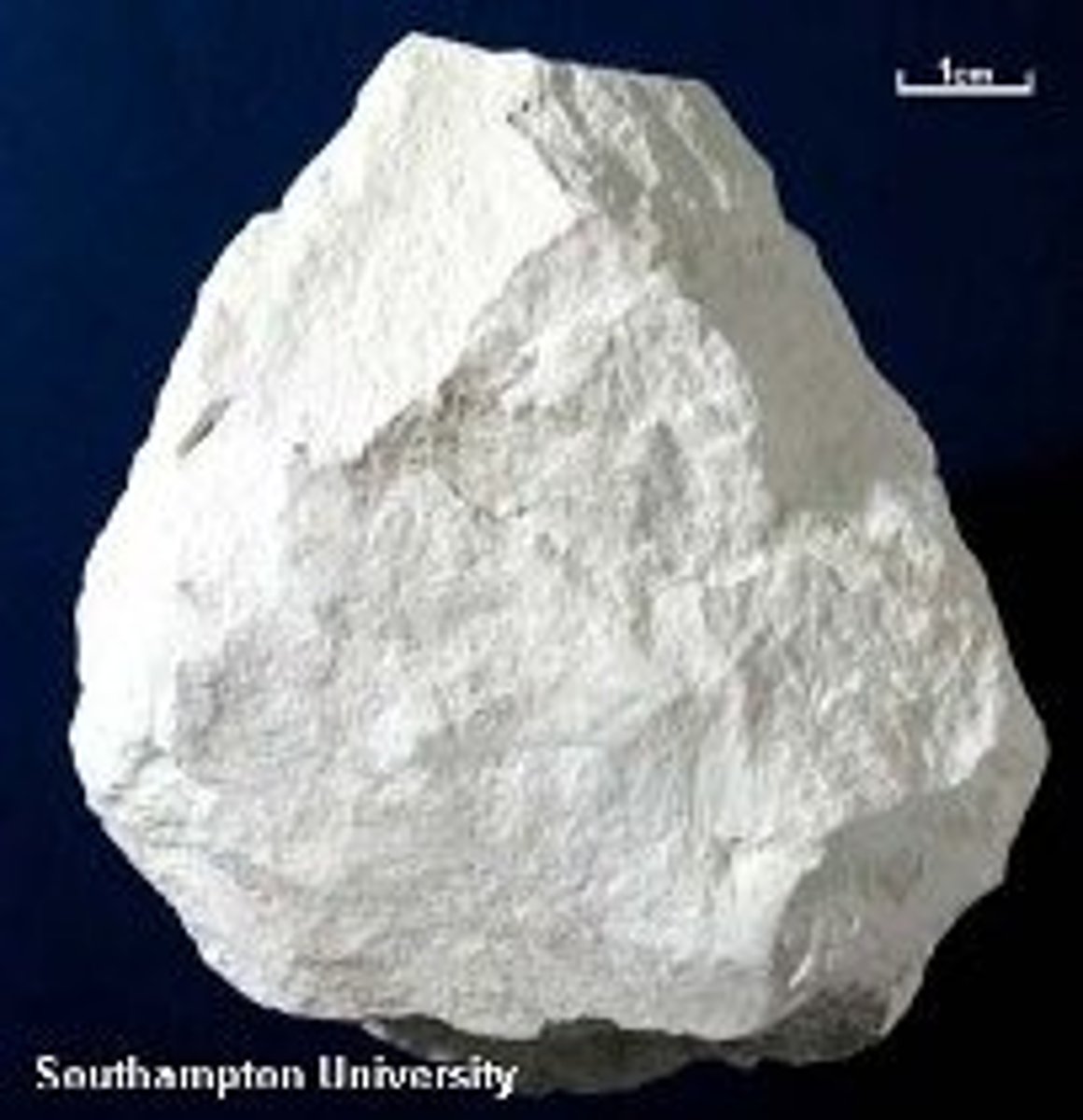
Albite
White, tan, or cream feldspar
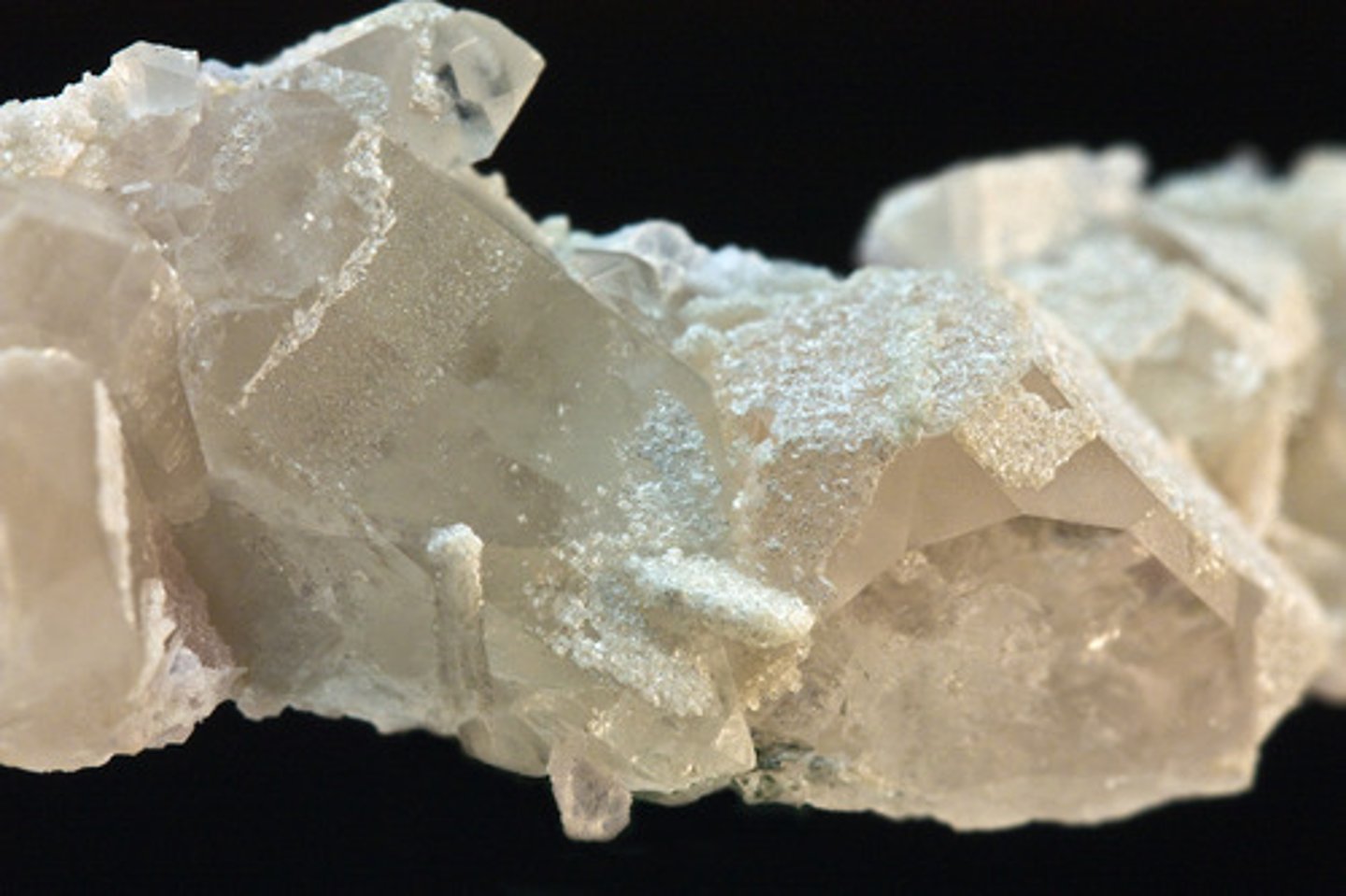
Almandine
Dark red, garnet
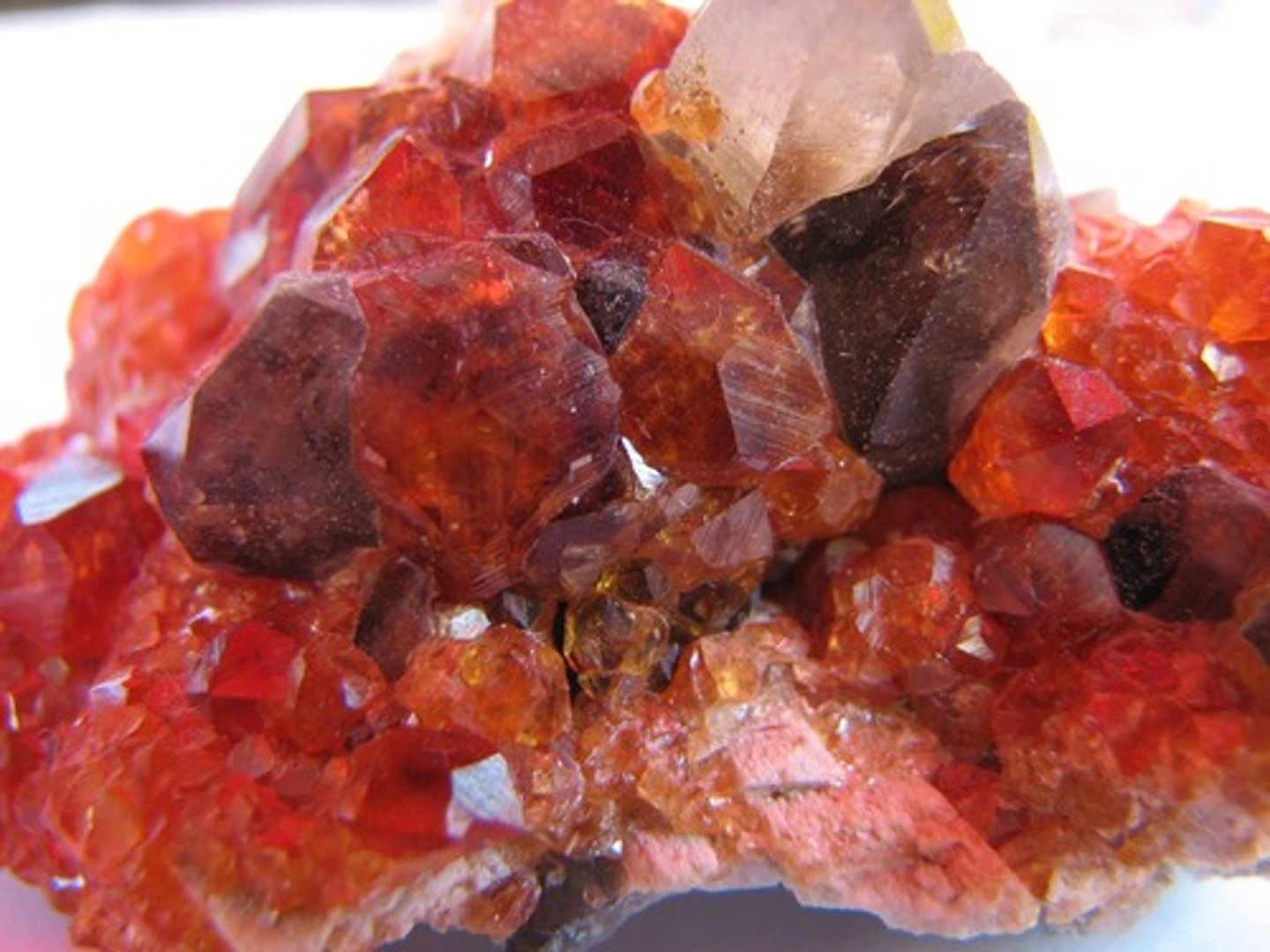
Amazonite
The only green feldspar, glassy.
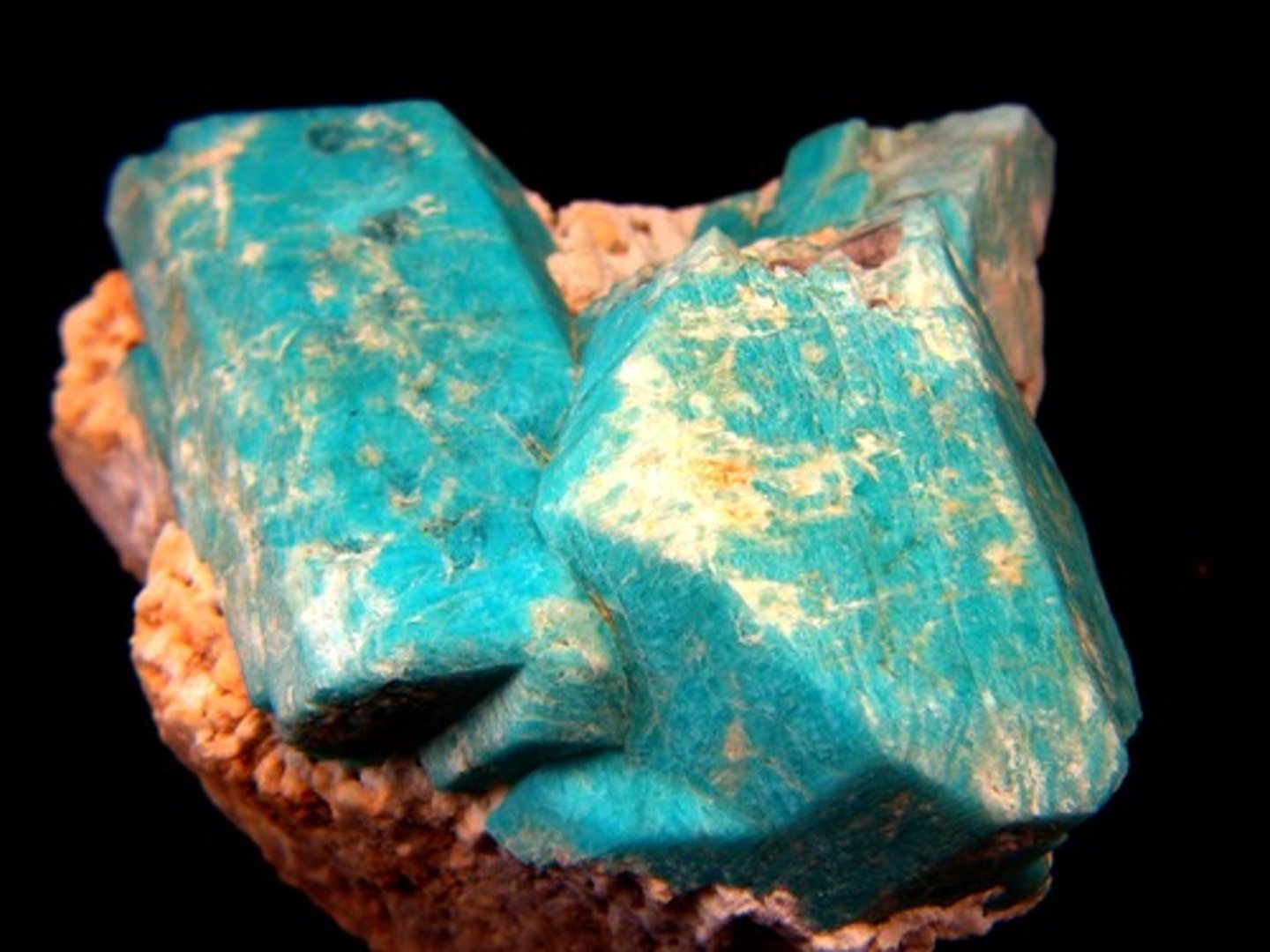
Apatite
Usually green or purple, but can be almost any color.
Like Beryl, but softer.
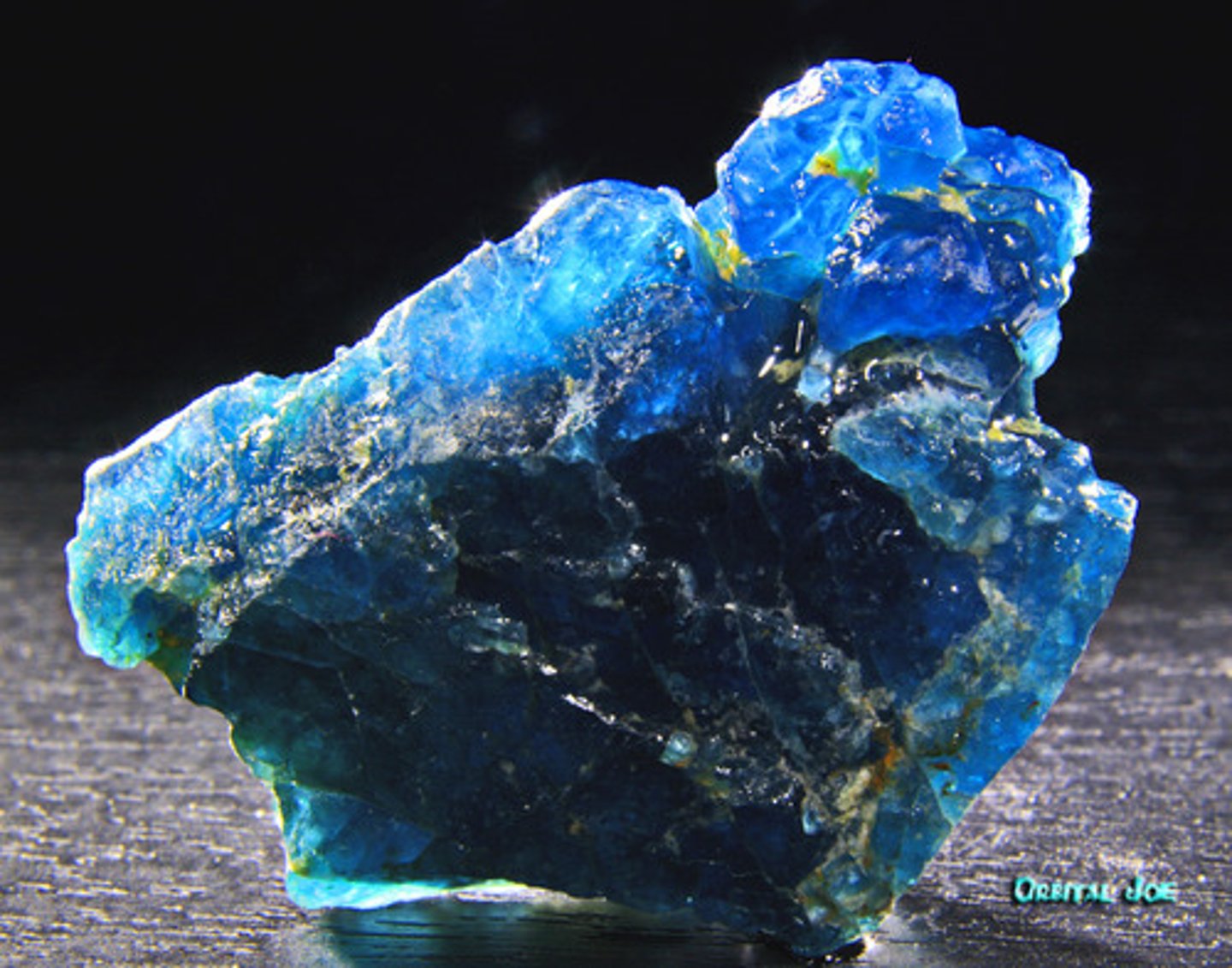
Aragonite
White, tan, colorless, powdery variety of calcite.
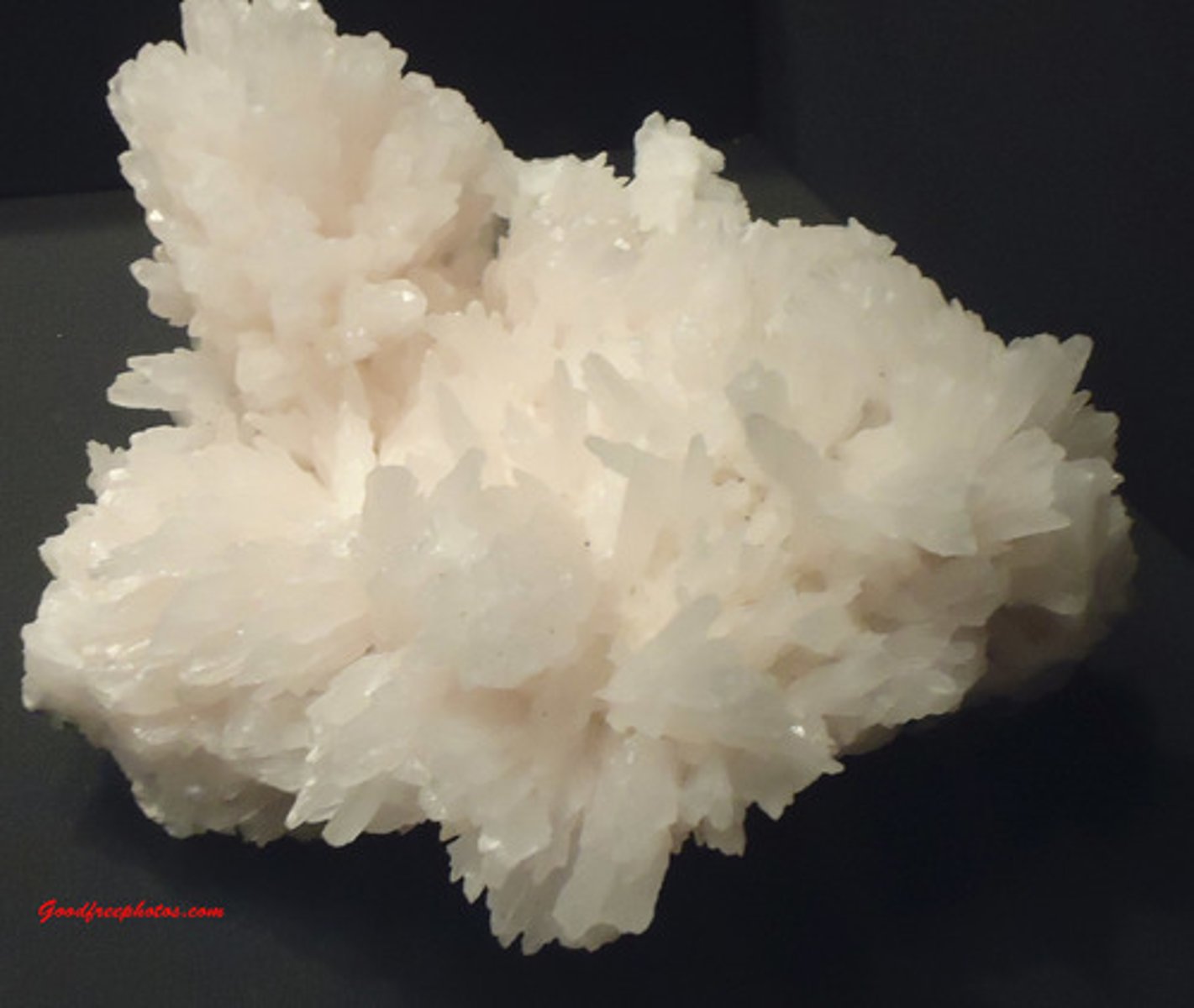
Augite
Nondescript black rock, greenish tinge and cleavage at a right angle.
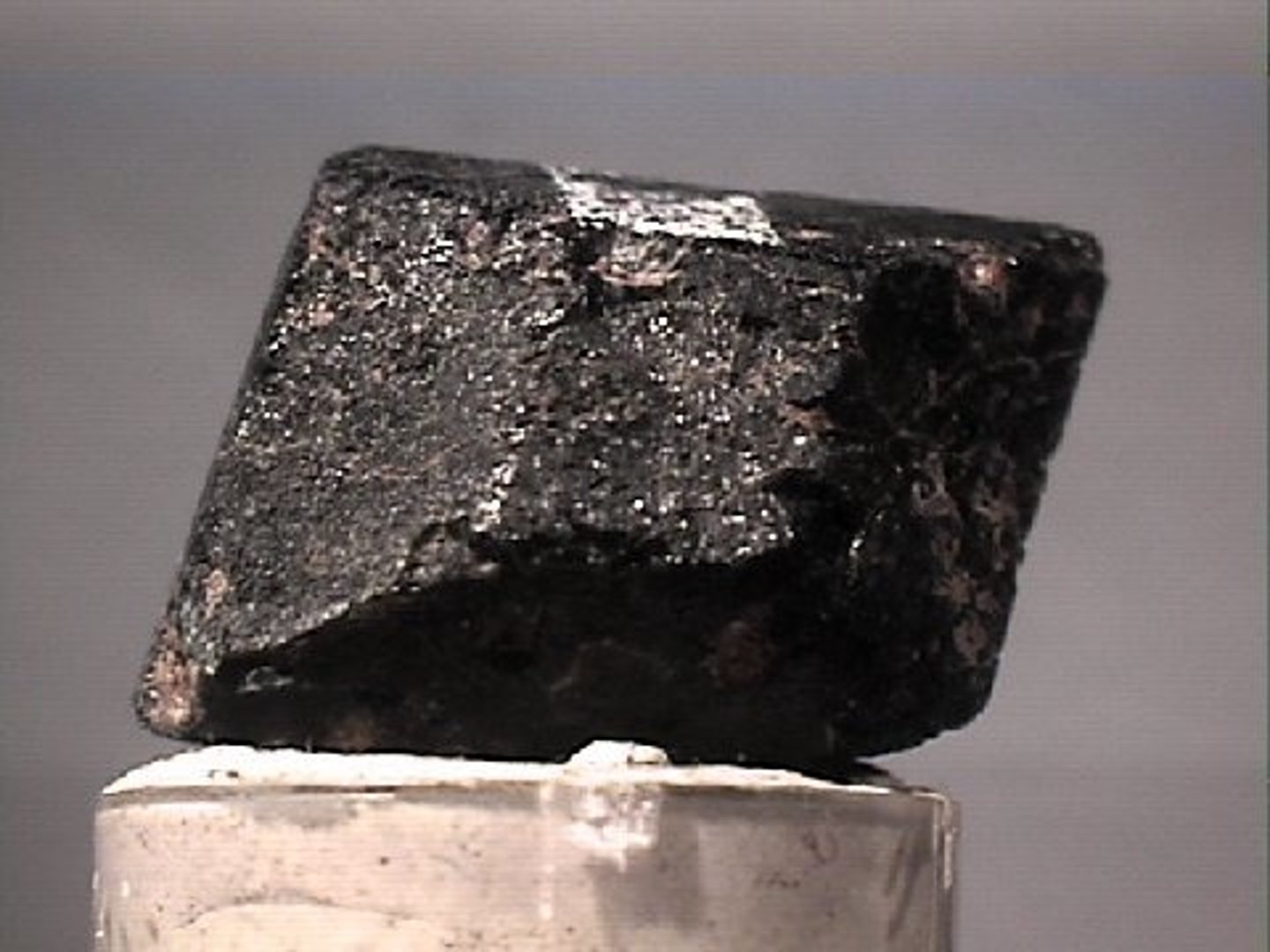
Azurite
Blues, with streaks. Glossy.
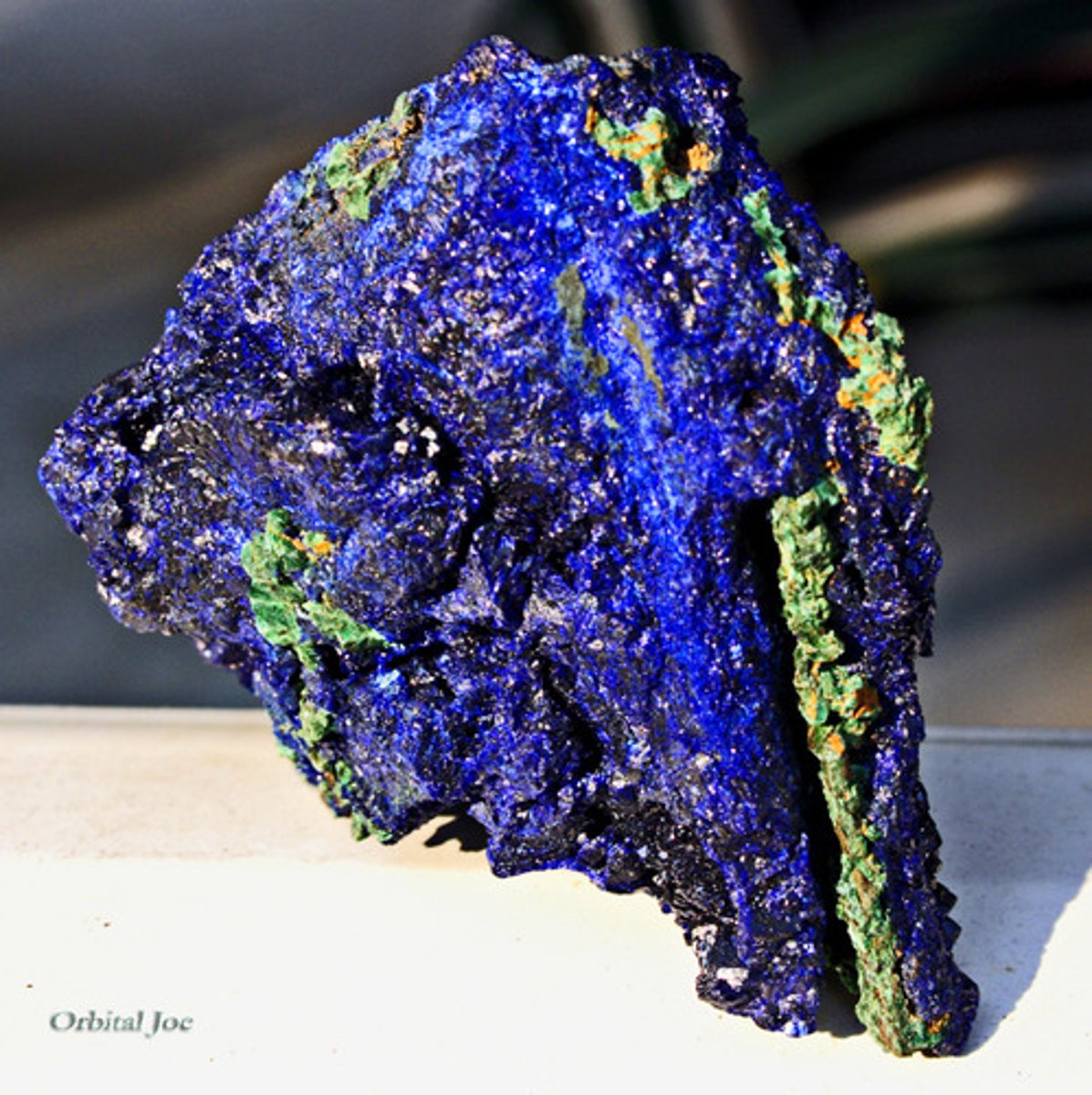
Bauxite
Tan rock with orange, white, and brown pisoliths of aluminum, causing light weight. Dull.
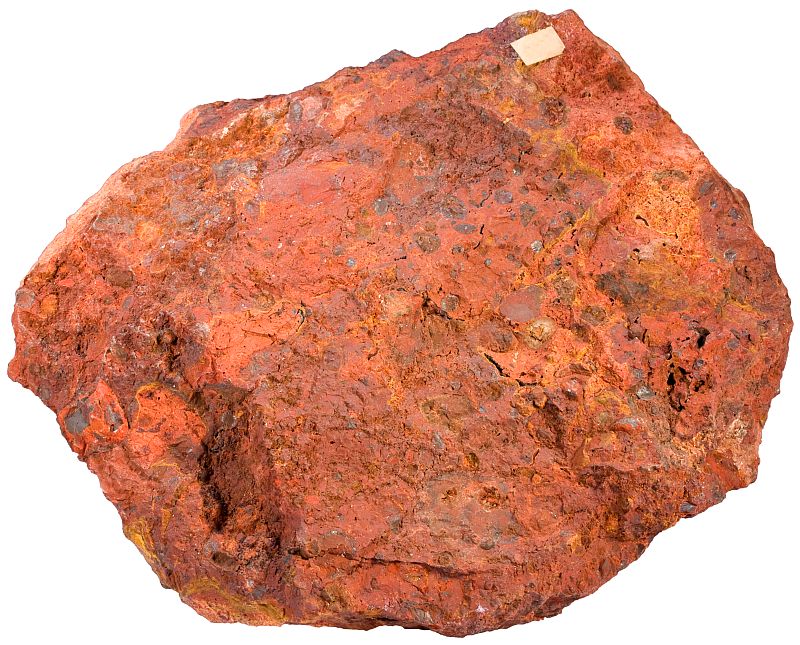
Barite
White and kind of platy, but very heavy because it contains barium.
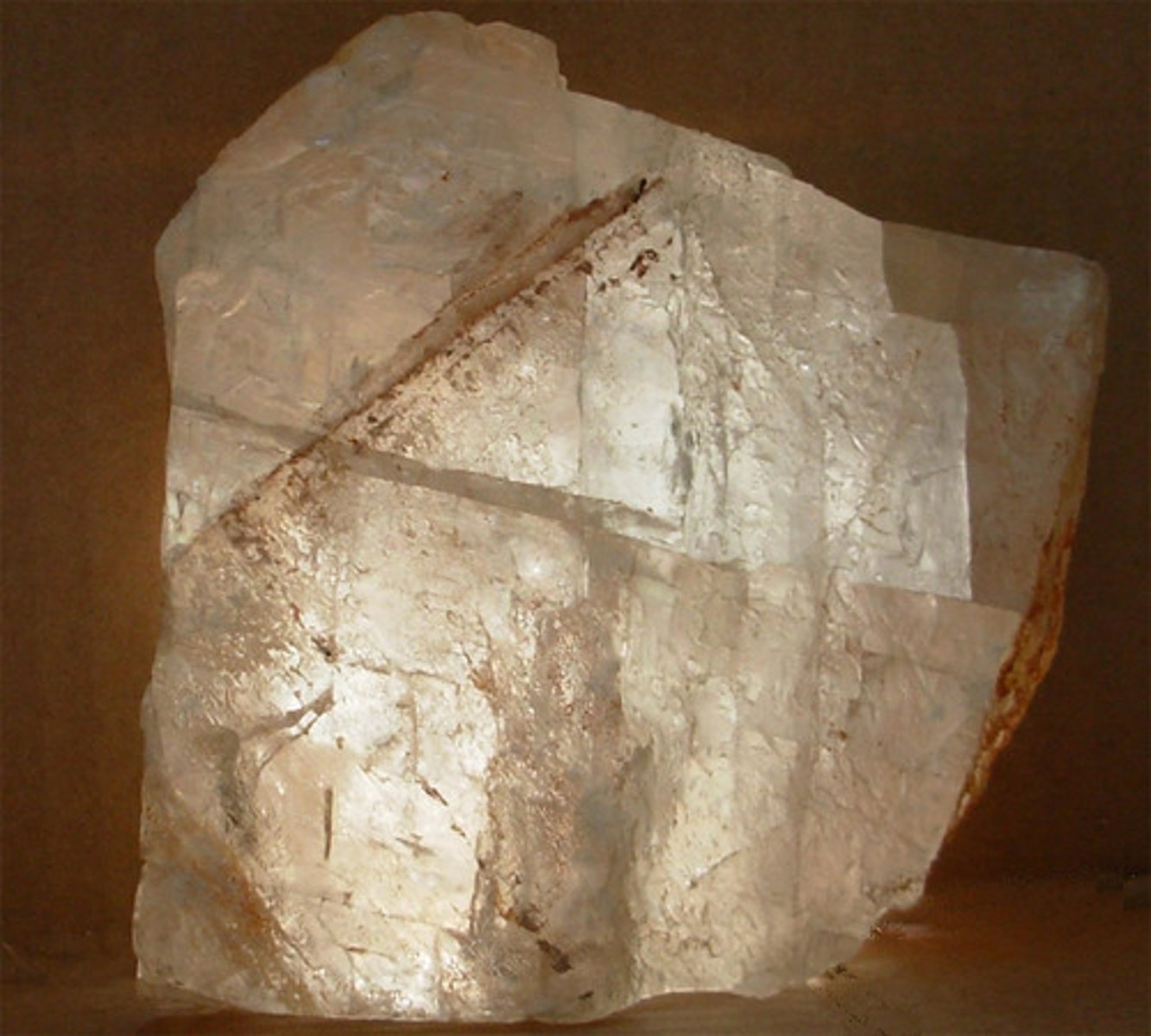
Beryl
Light green and opaque, glassy.
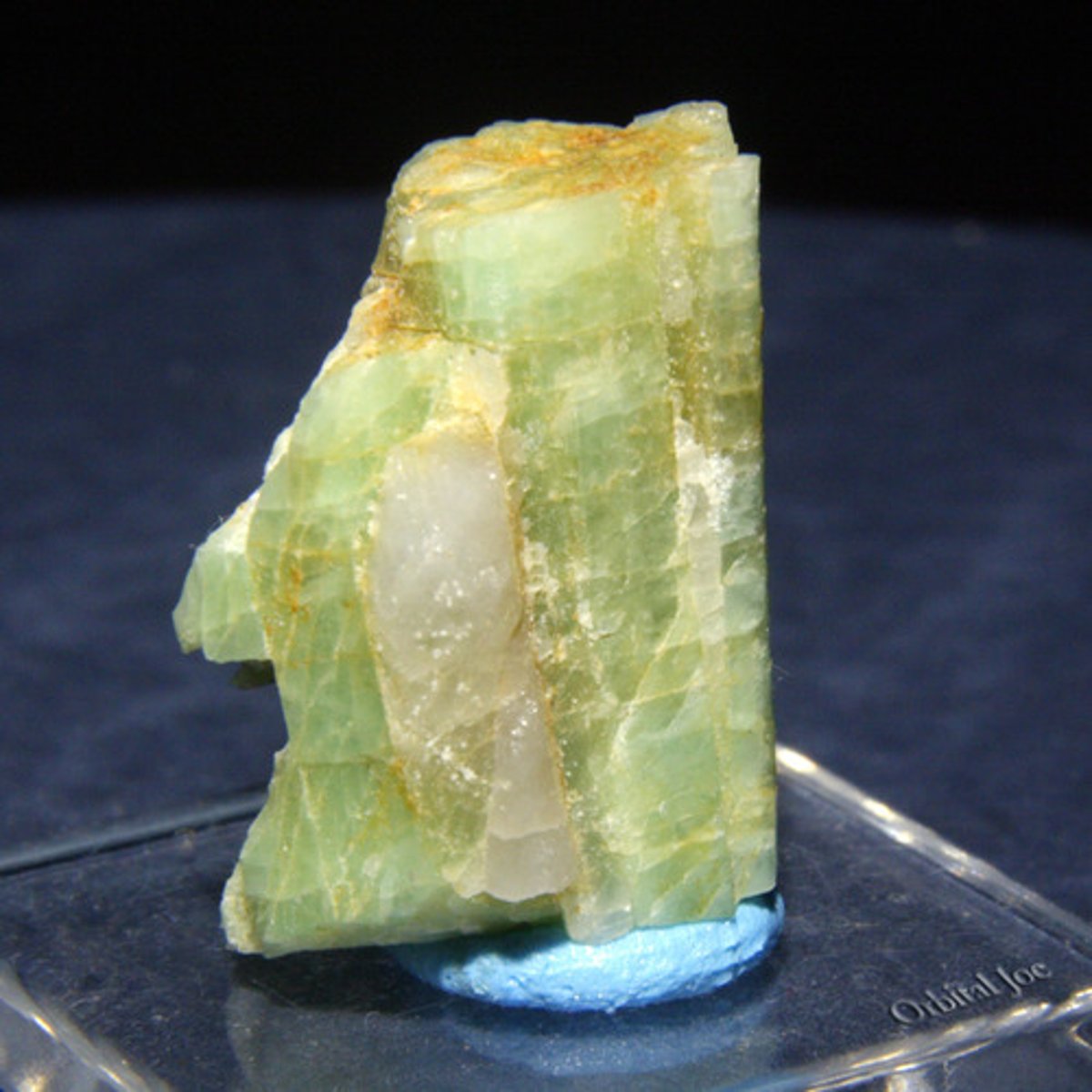
Biotite
dark brown to black mica, vitreous, glassy.
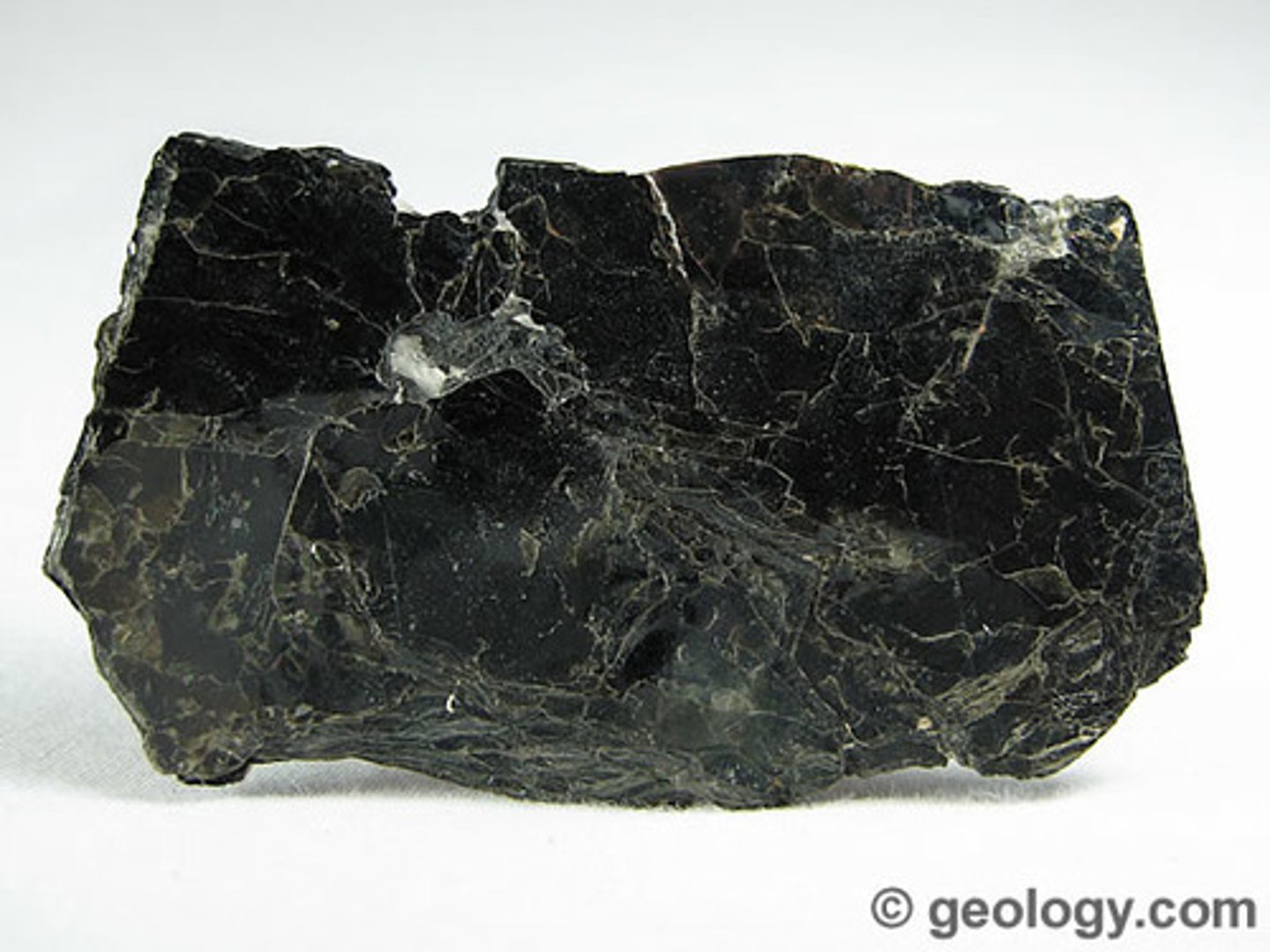
Bornite
Dark, purplish-blue tarnish. metallic luster.
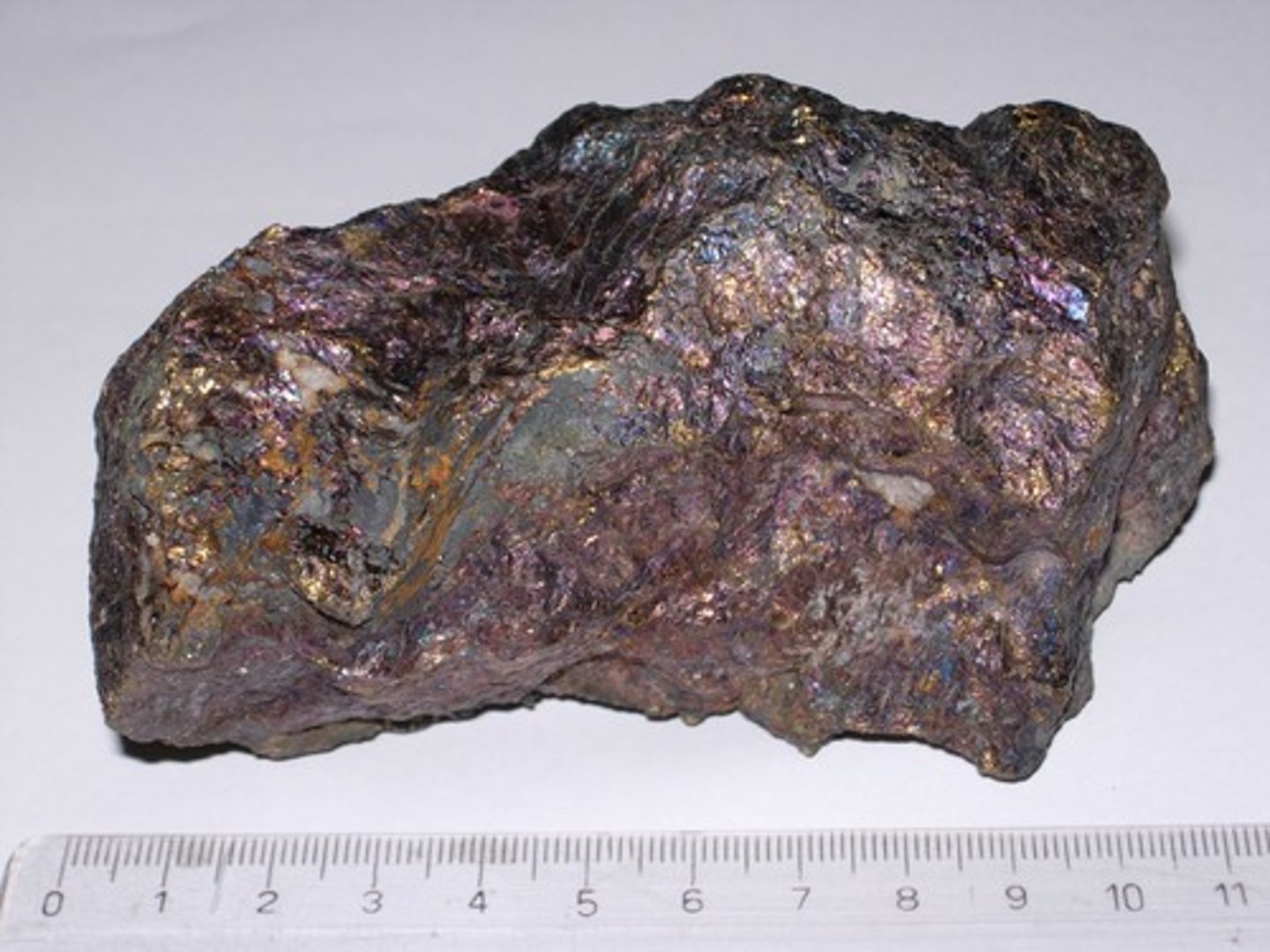
Calcite
Looks almost like fluorite and can be any color, but it's a little softer and it has a more rhombus like shape. DISSOLVES IN HCI ACID.
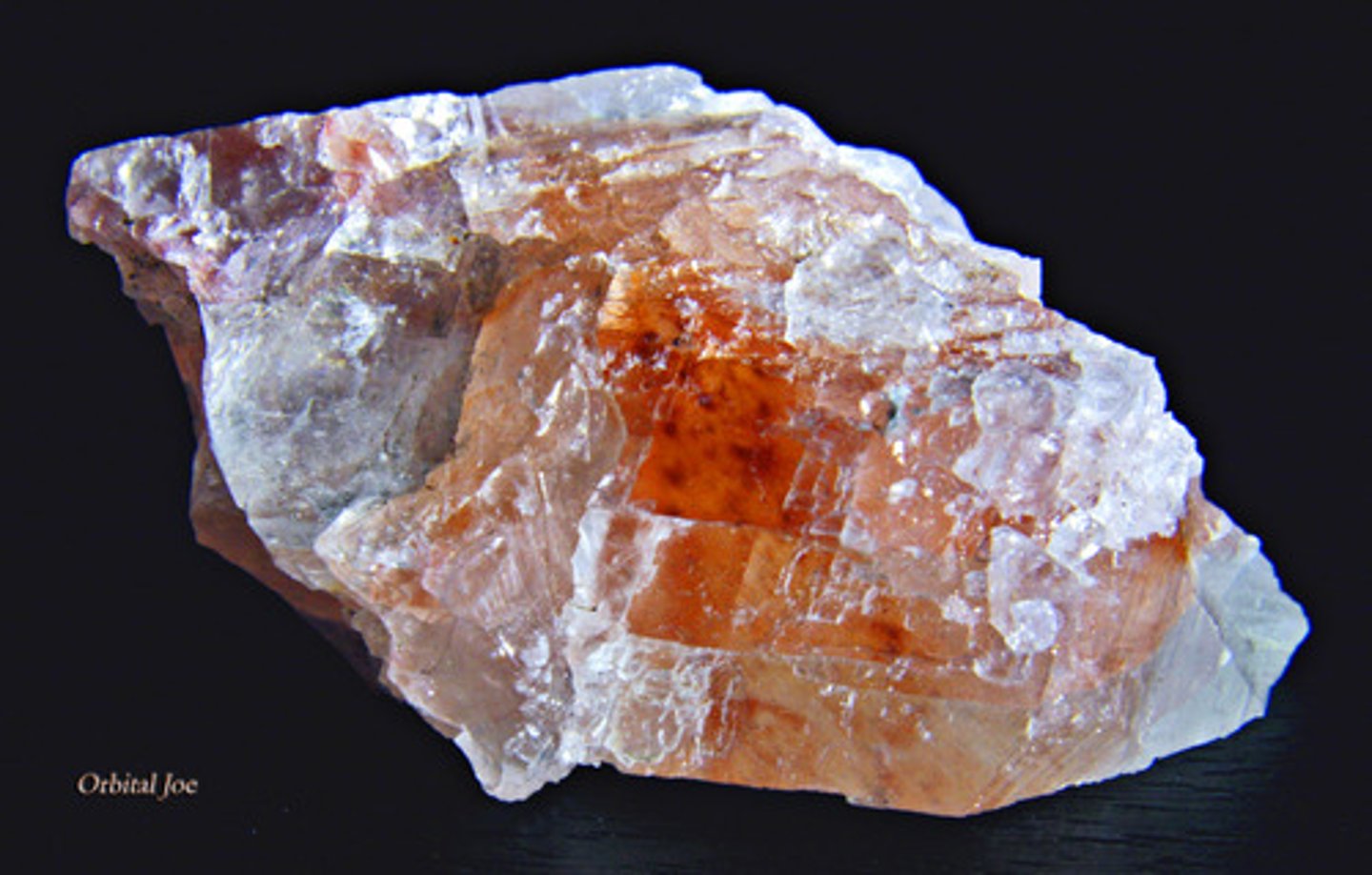
Celestite
Usually a soft, translucent white or blue.
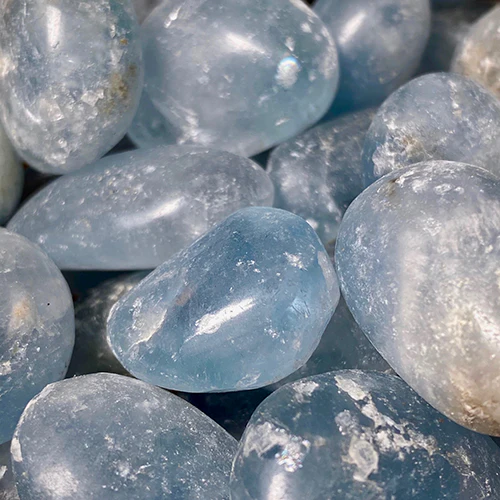
Chalcopyrite
Very brassy yellow, tarnishes bright red, purple, yellow, and orange.
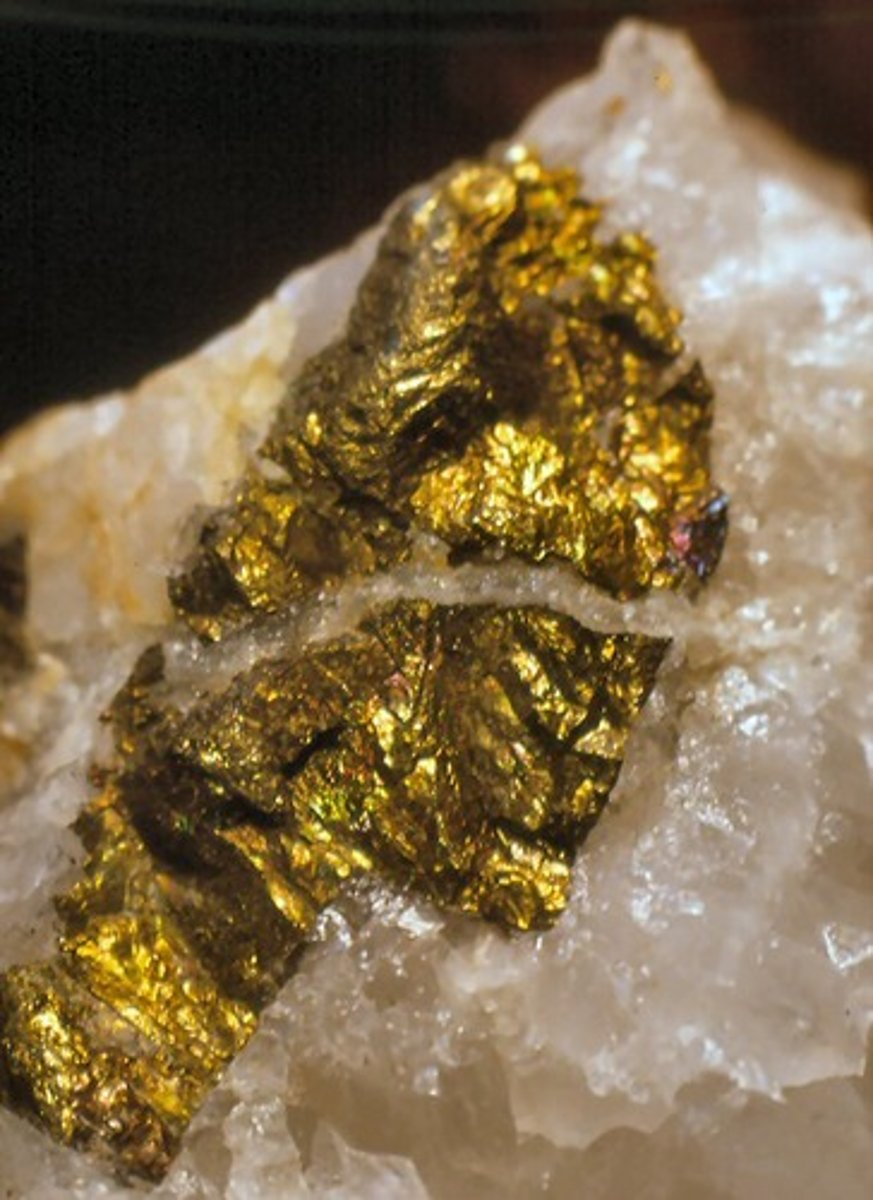
Copper
Usually has green tarnish.
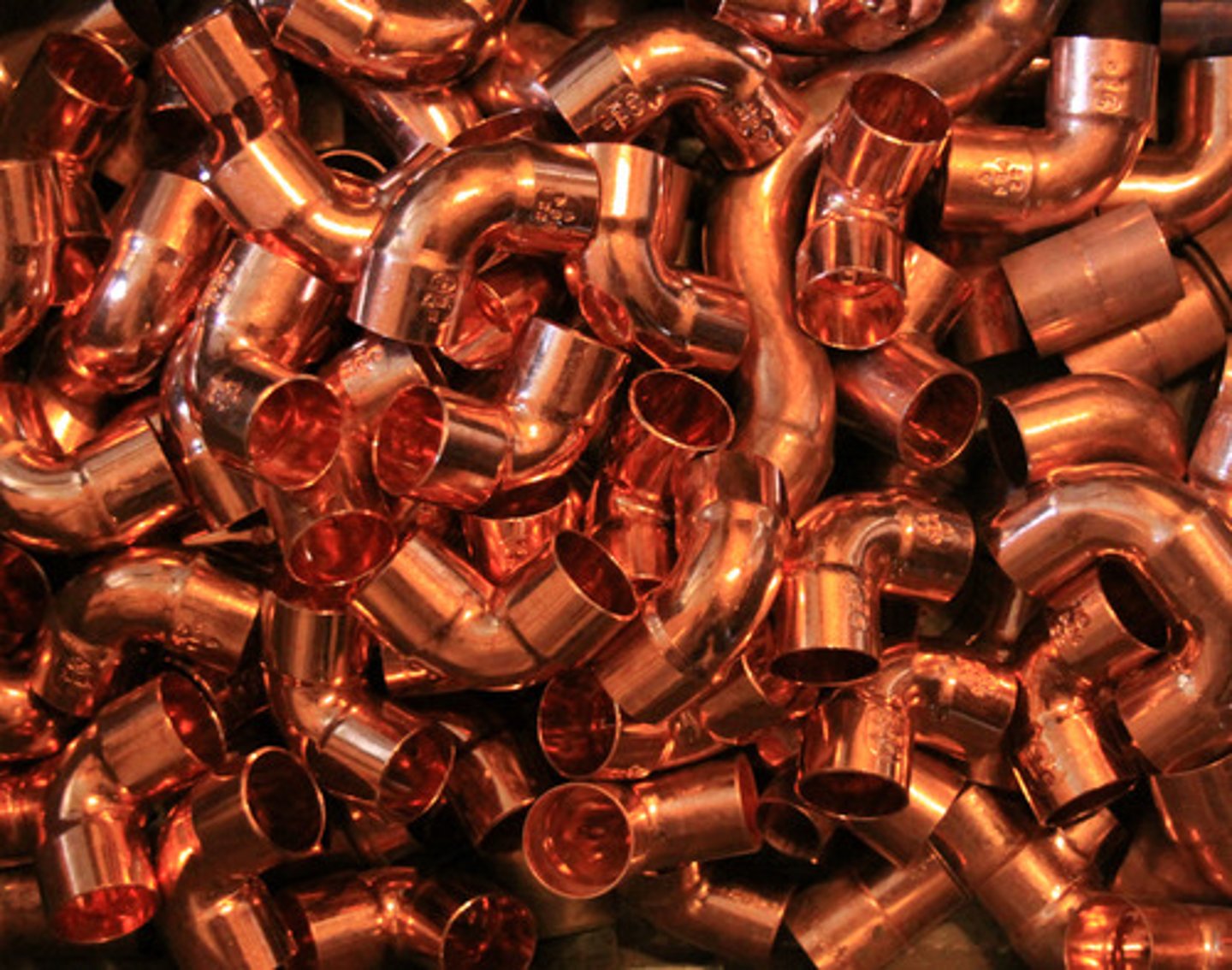
Corundum
Very hard reddish or purplish rock, Often has small column-like opaque crystals. Vitreous.
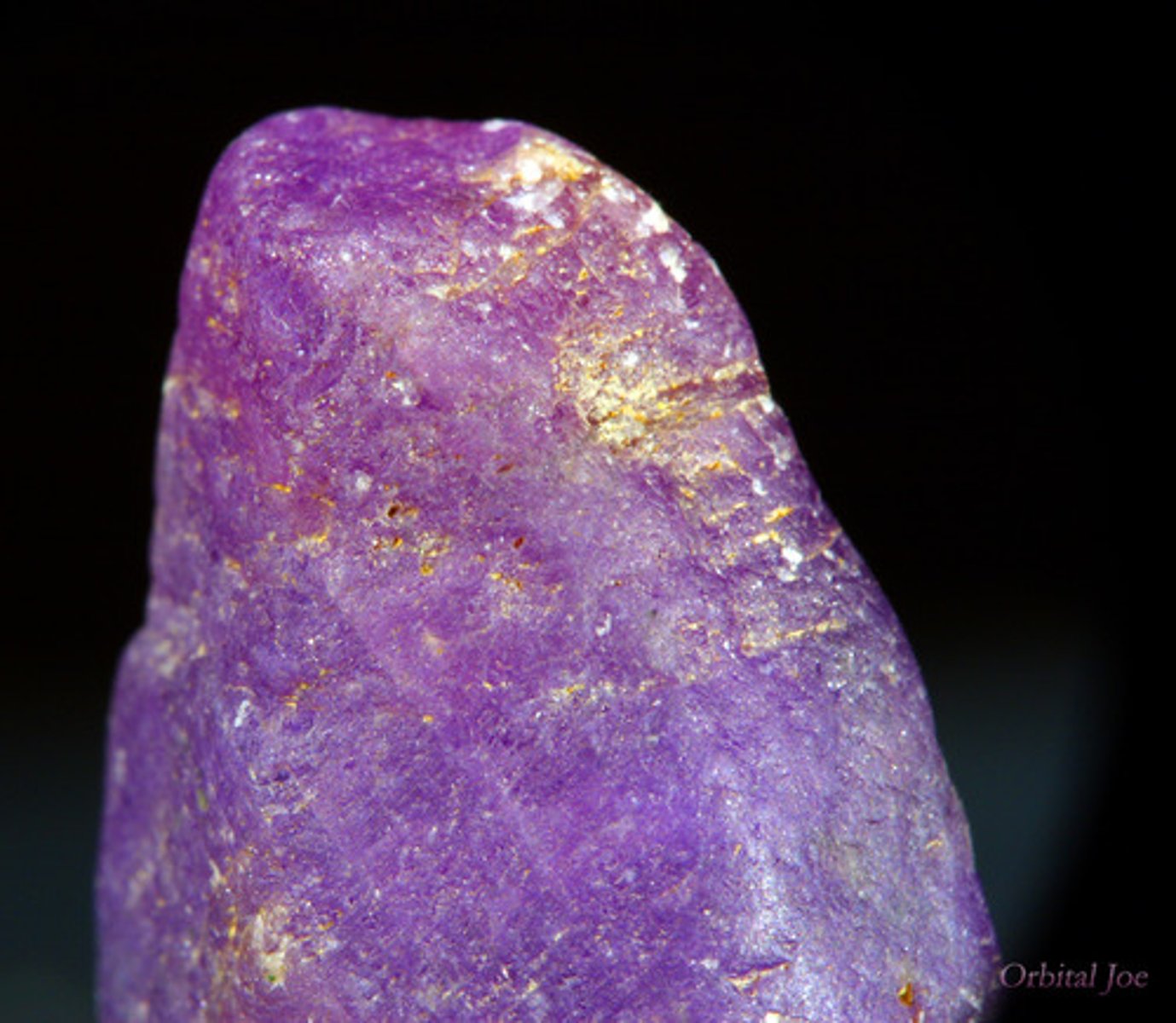
Diamond
Hardest.
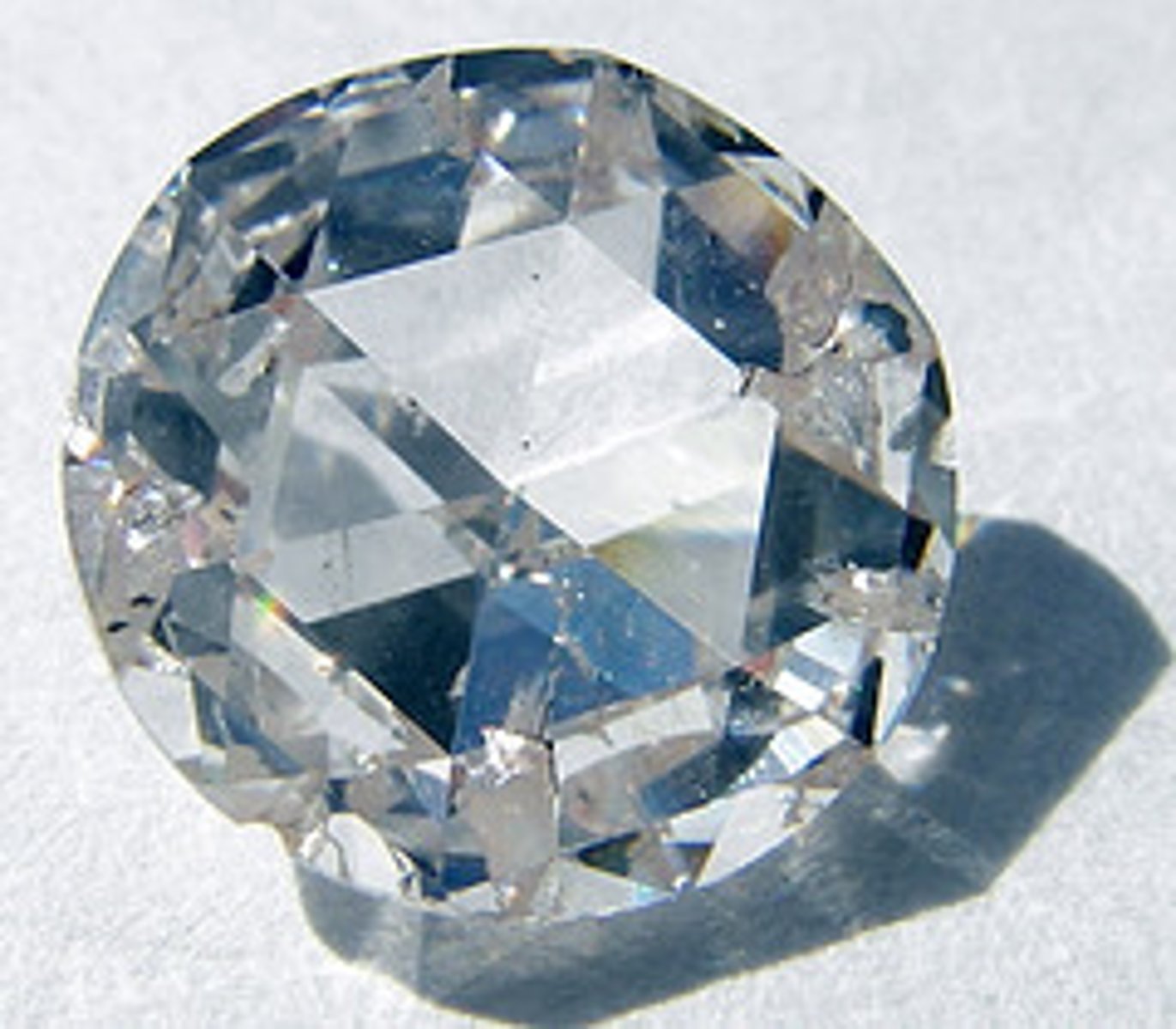
Dolomite
Thin, platy cream-colored crystals possibly has black specks between crystals.
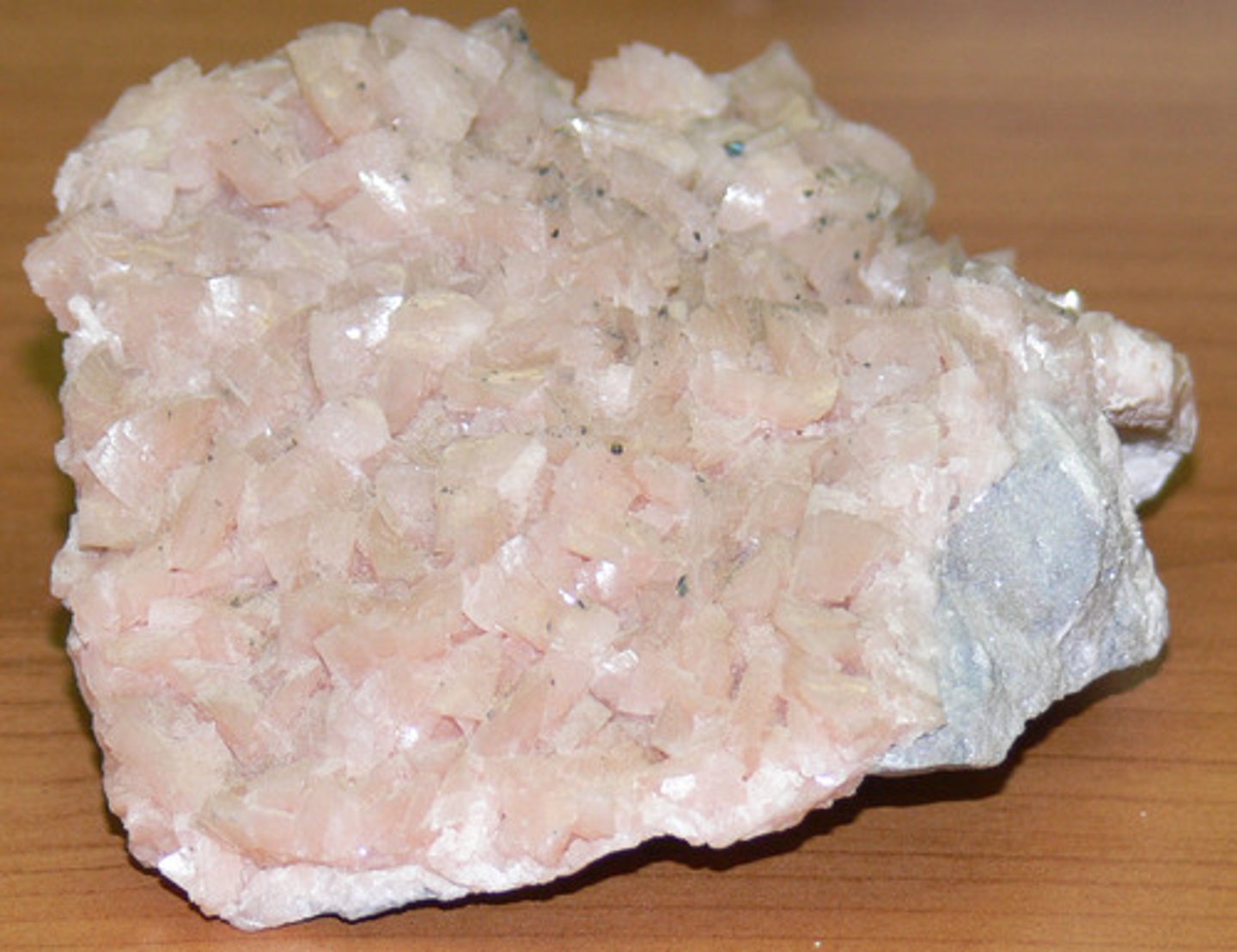
Epidote
Greenish-yellow and grainy.
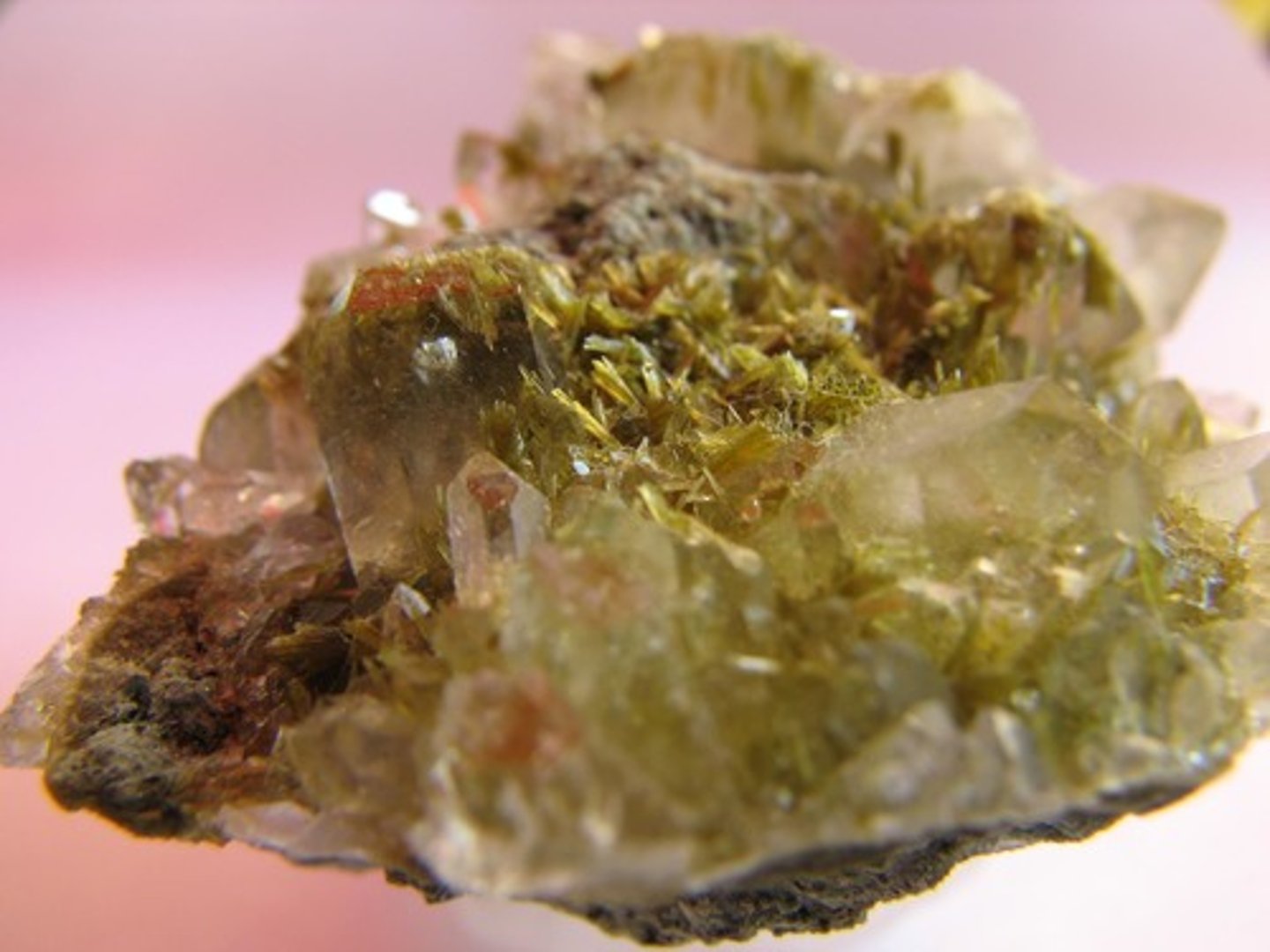
Feldspar
Salmon-pink color
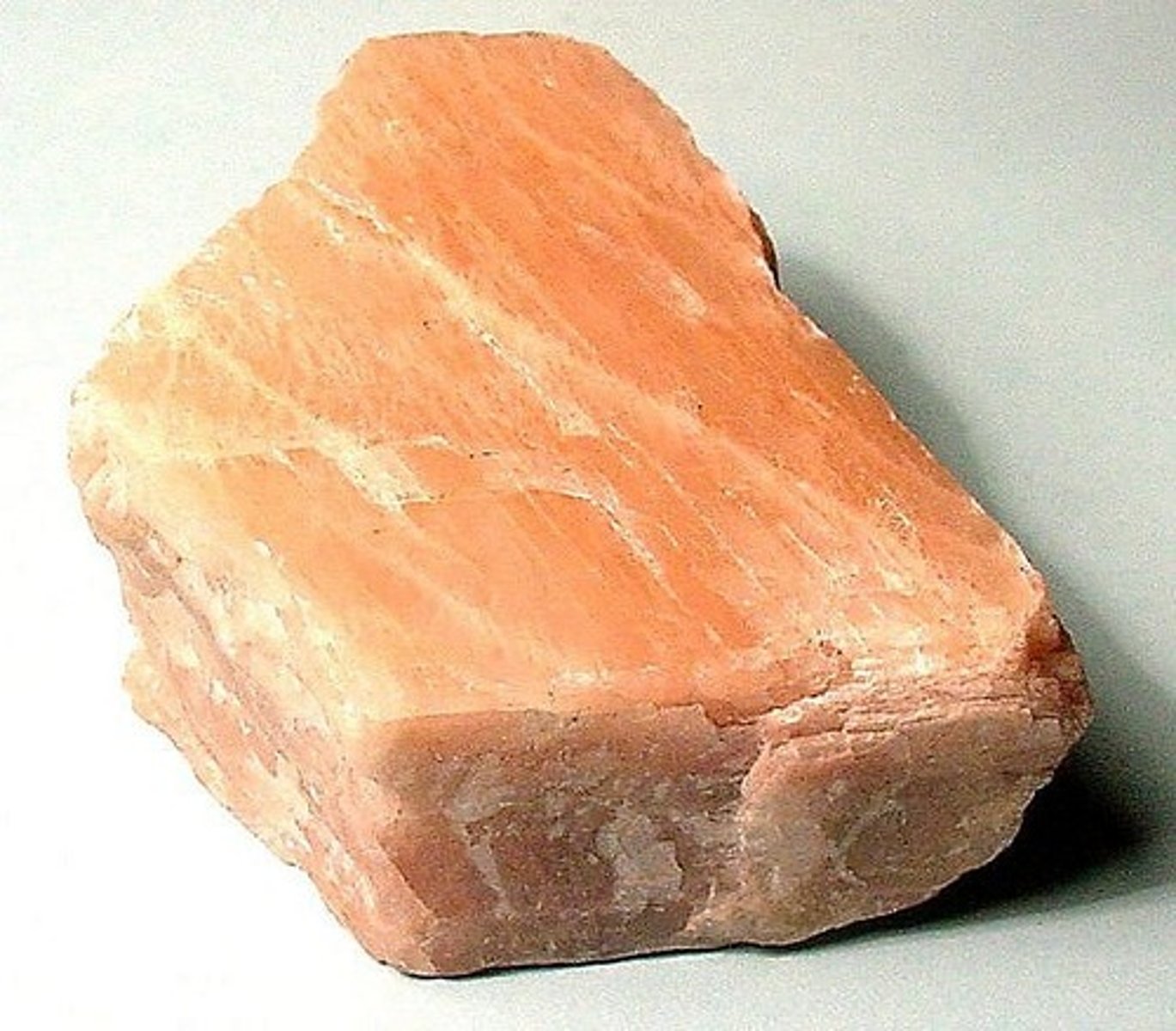
Fluorite
Almost any color, a little harder than calcite, usually has dipyramidal or cubic structure. Fluorescent.
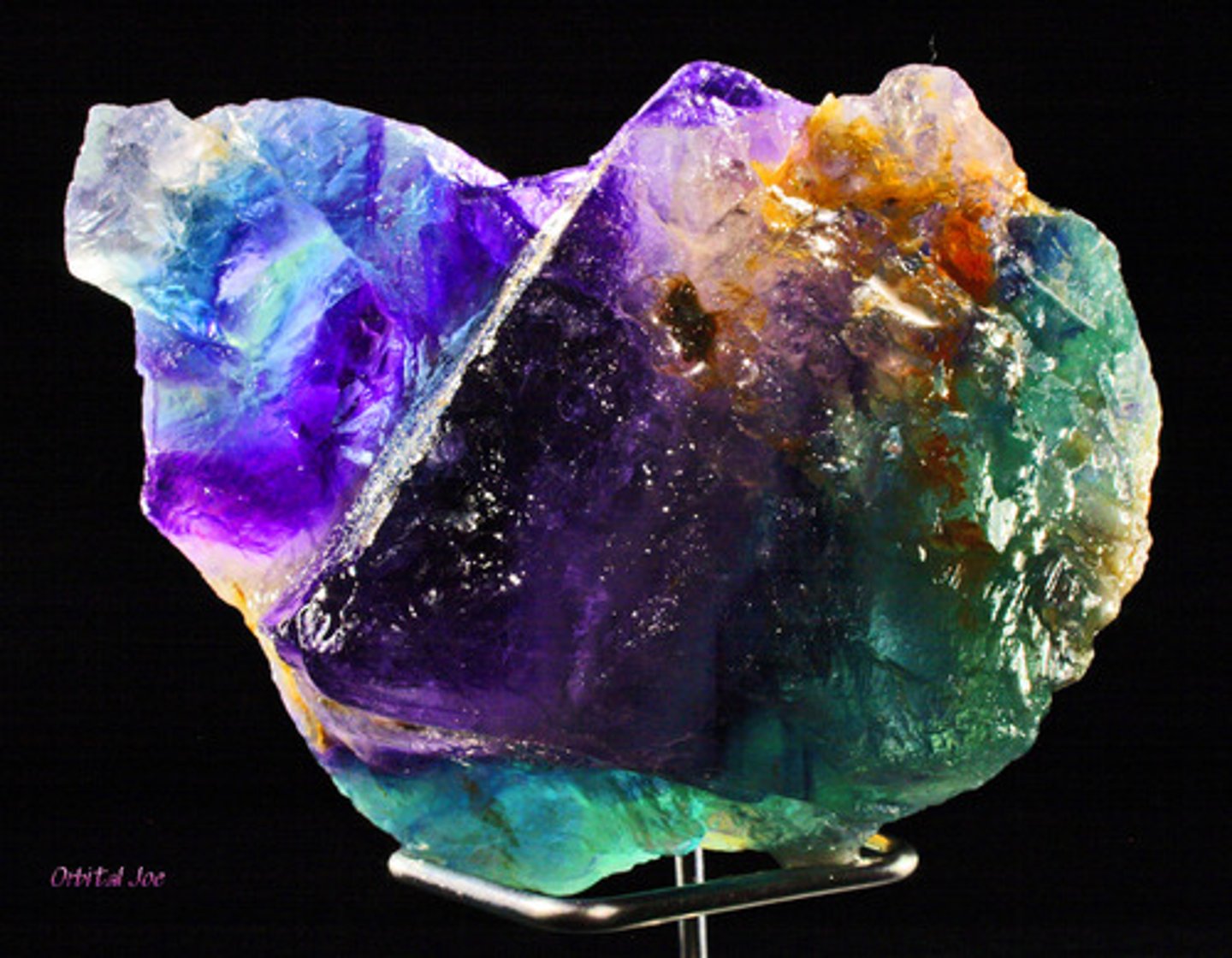
Galena
Perfect cubic cleavage and is very heavy. State mineral.
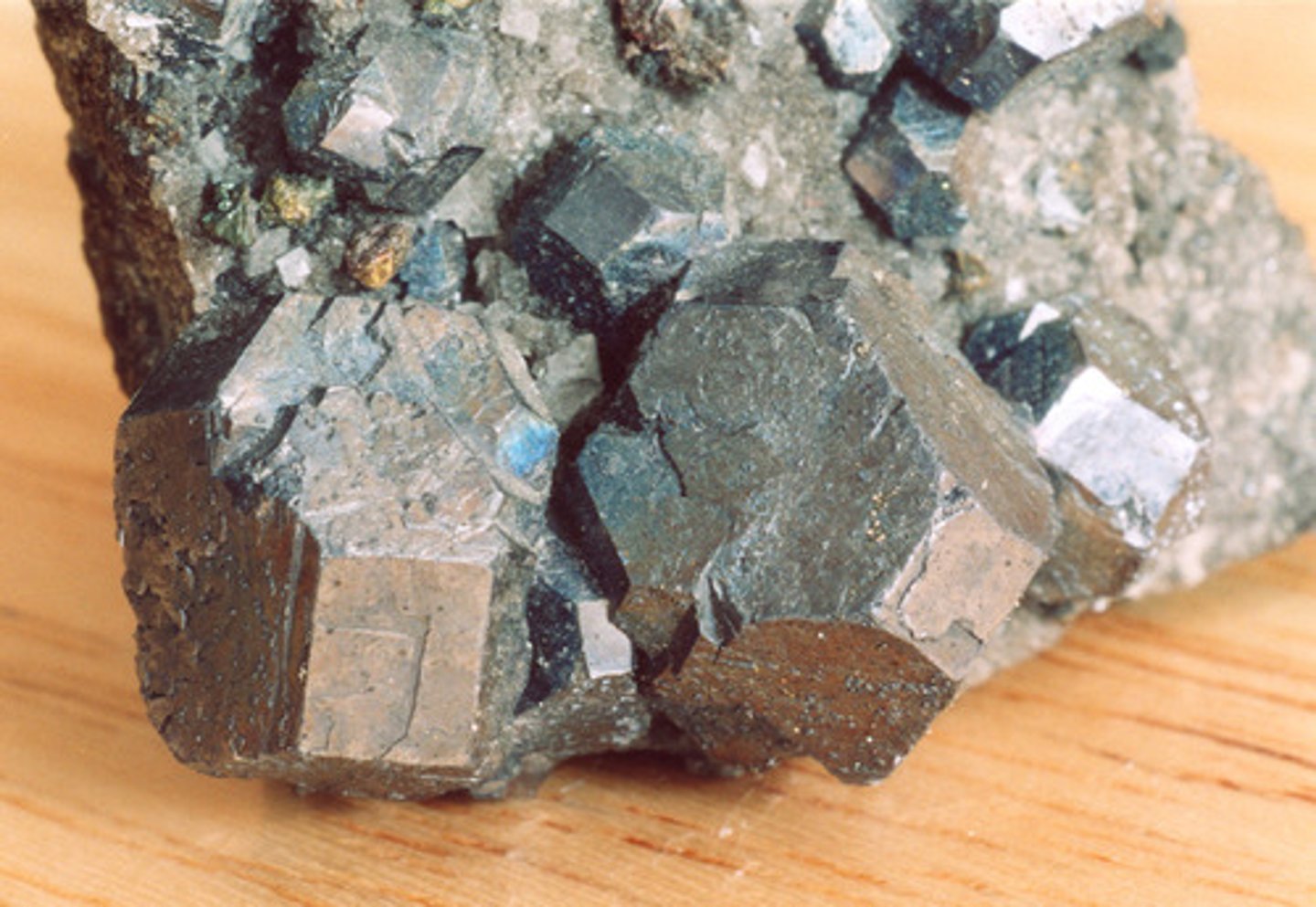
Limonite
Slightly iridescent tarnish, brownish, orange-black.
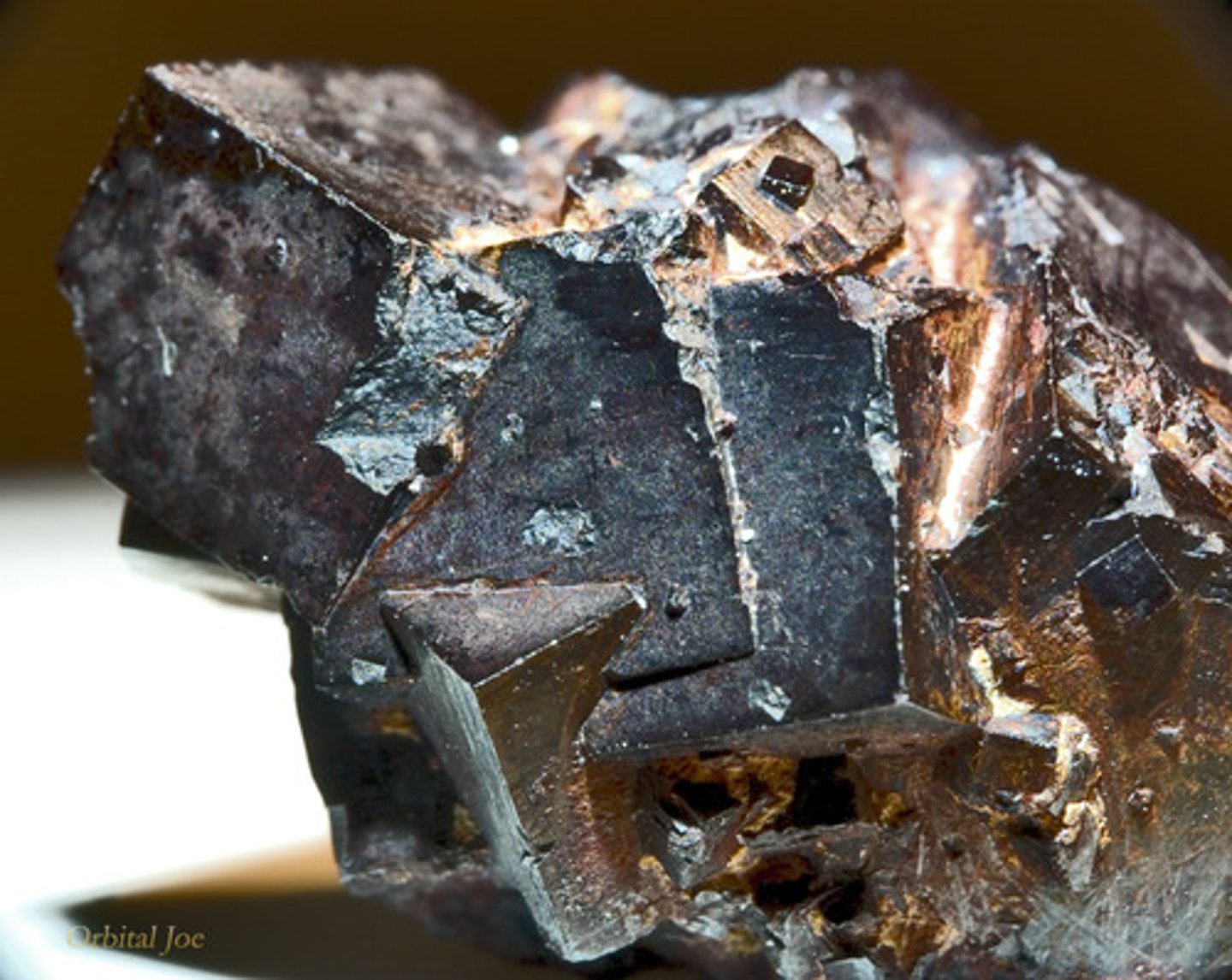
Gold
Smoother than pyrite, gold colored. metallic.
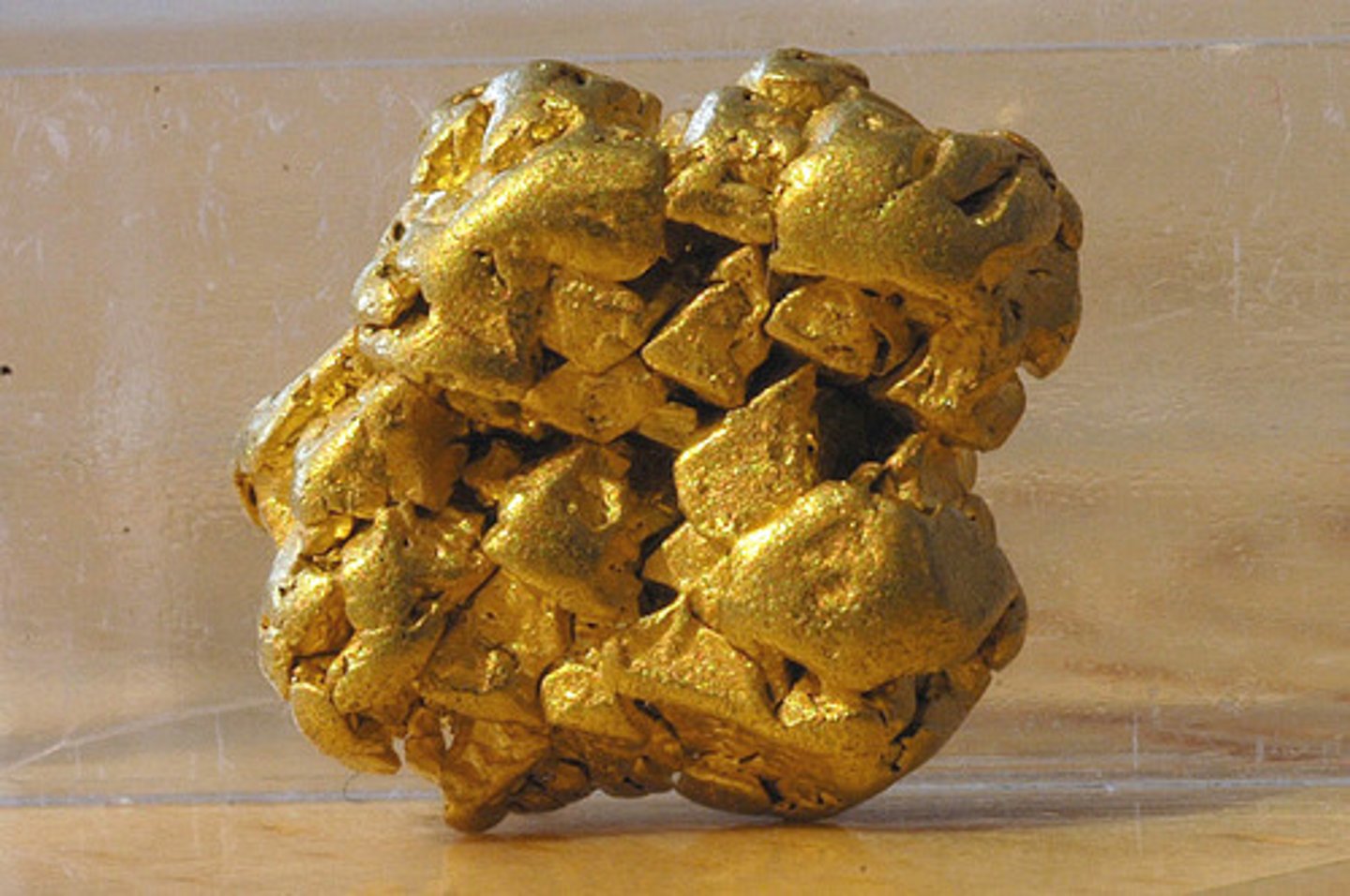
Graphite
Silver, shiny, soft, and leaves dark smudges on your hands.
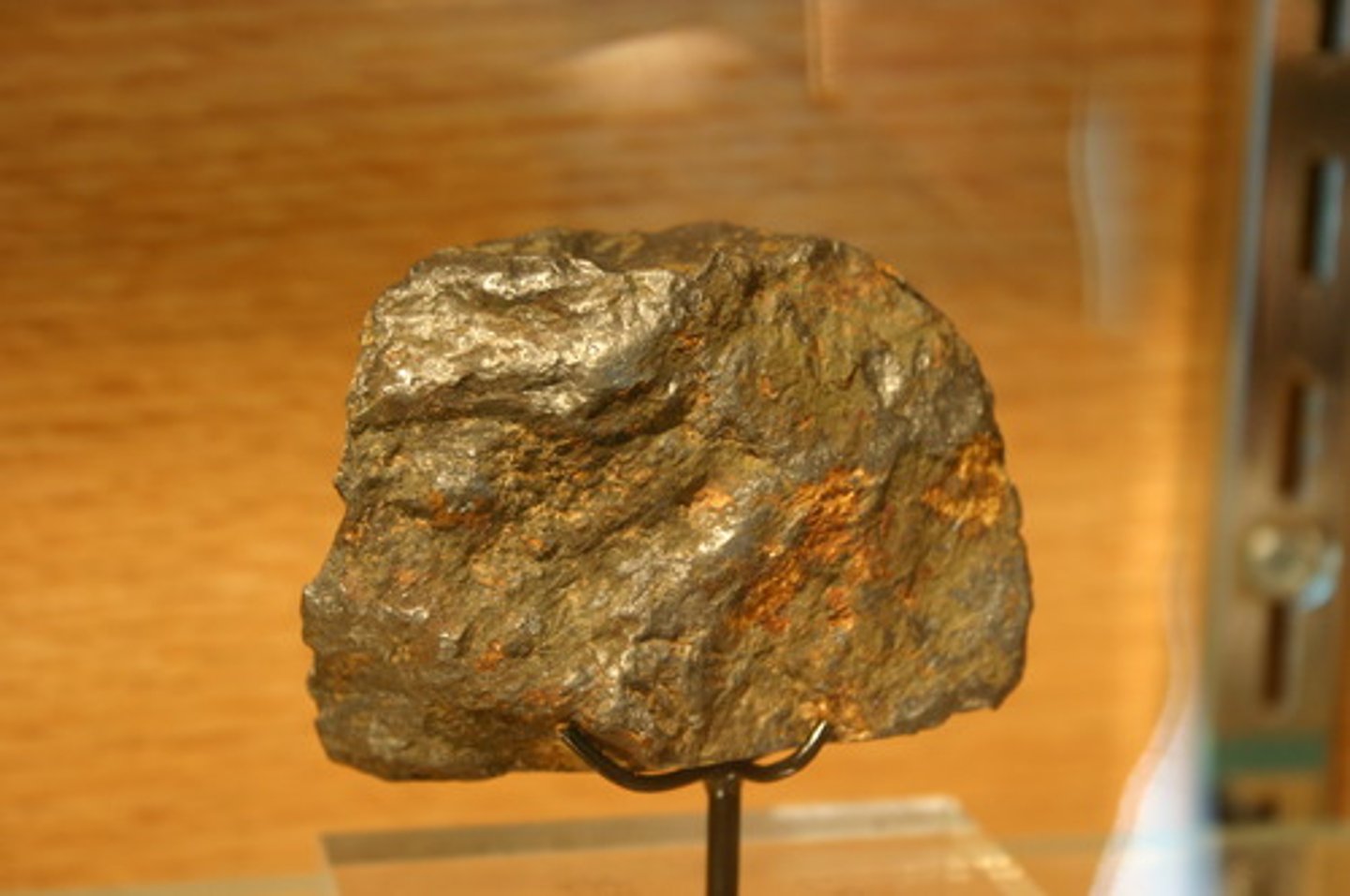
Gypsum [Alabaster]
White and opaque, very soft and easily scratched with your fingernail.
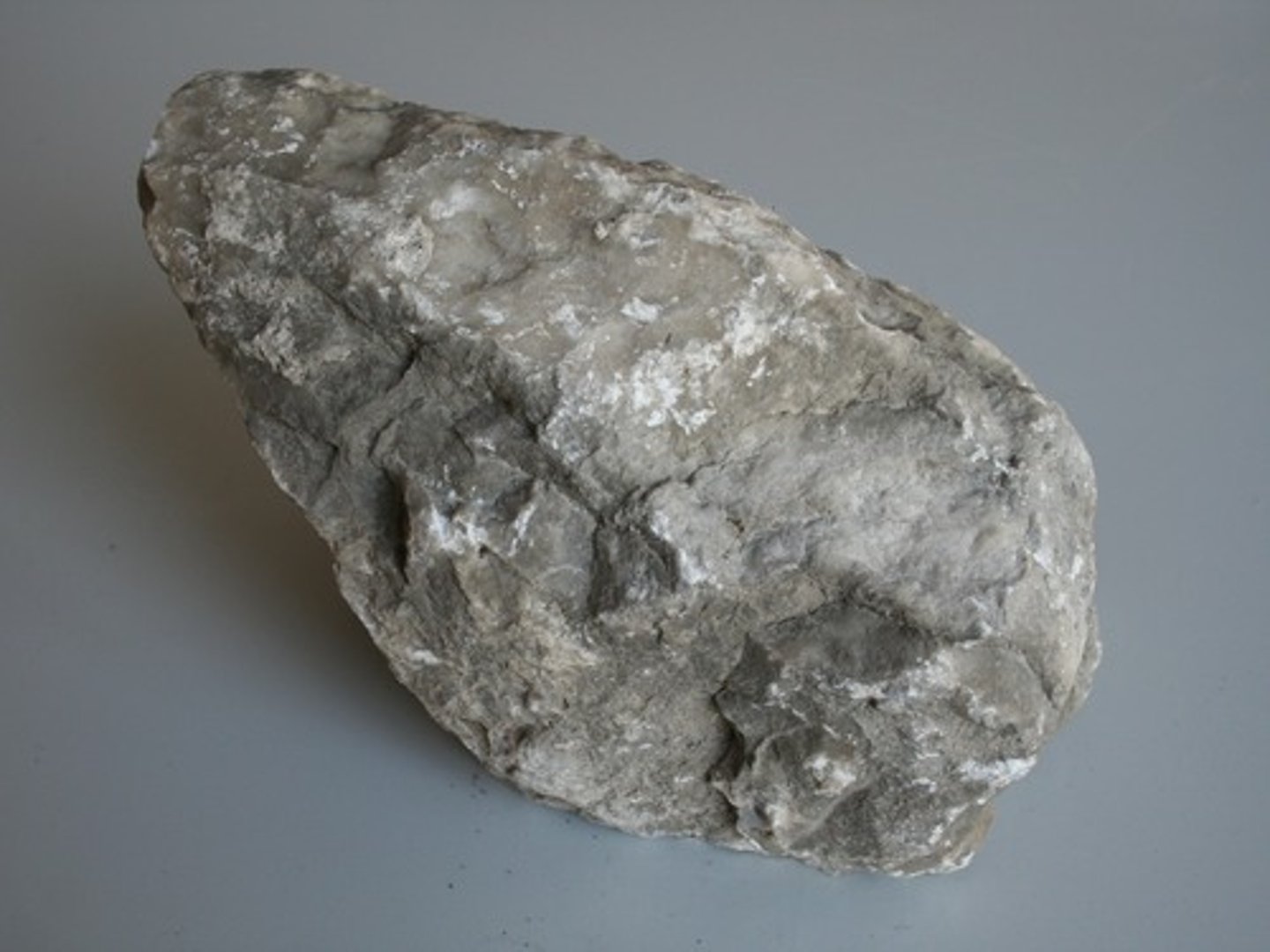
Gypsum [Satin-Spar]
White and fibrous, very soft and easily scratched with your fingernail
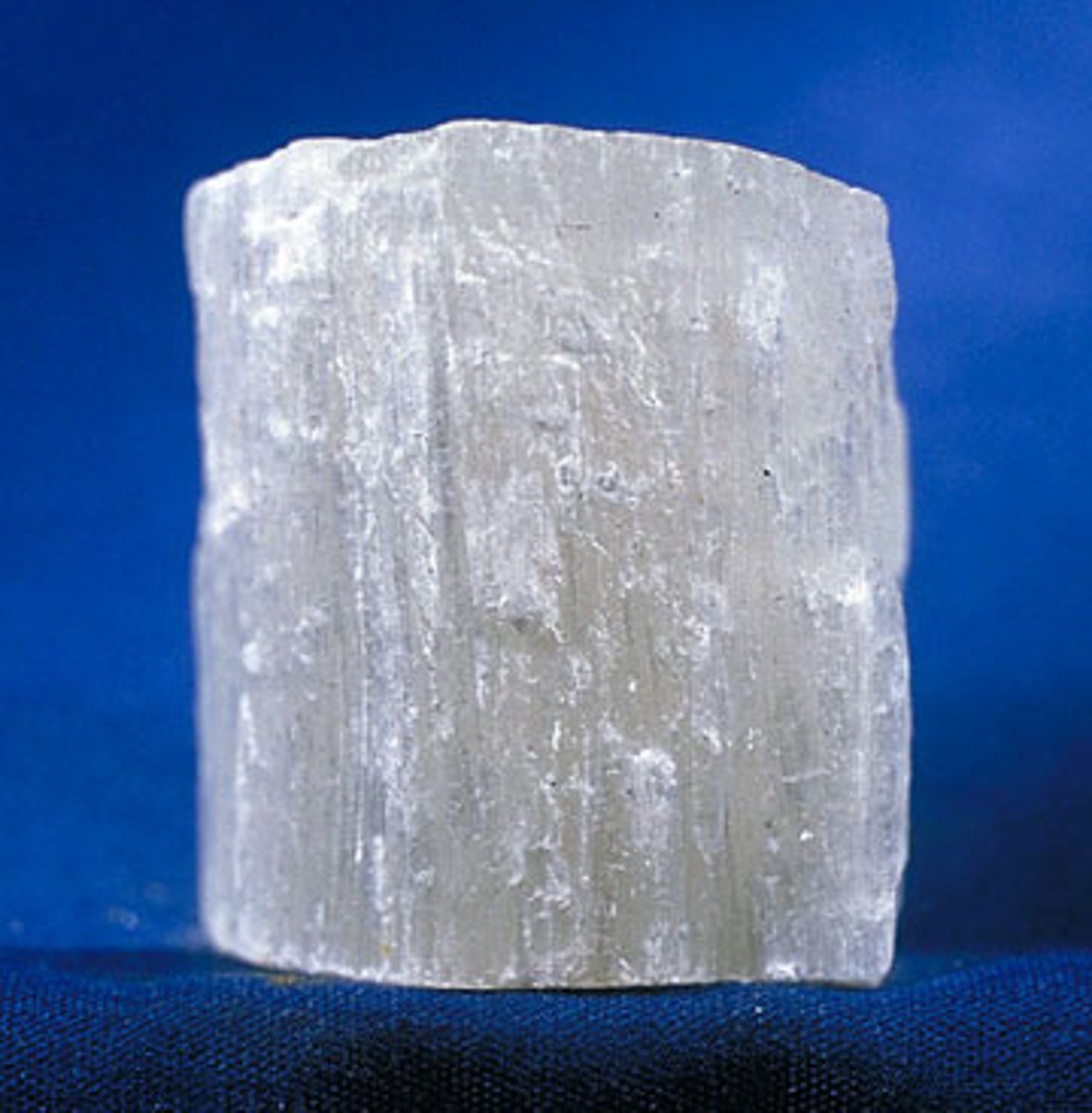
Gypsum [Selenite]
Transparent, very soft and easily scratched with your fingernail
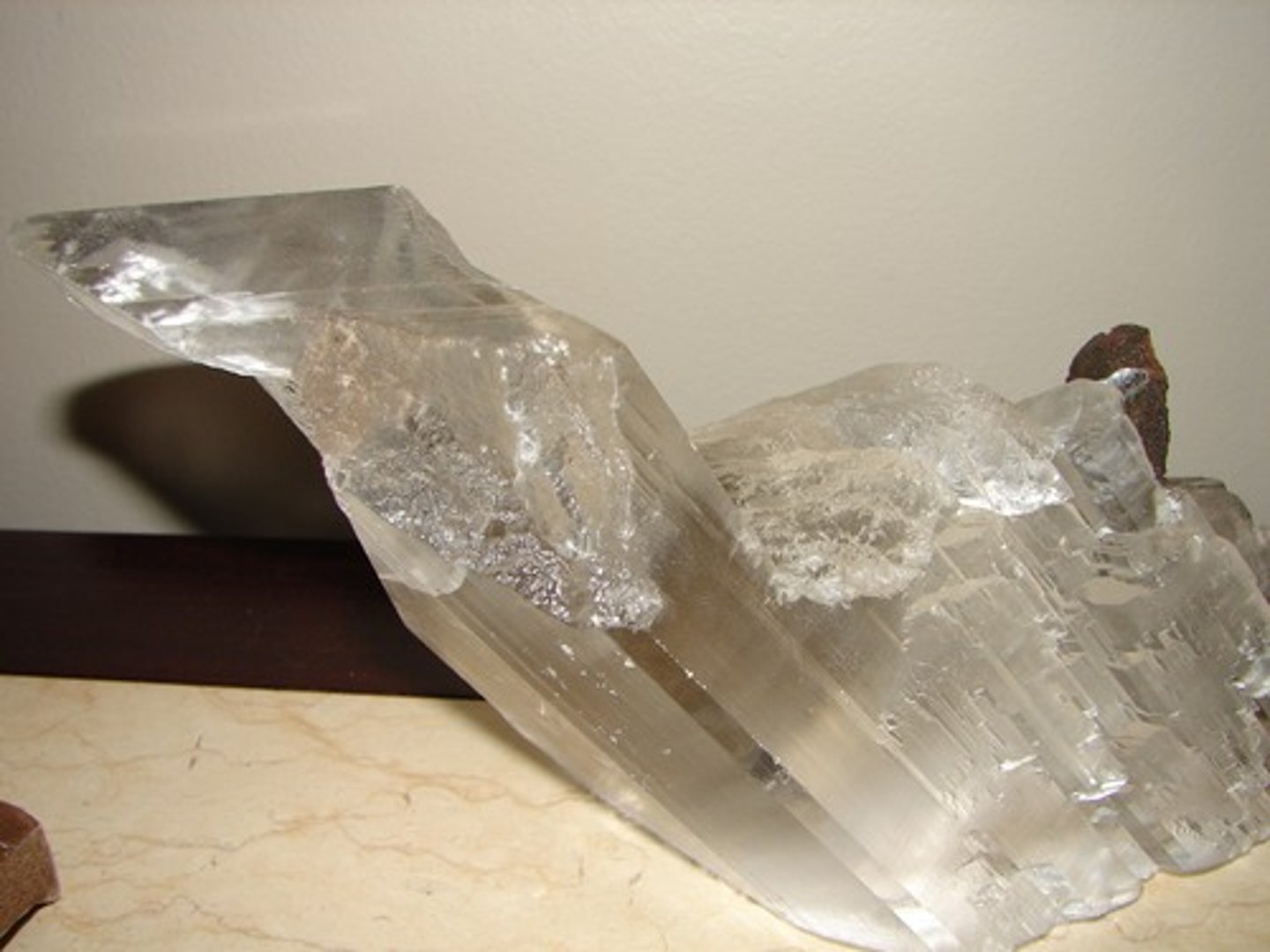
Halite
Rock salt.
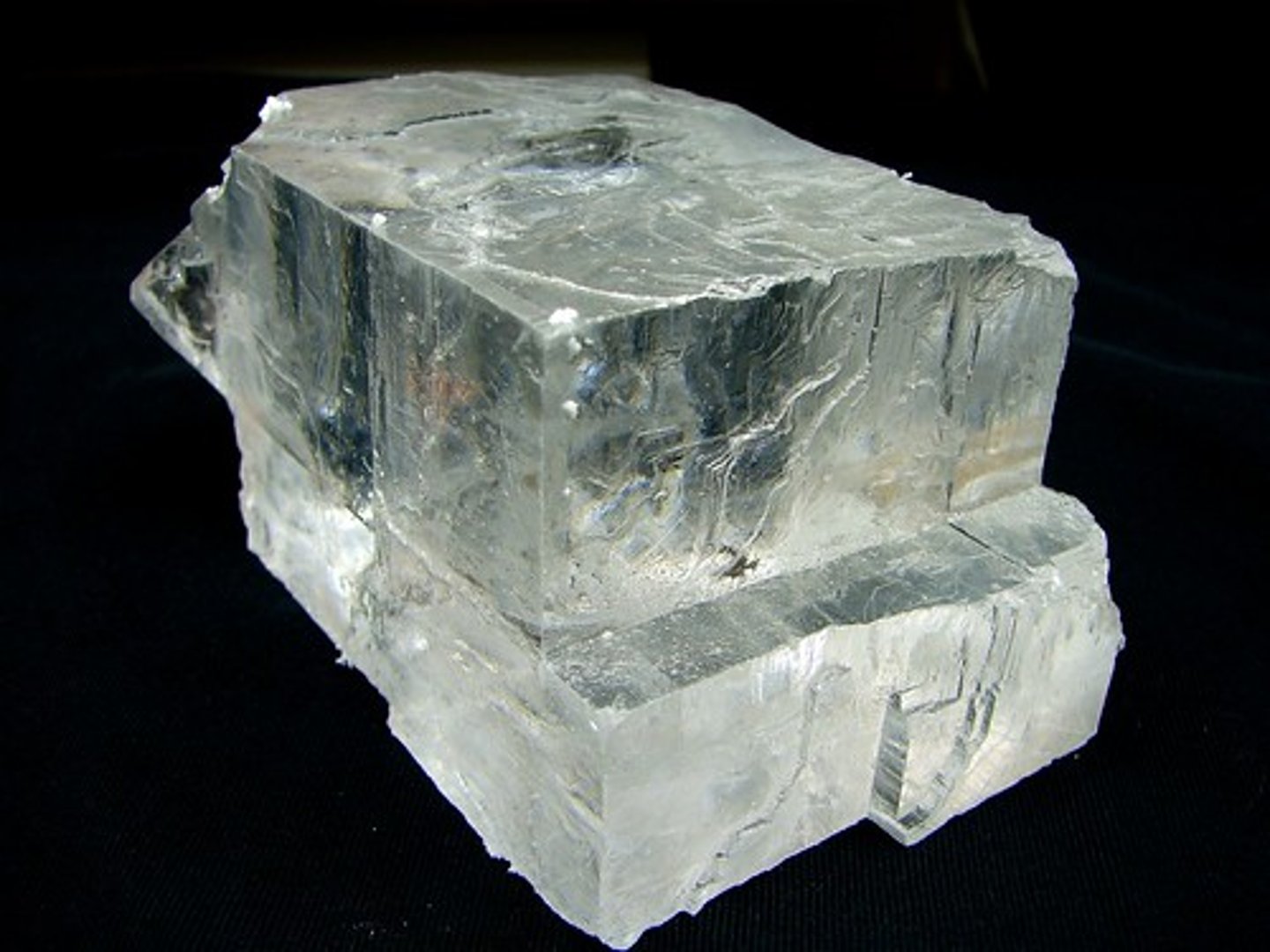
Hematite
Black and shiny, dark gray and dull, or rusty red, almost always cool to the touch. Streak- red.
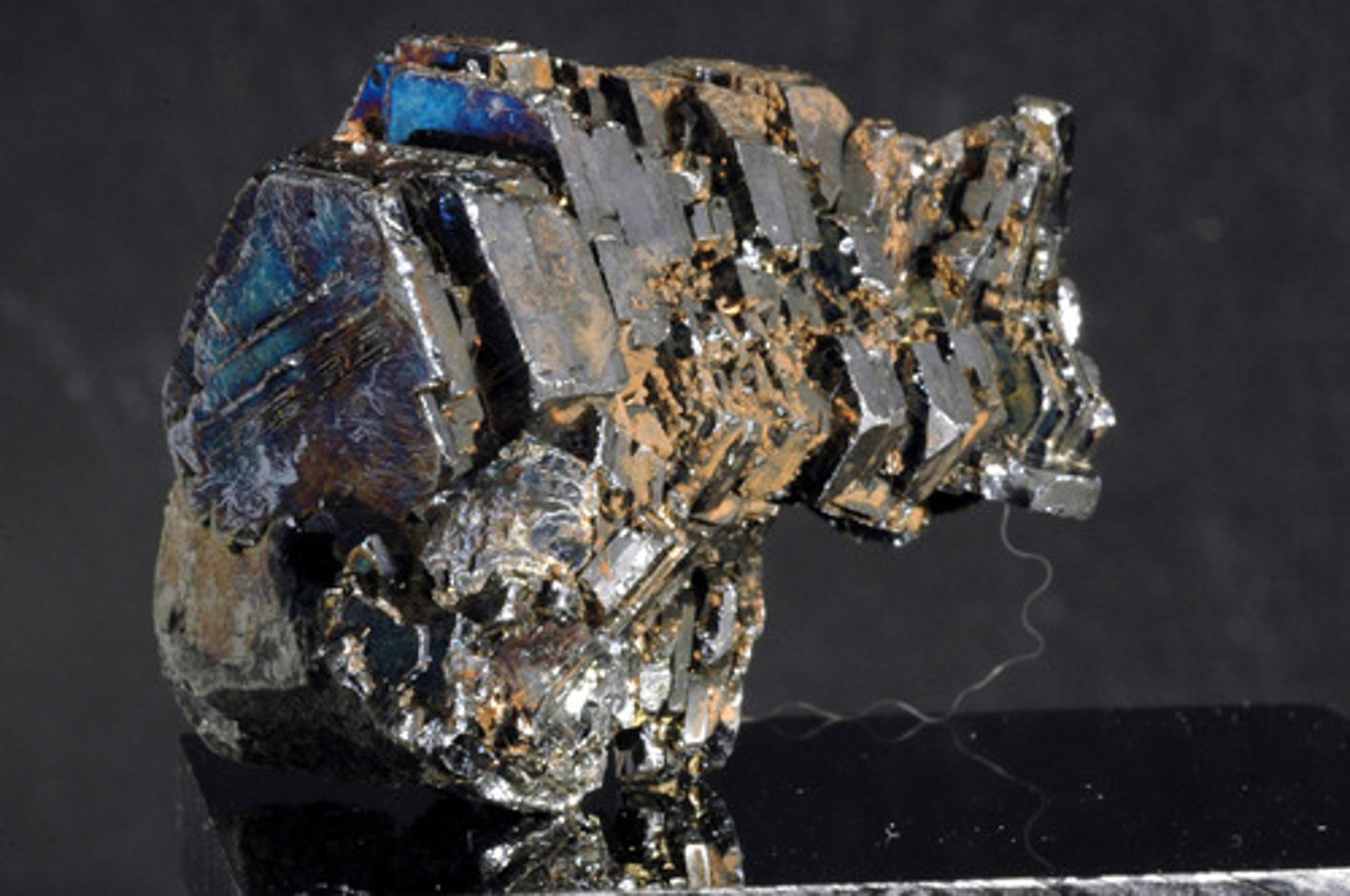
Hornblende
Black with short stubby crystals, and usually striated lengthwise. Vitreous.
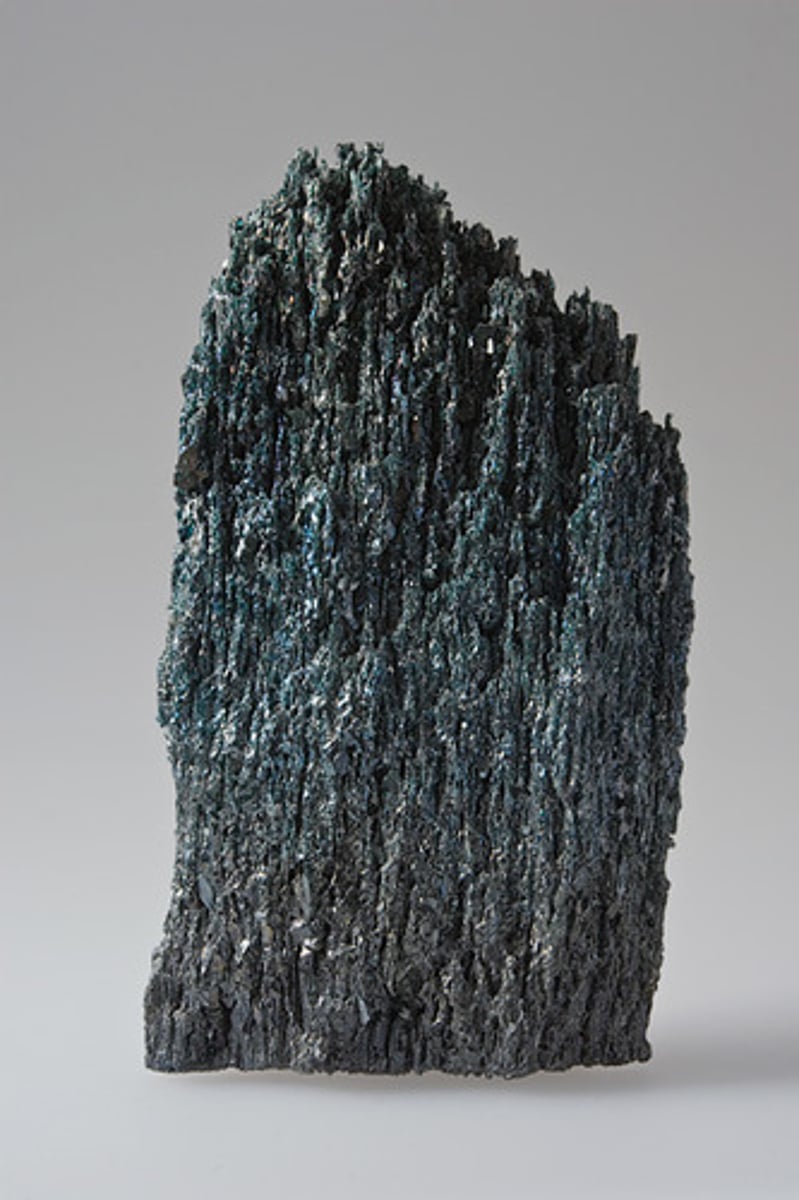
Kaolinite
Looks like chalk. No cleavage. White-gray to yellow-brown.
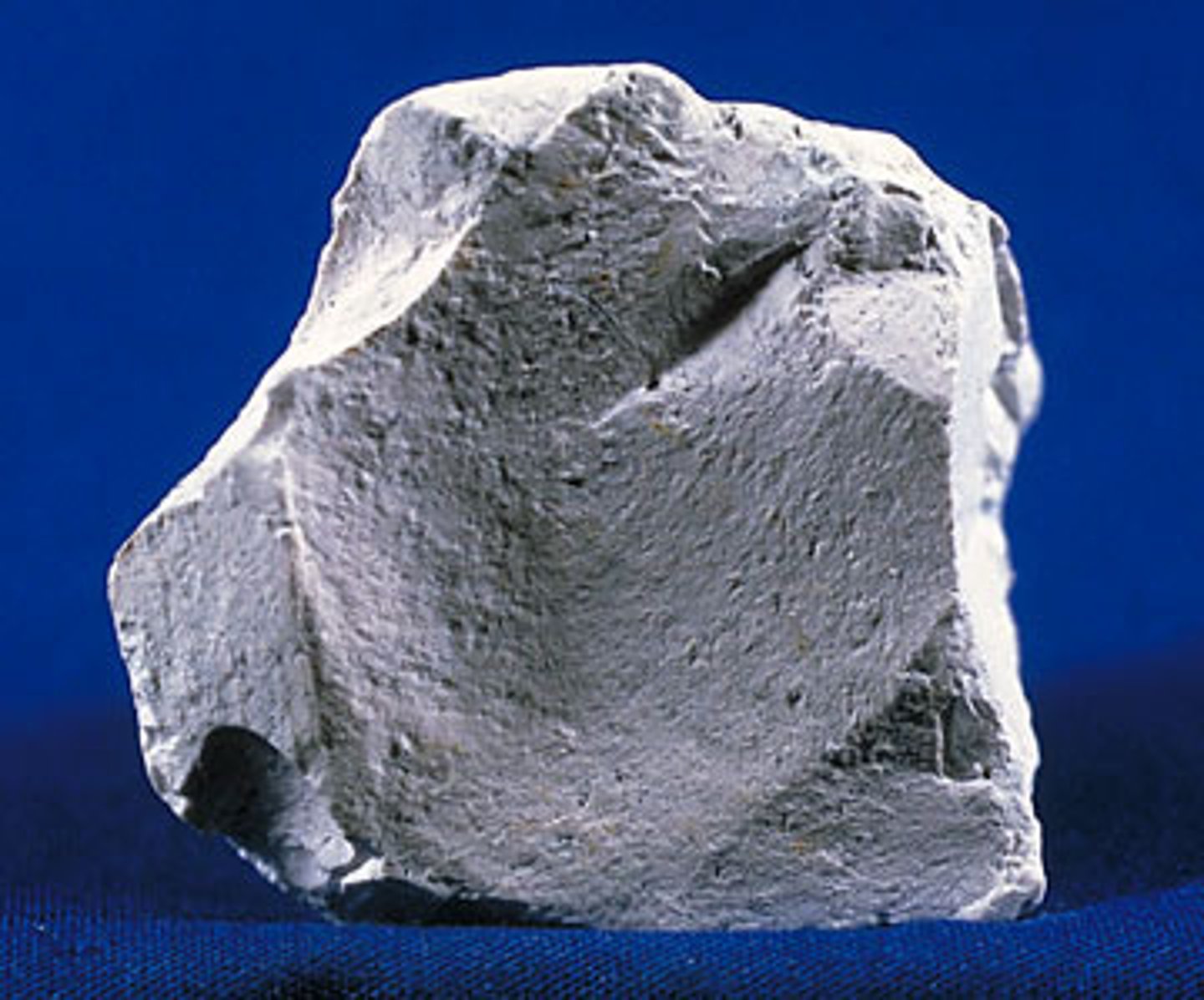
Lepidolite
Pink or lilac color, has darker purple dots, type of mica. Vitreous. Flaky.
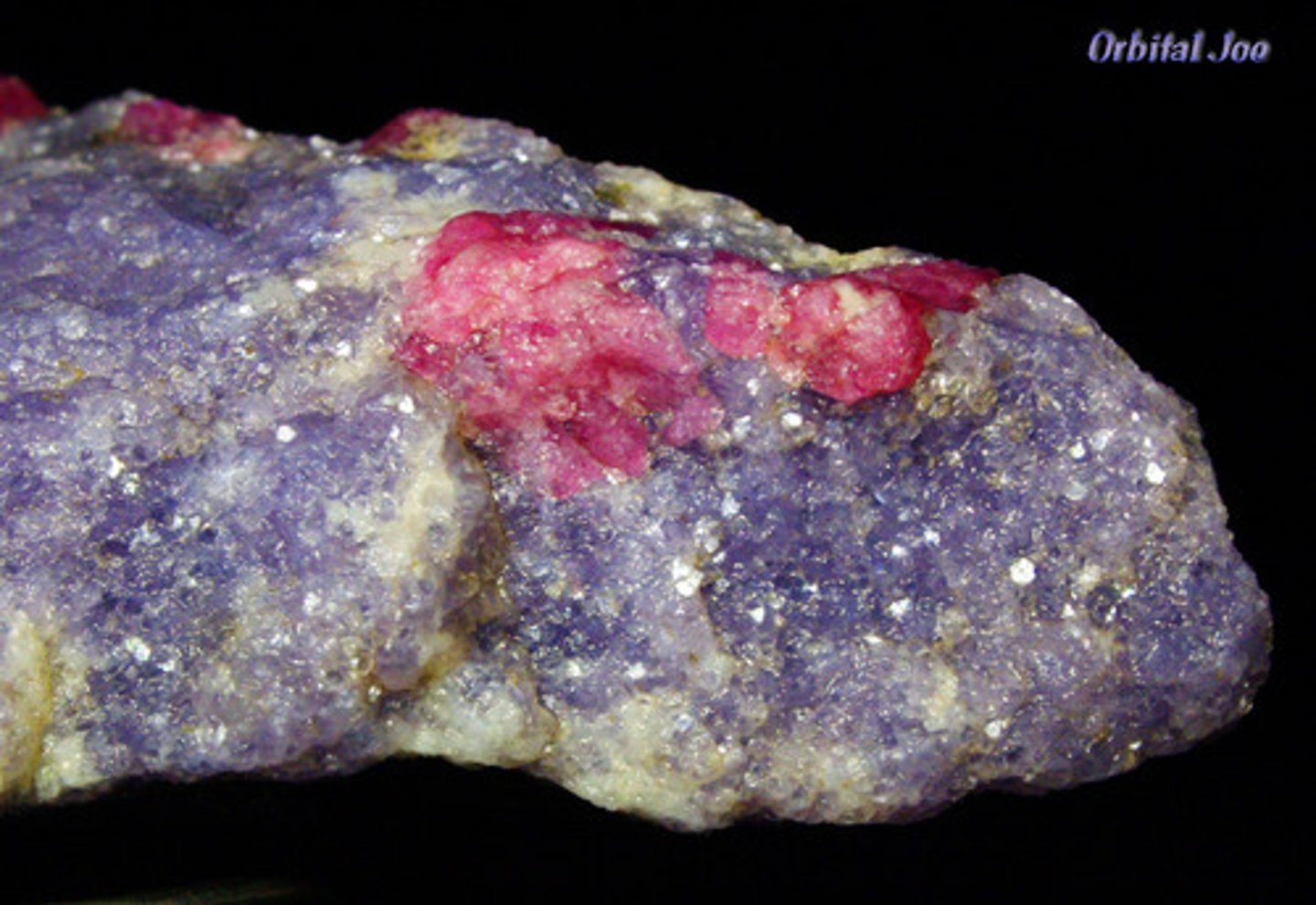
Magnetite
A lot like hematite, except magnetic. Gray or black streak.
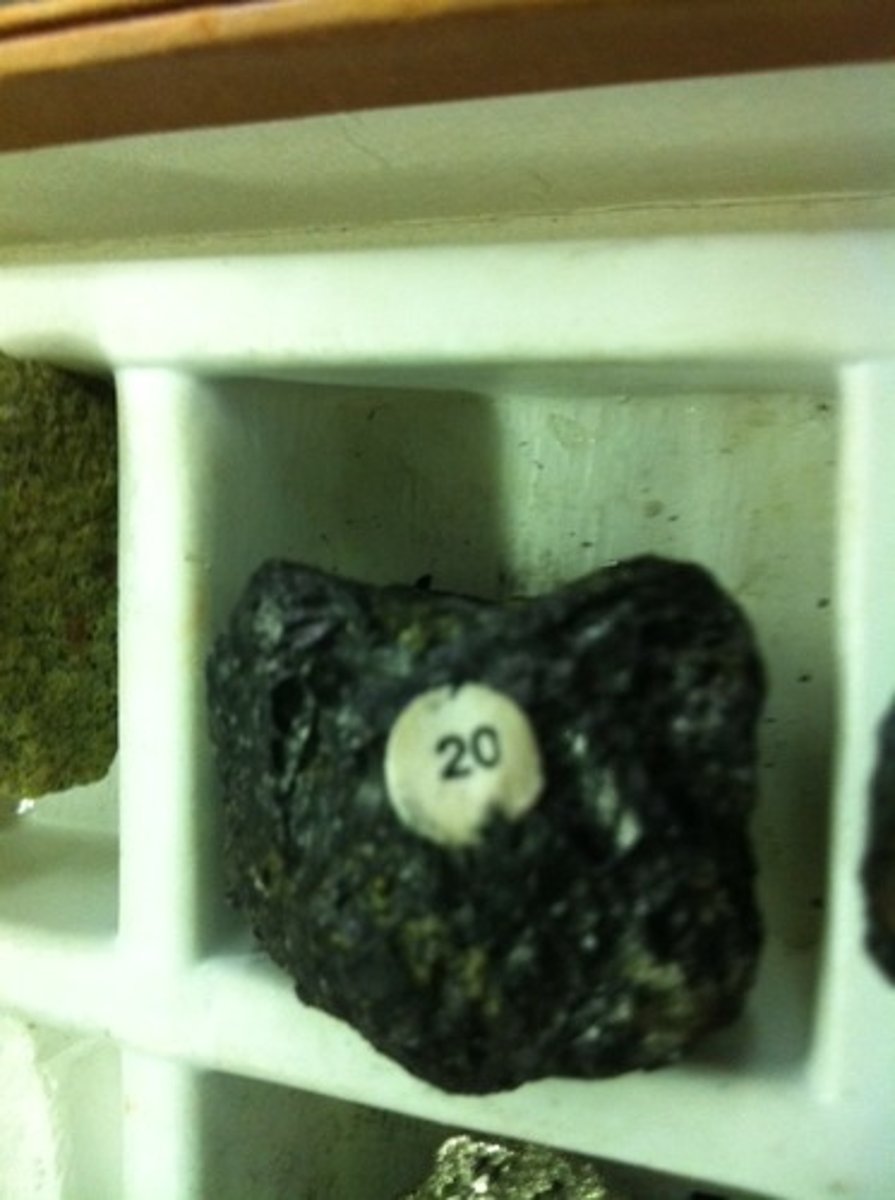
Malachite
Always green, with a green streak.
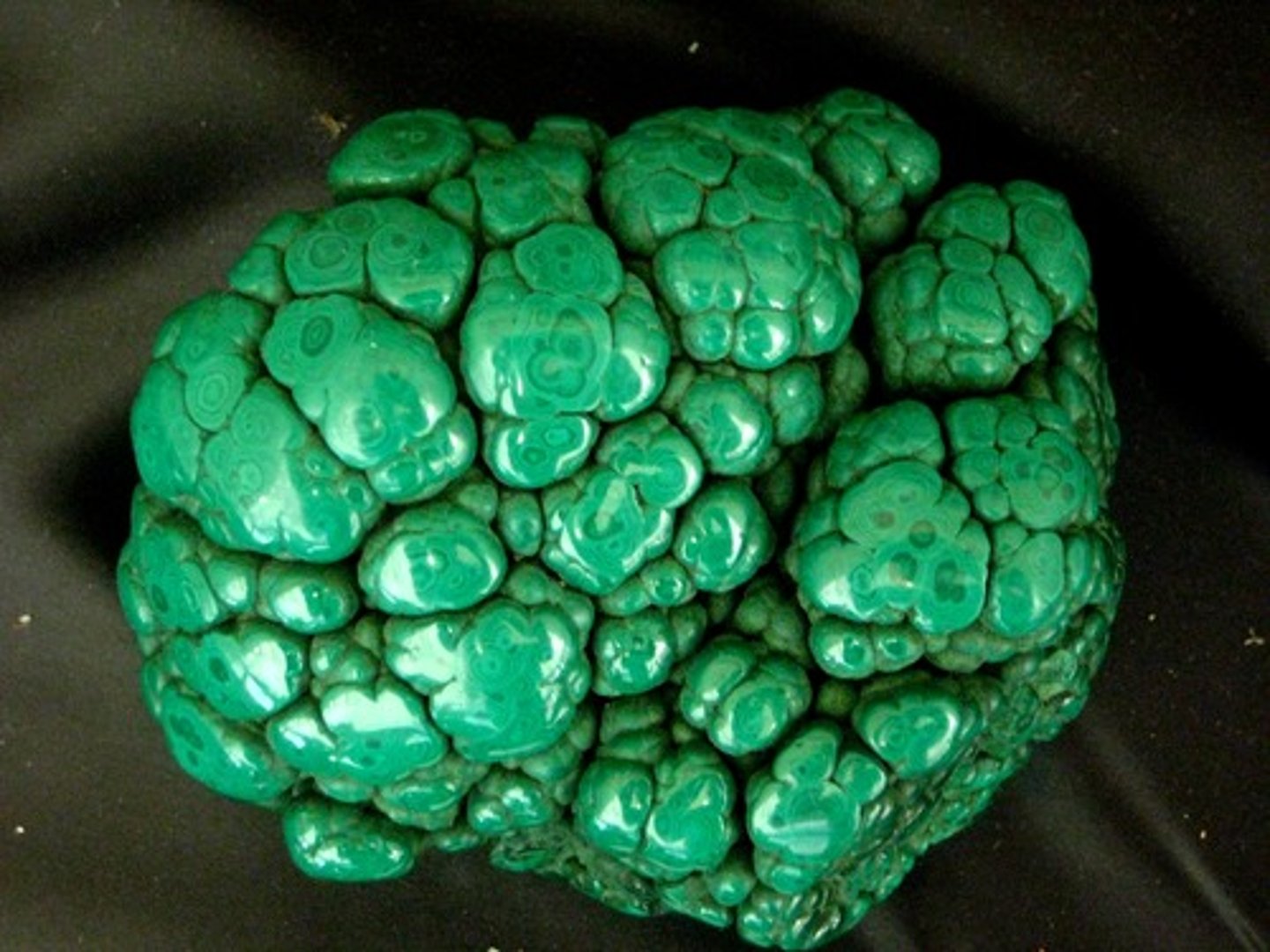
Muscovite
White, yellow, or tan mica. Thin and platy.
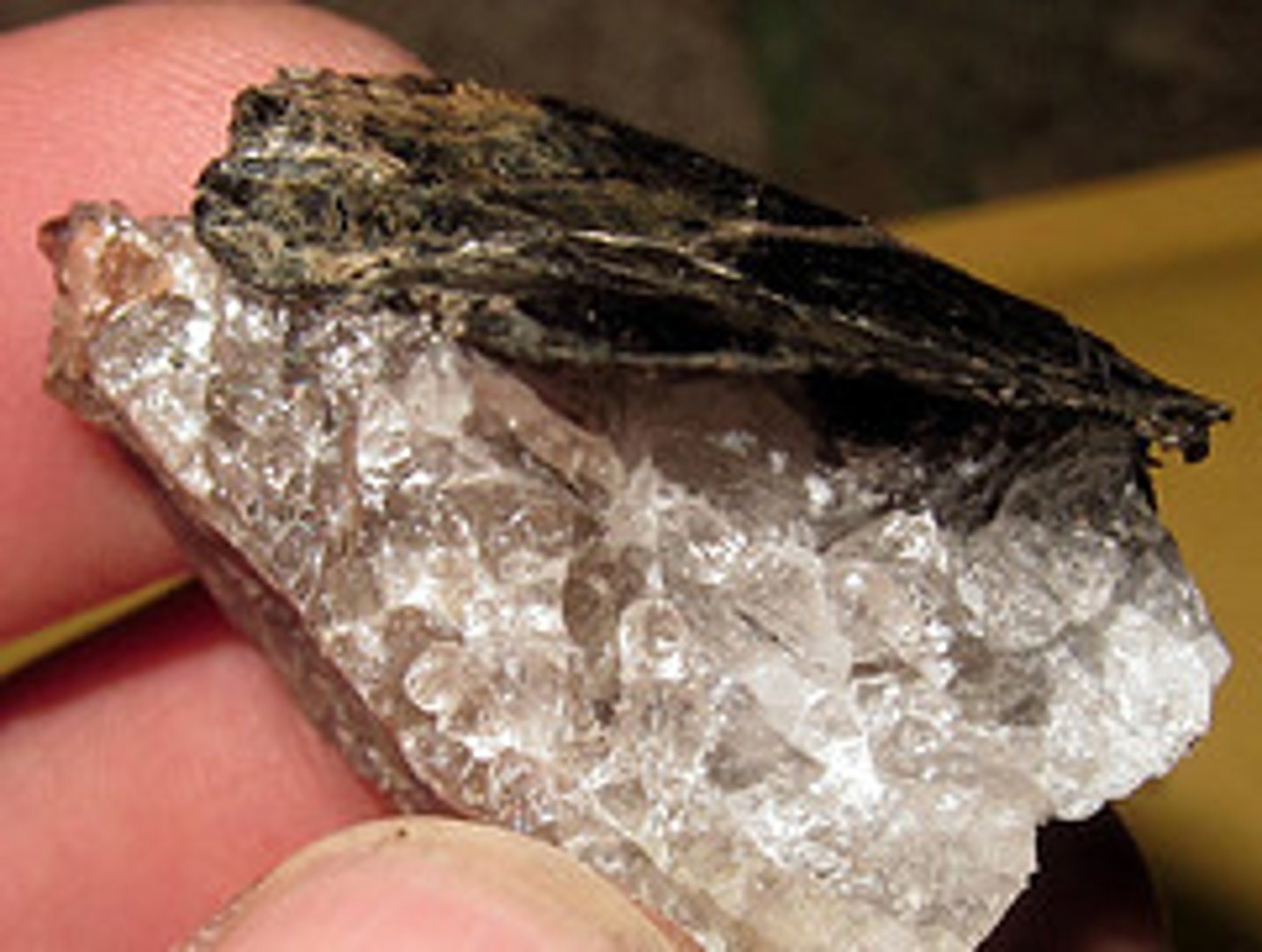
Olivine
Light green or yellowish-green.
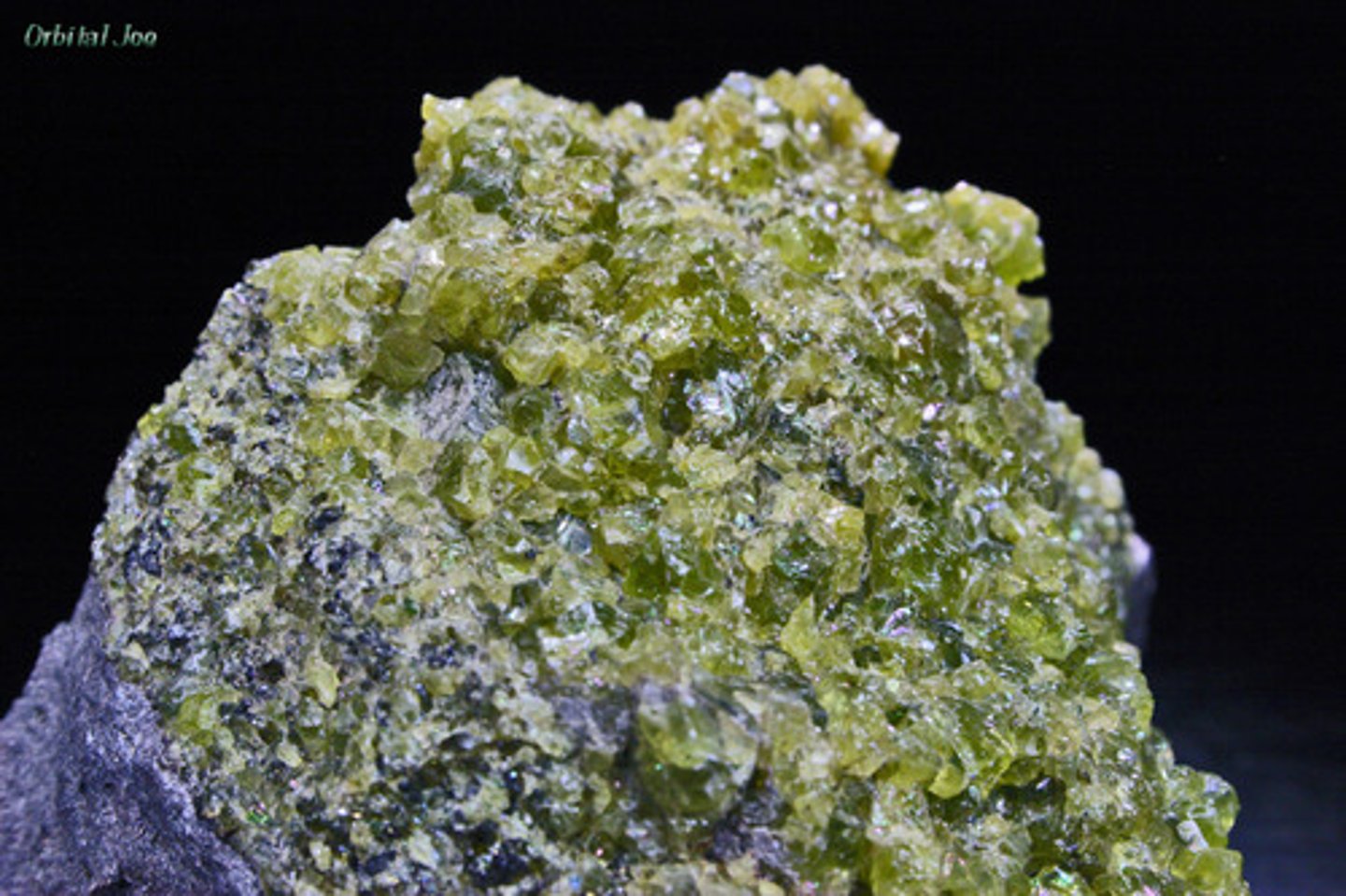
Opal
white and opaque with a greasy or waxy luster. Iridescent.
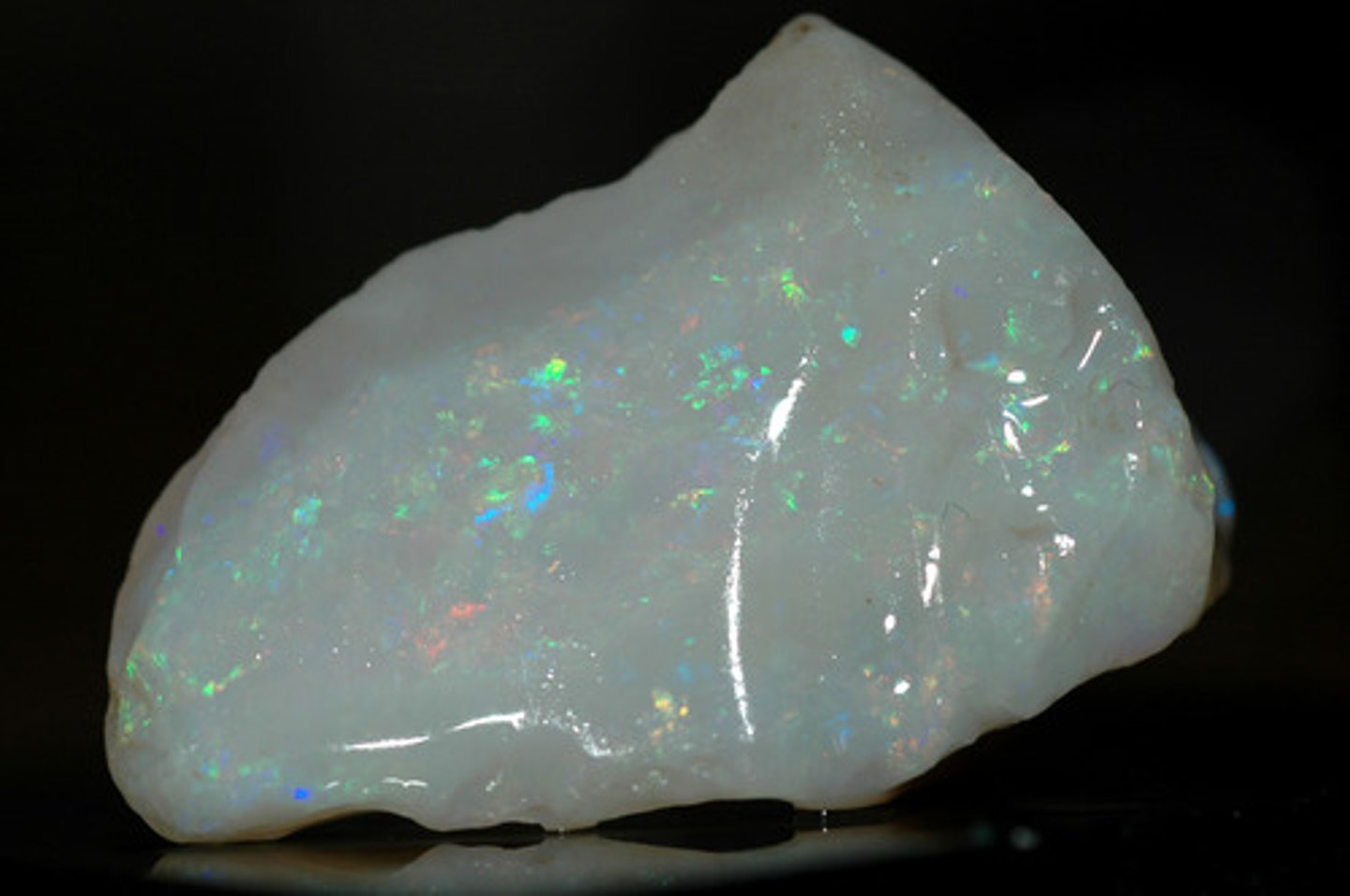
Pyrite
Fool's gold, often found in cubic or hexagonal crystals, blackish green streak.
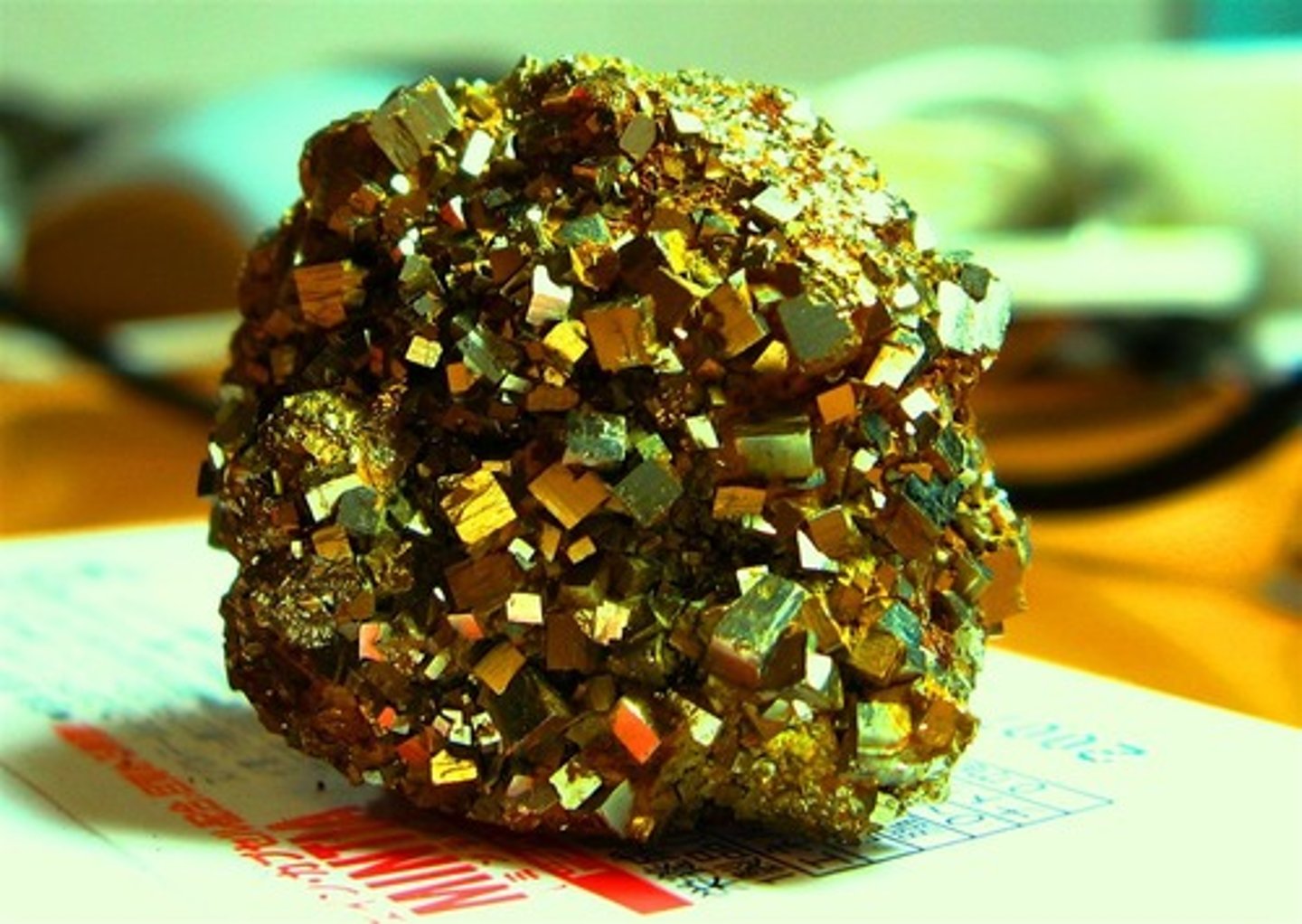
Quartz [Agate/Onyx]
Grey, black or brown and is banded.
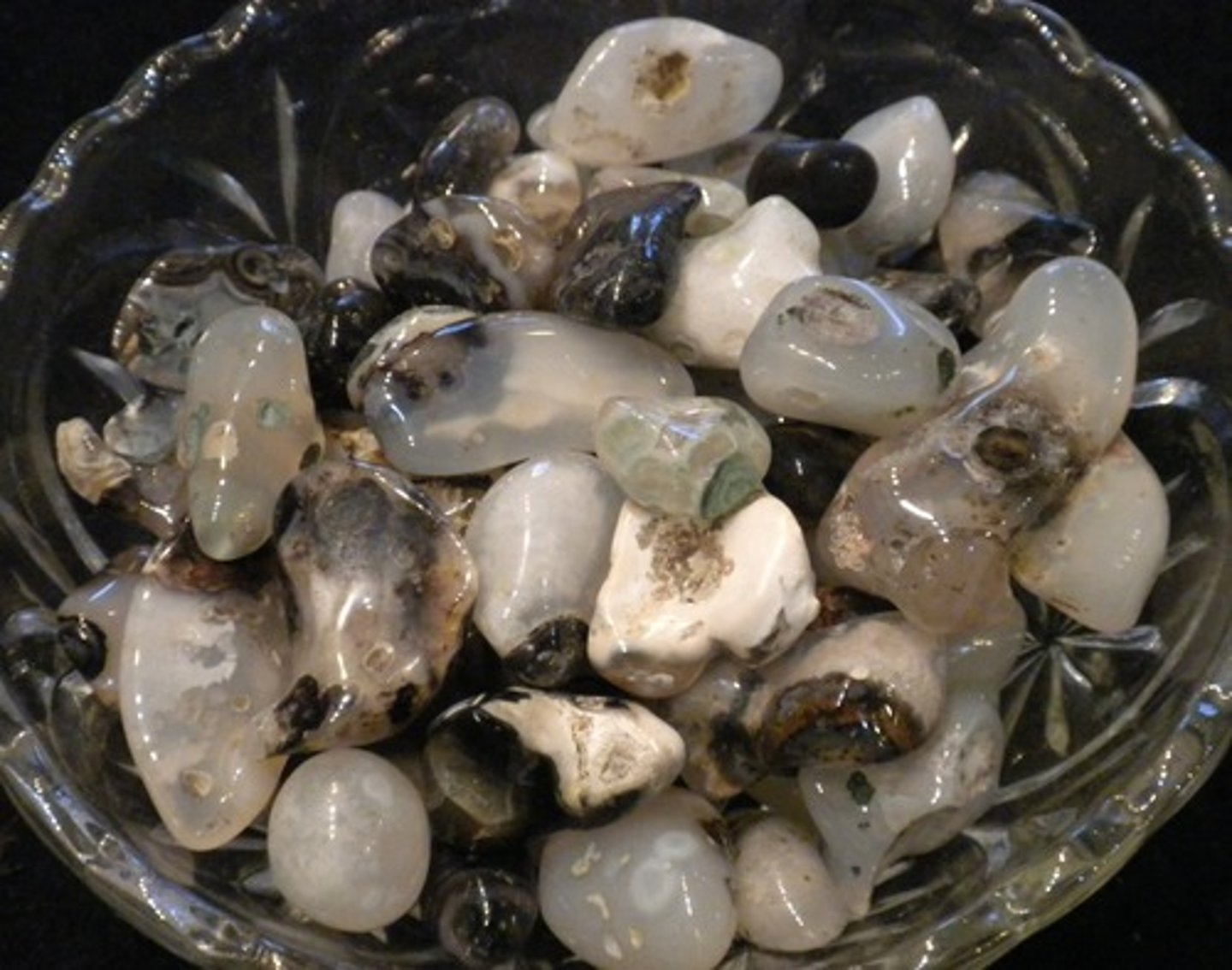
Quartz [Amethyst]
Purple and transparent.
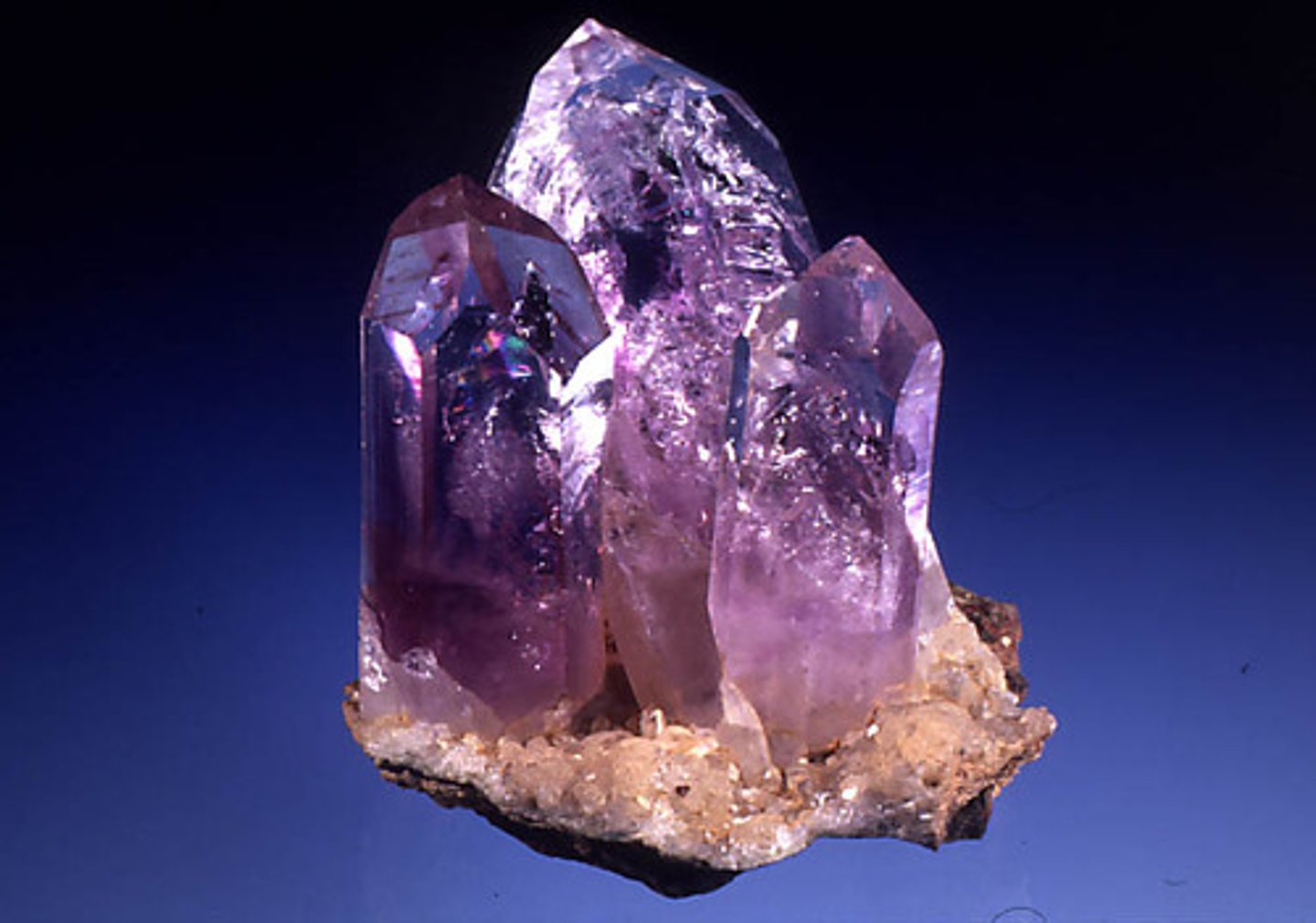
Quartz [Chalcedony]
Waxy, transparent grey.
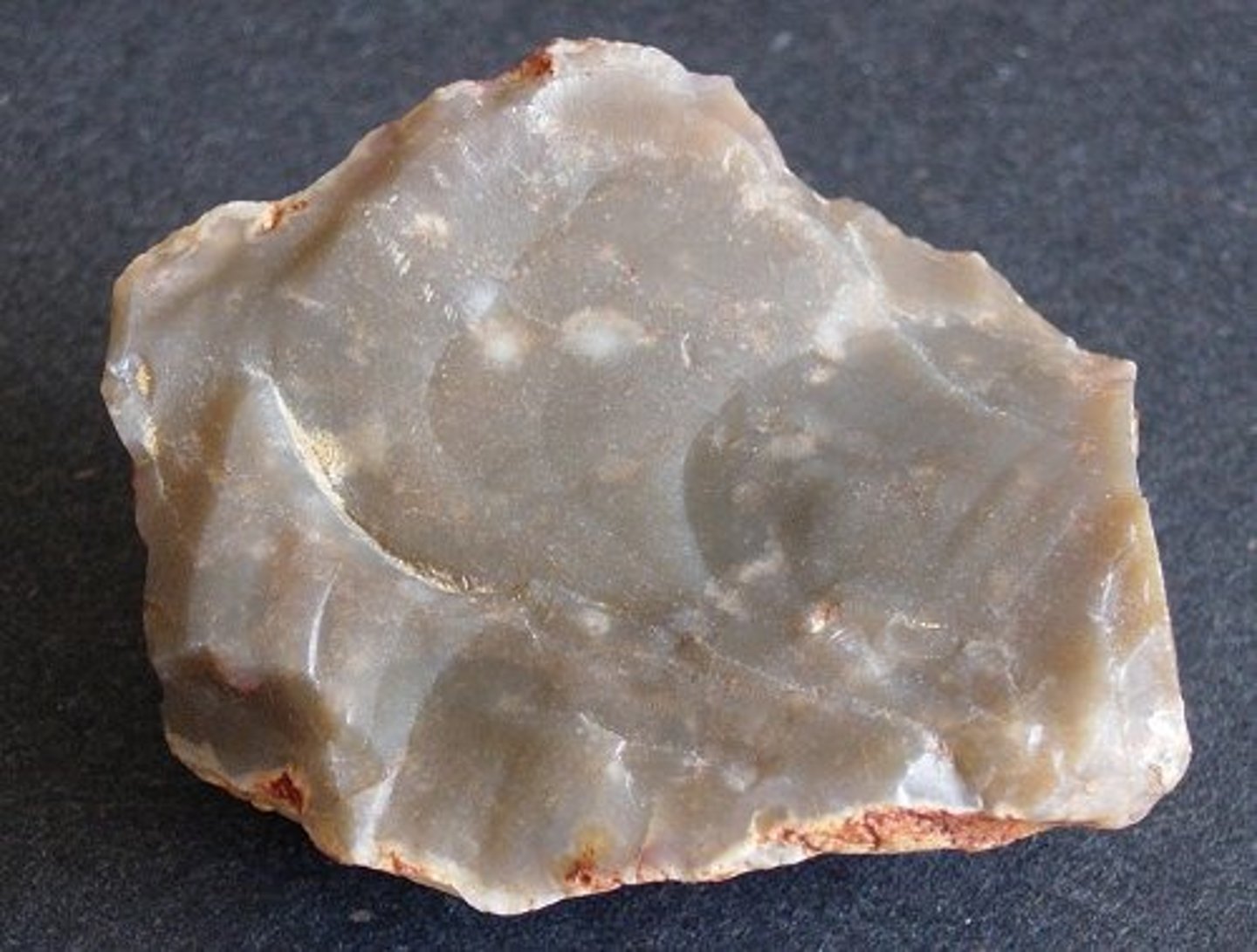
Quartz [Citrine]
Yellow or orange and transparent.
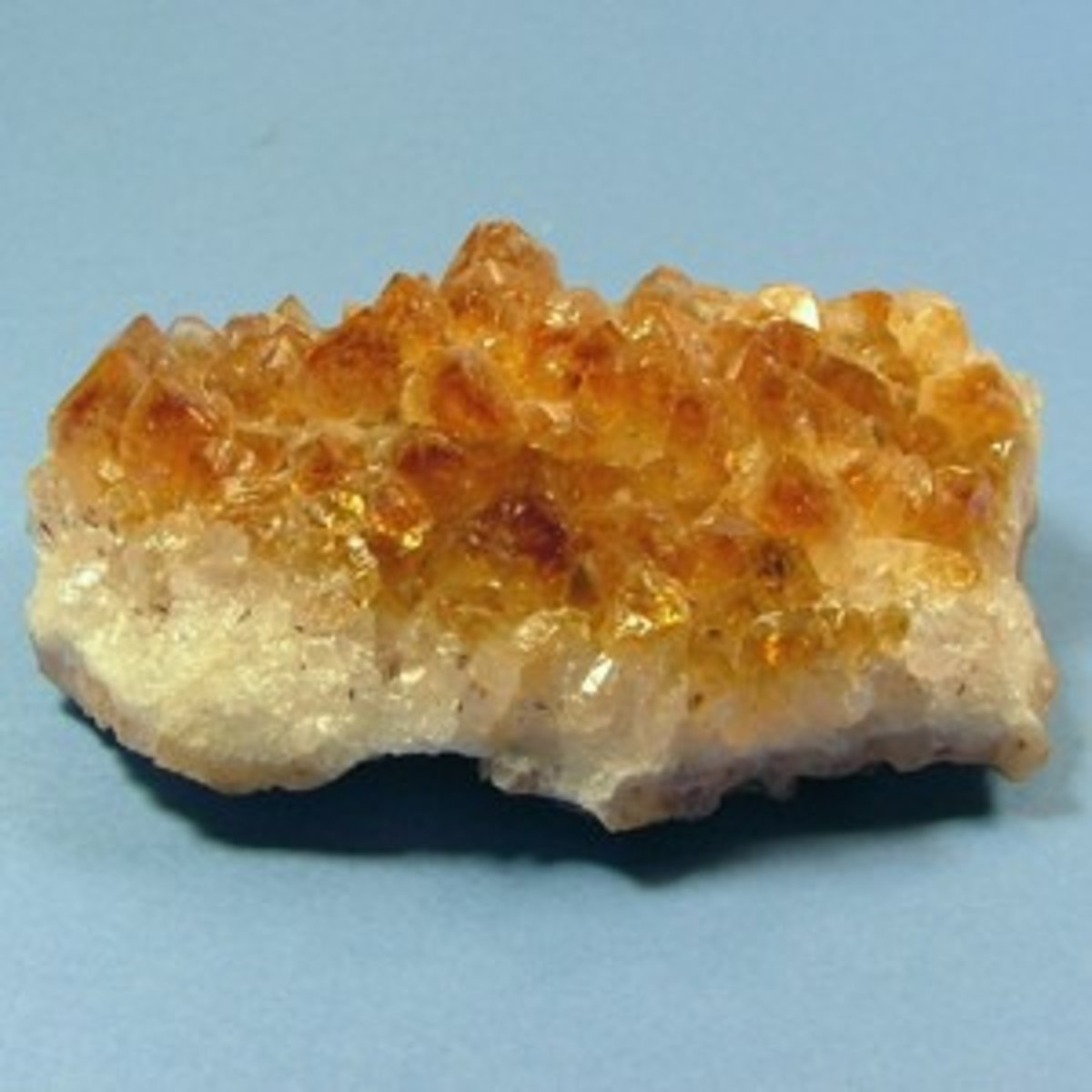
Quartz [Crystal]
Colorless and transparent.
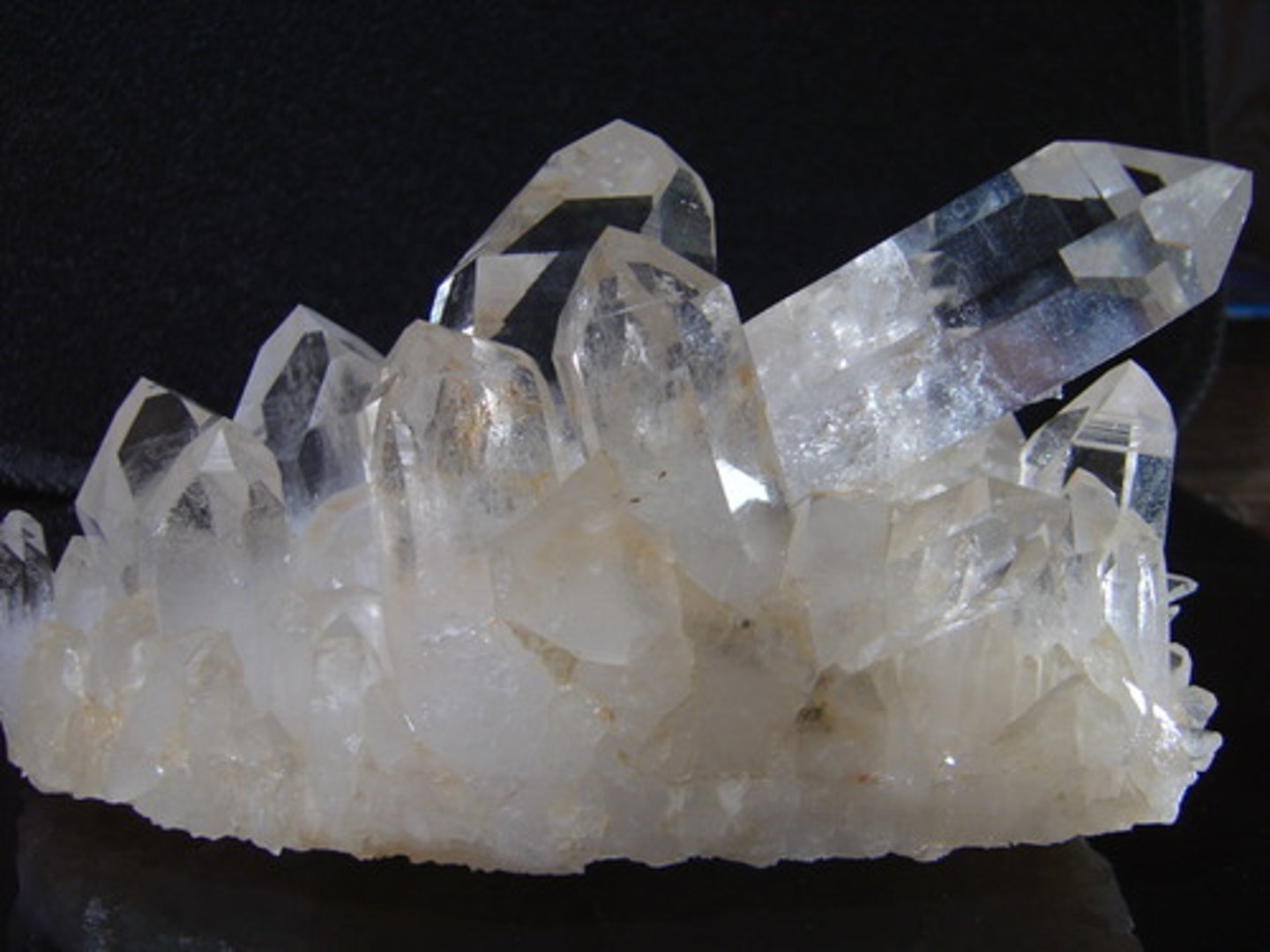
Quartz [Jasper]
Orange or red and opaque.
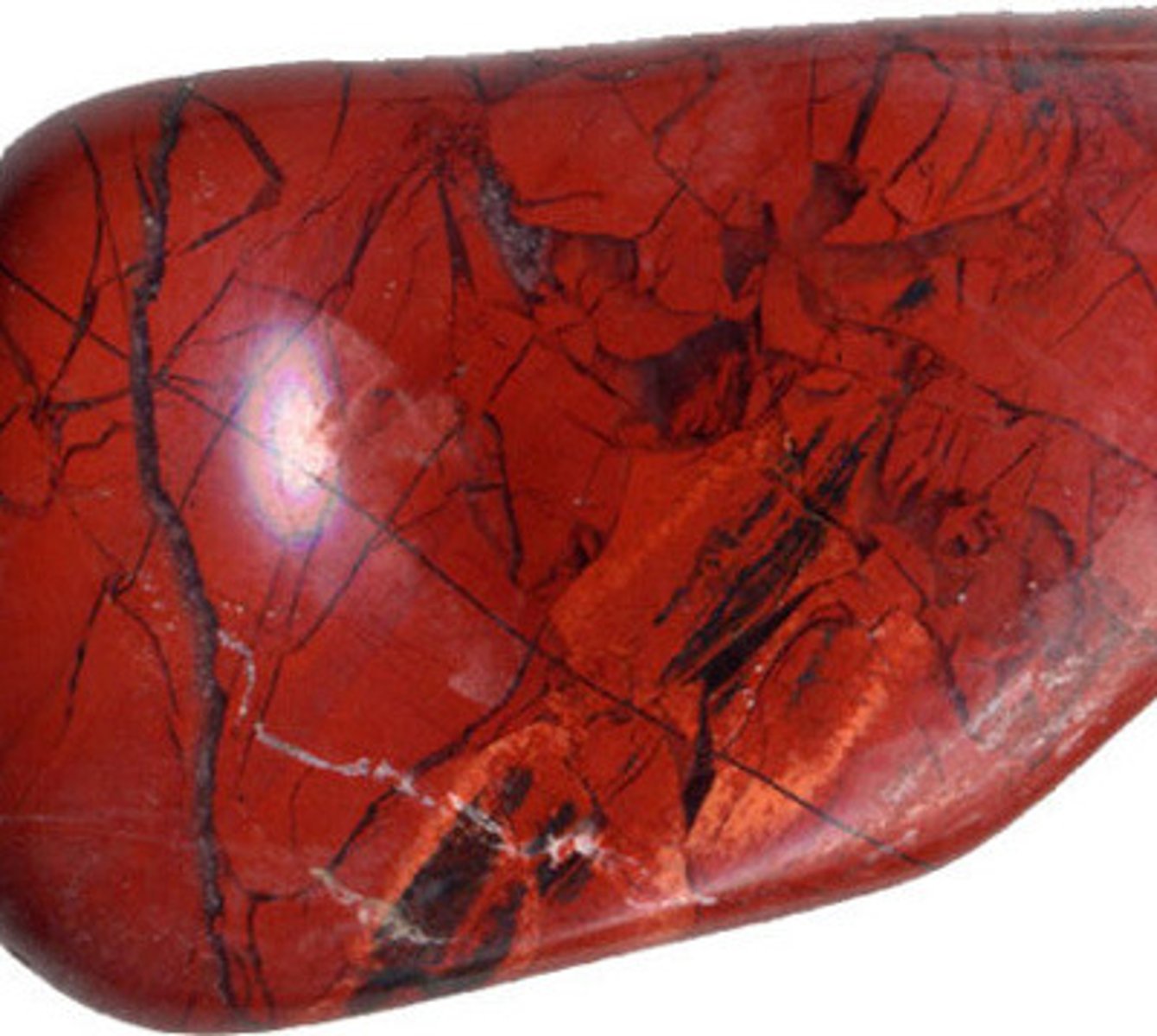
Quartz [Milky]
Crystalline but white or light tan.
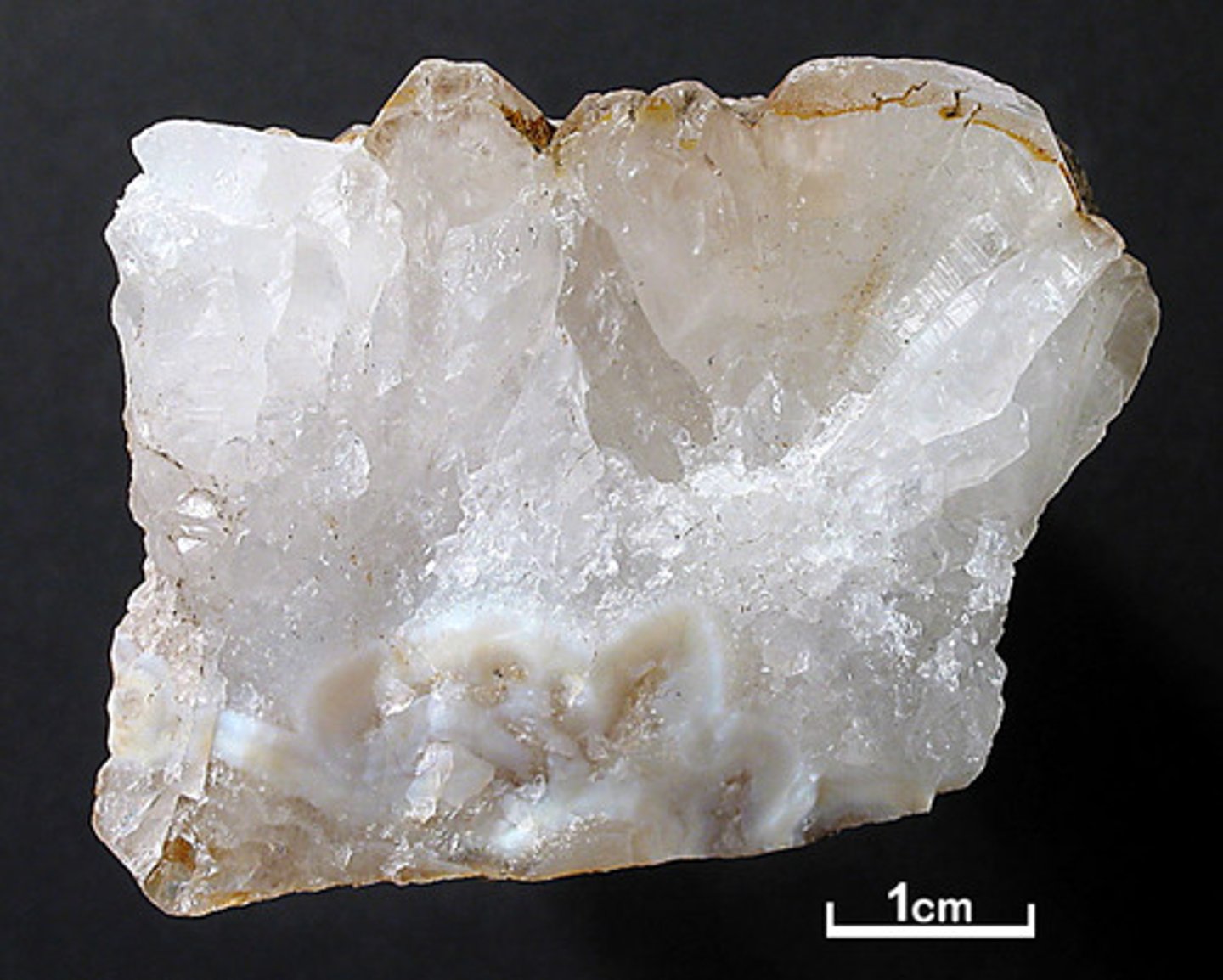
Quartz [Rose]
Pale pink.
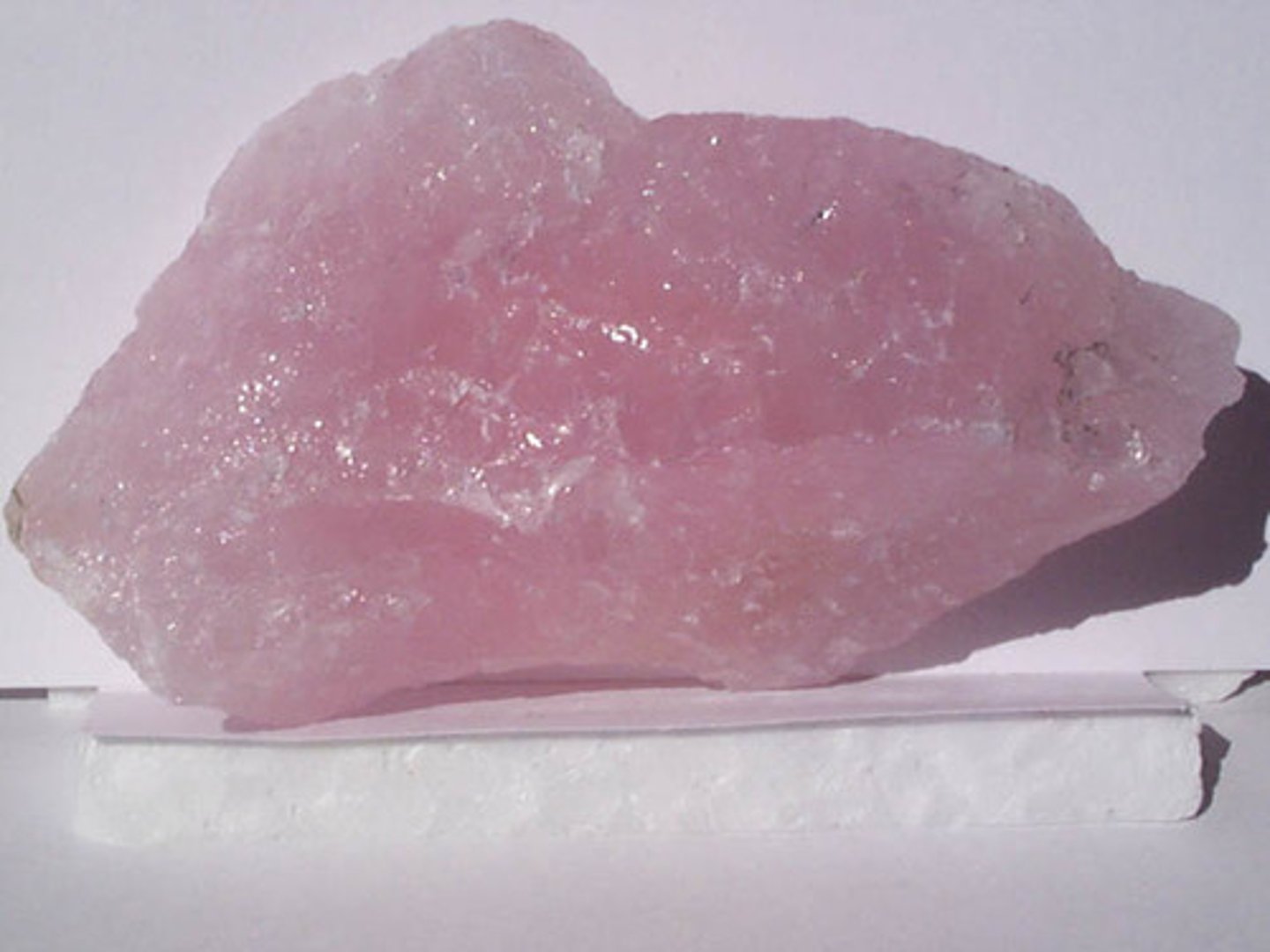
Rhodonite
All shades of pink and red.
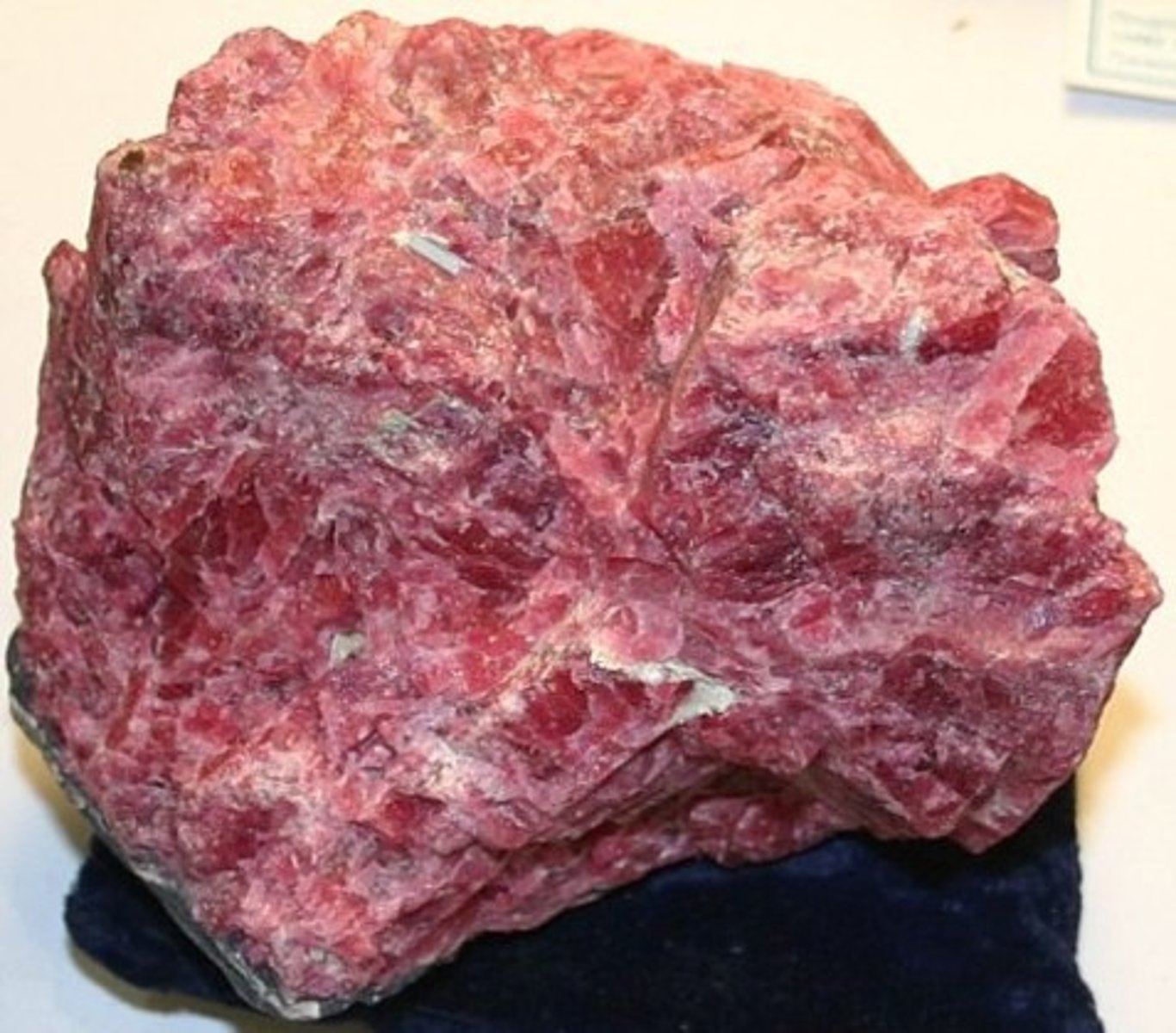
Silver
Metallic silver color. Soft. Metallic. Conductive.
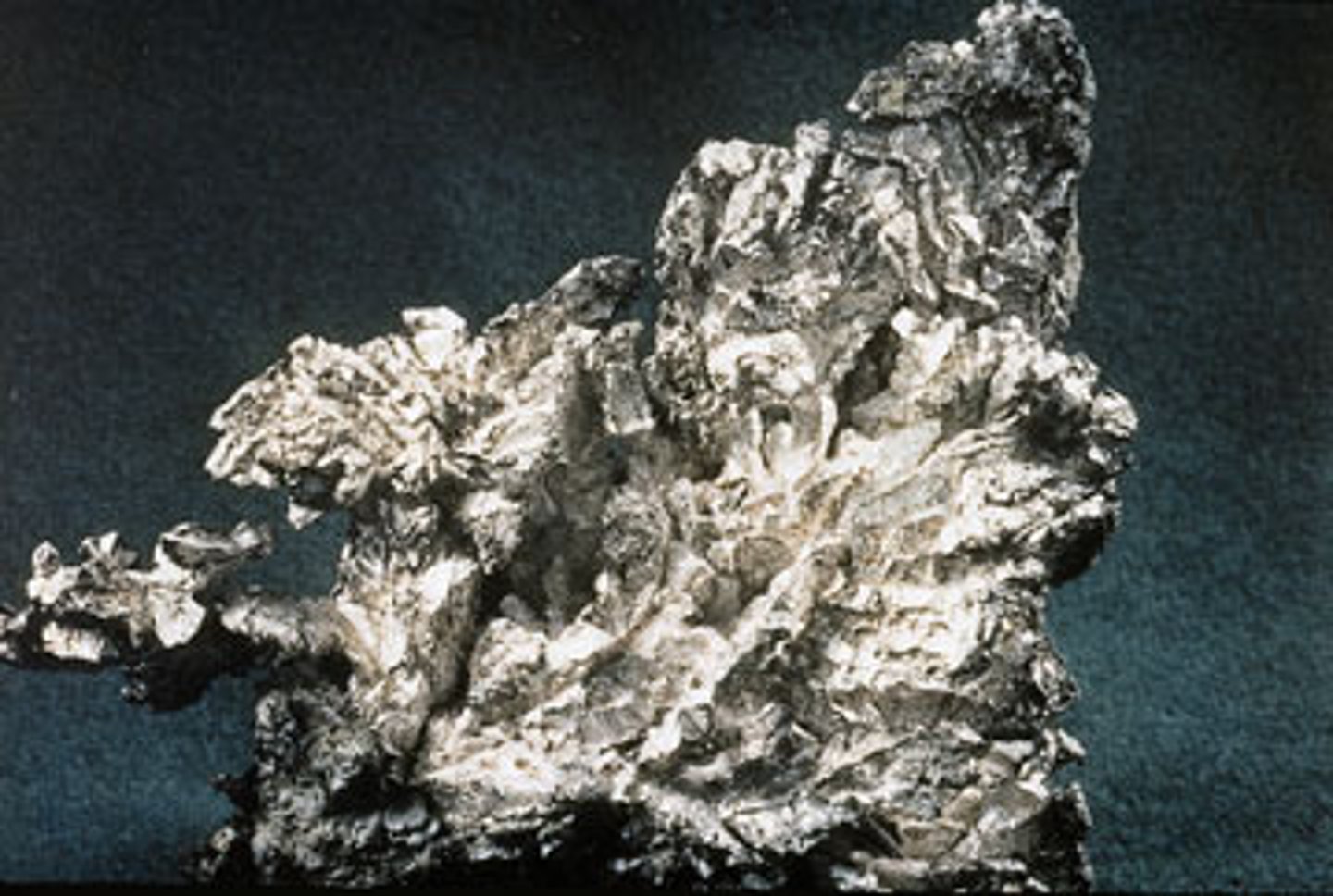
Sodalite
Always blue, but usually a very dark, mottled blue. Colorless streak.
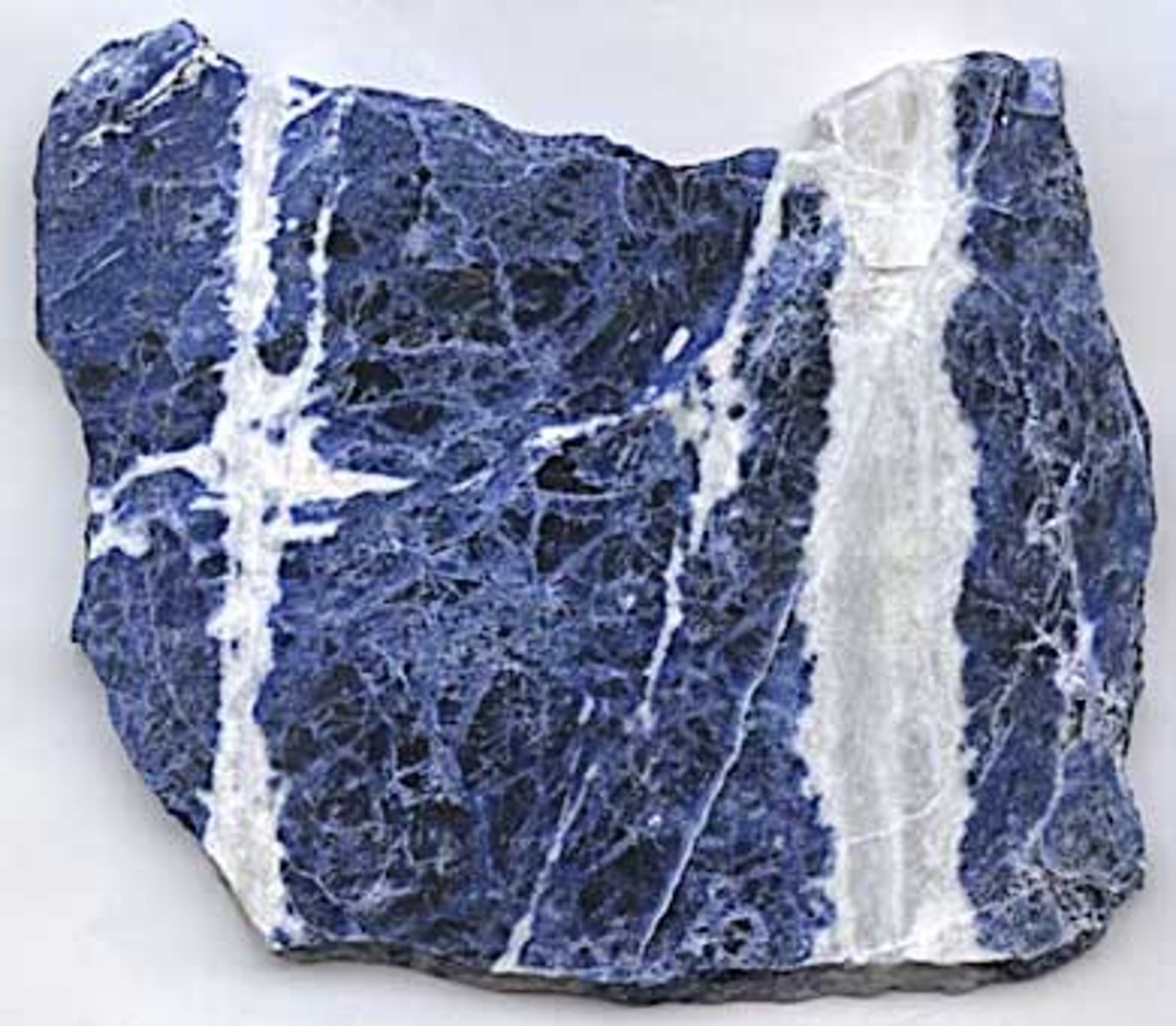
Sphalerite
Almost any color, but usually yellowish, tan, or reddish, resinous luster.
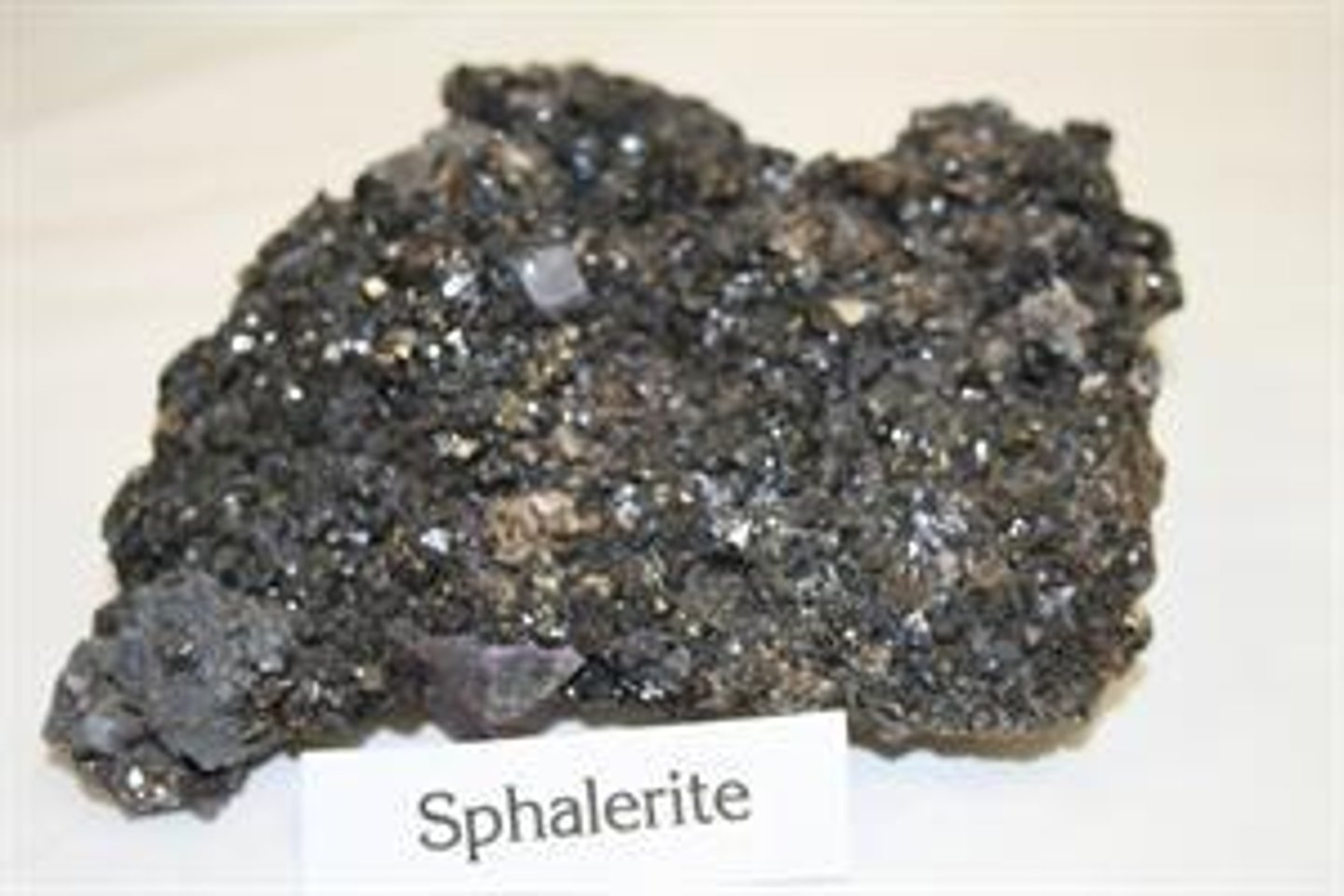
Staurolite
Brown. Almost always forms short, prismatic crystals, can form cruciform twins.
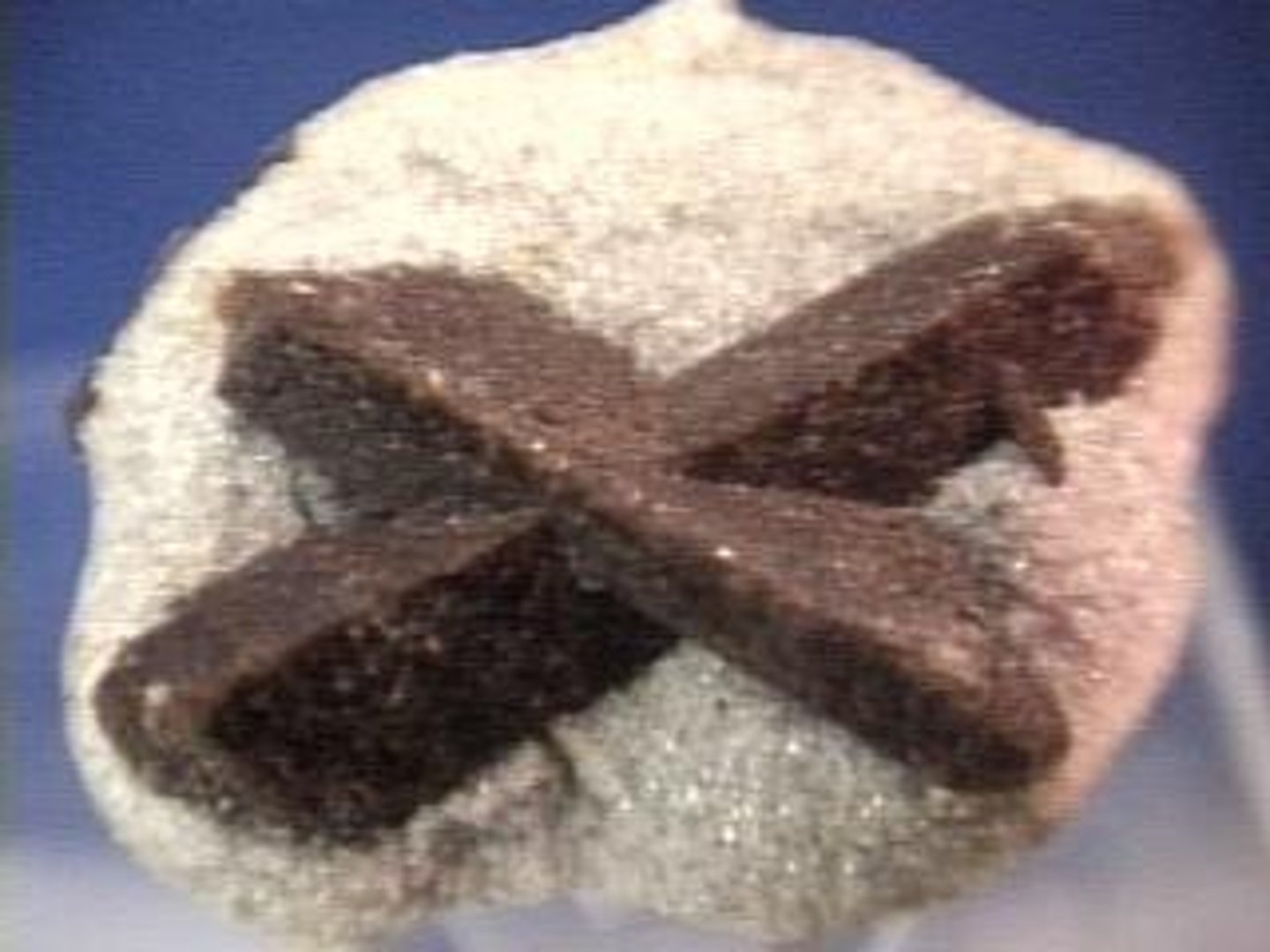
Sulfur
Always some shade of yellow.
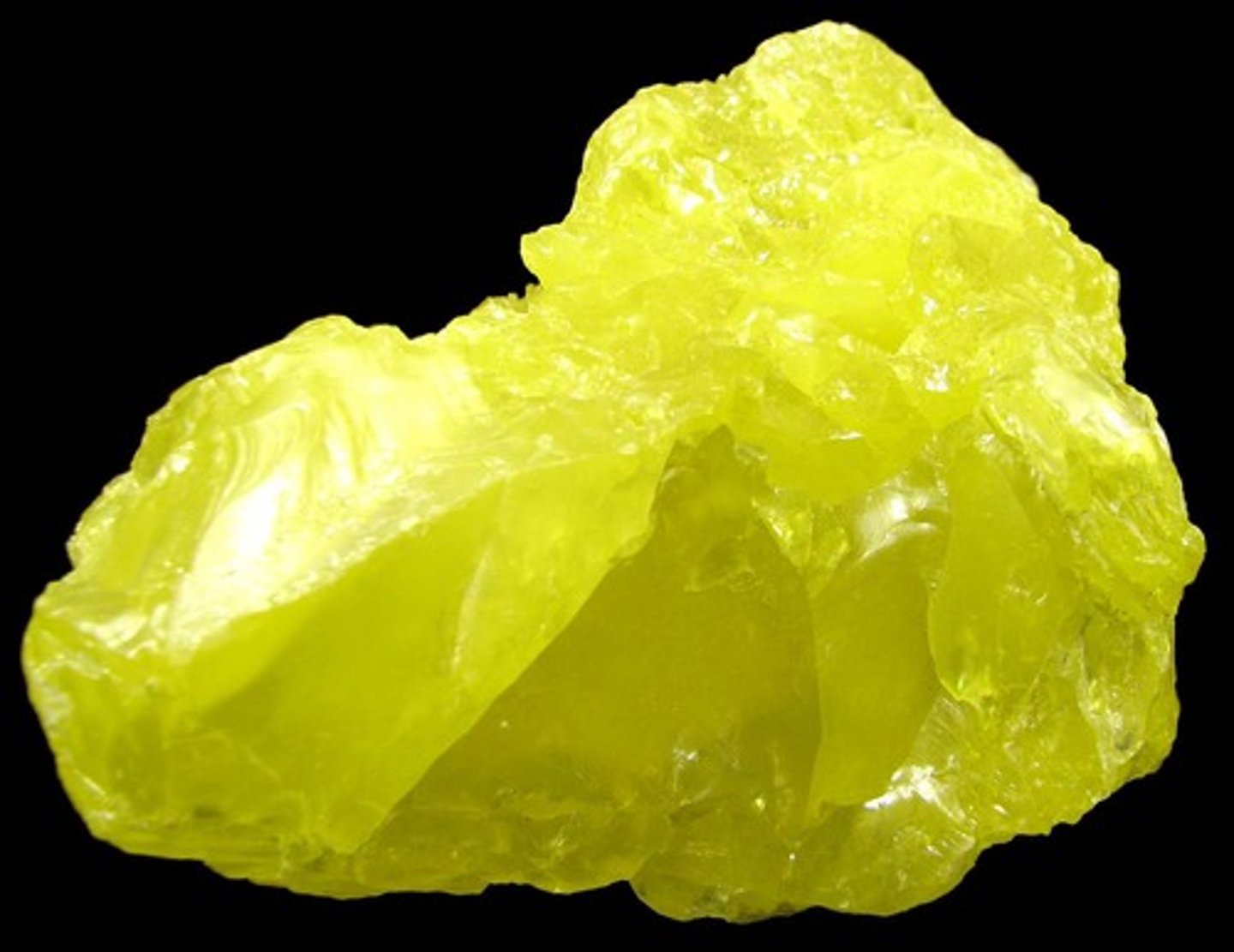
Talc
Light green, white, or grey and feels very waxy. Softest.
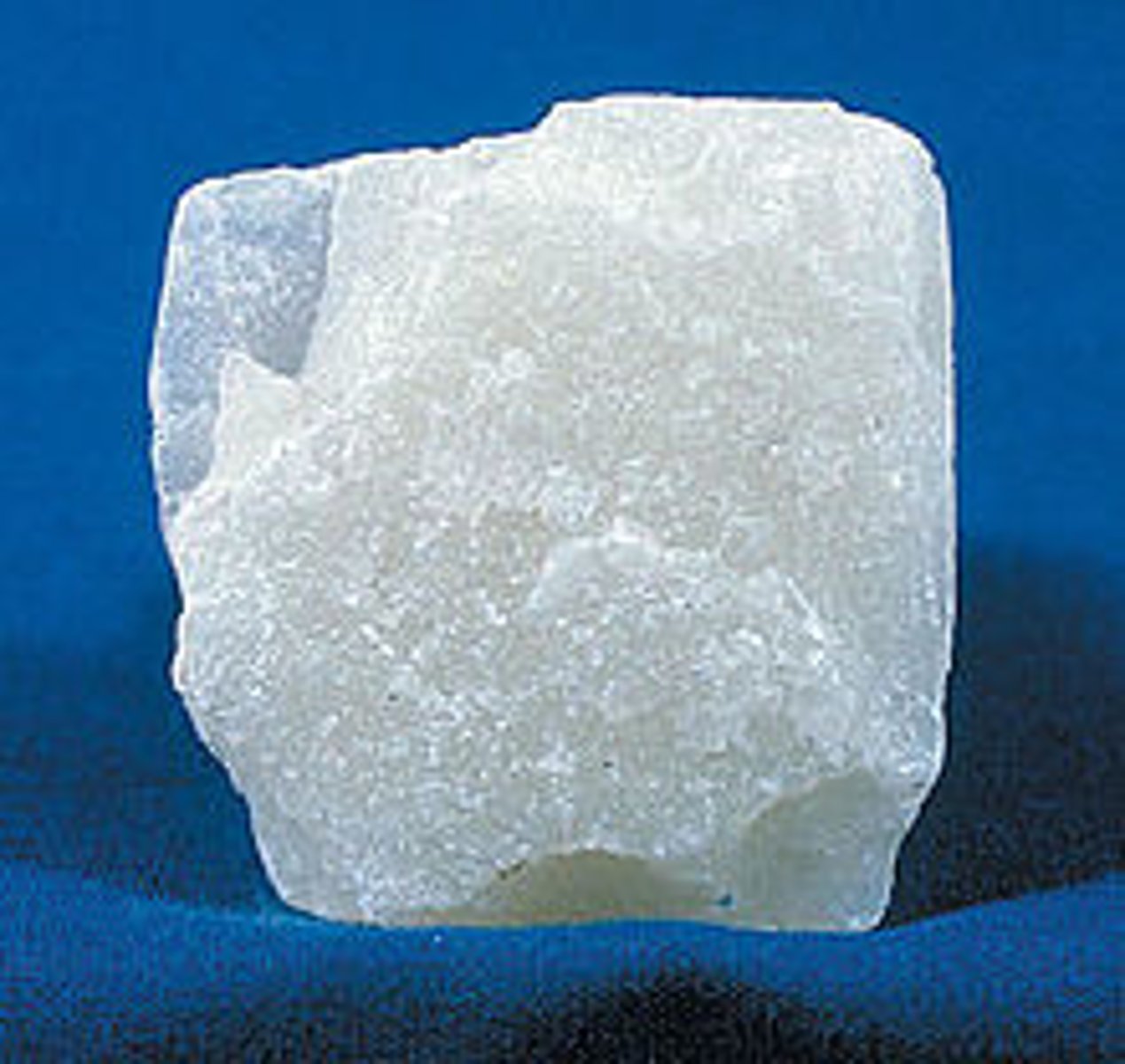
Topaz
Extremely variable color, but usually comes in well-formed prismatic crystals.
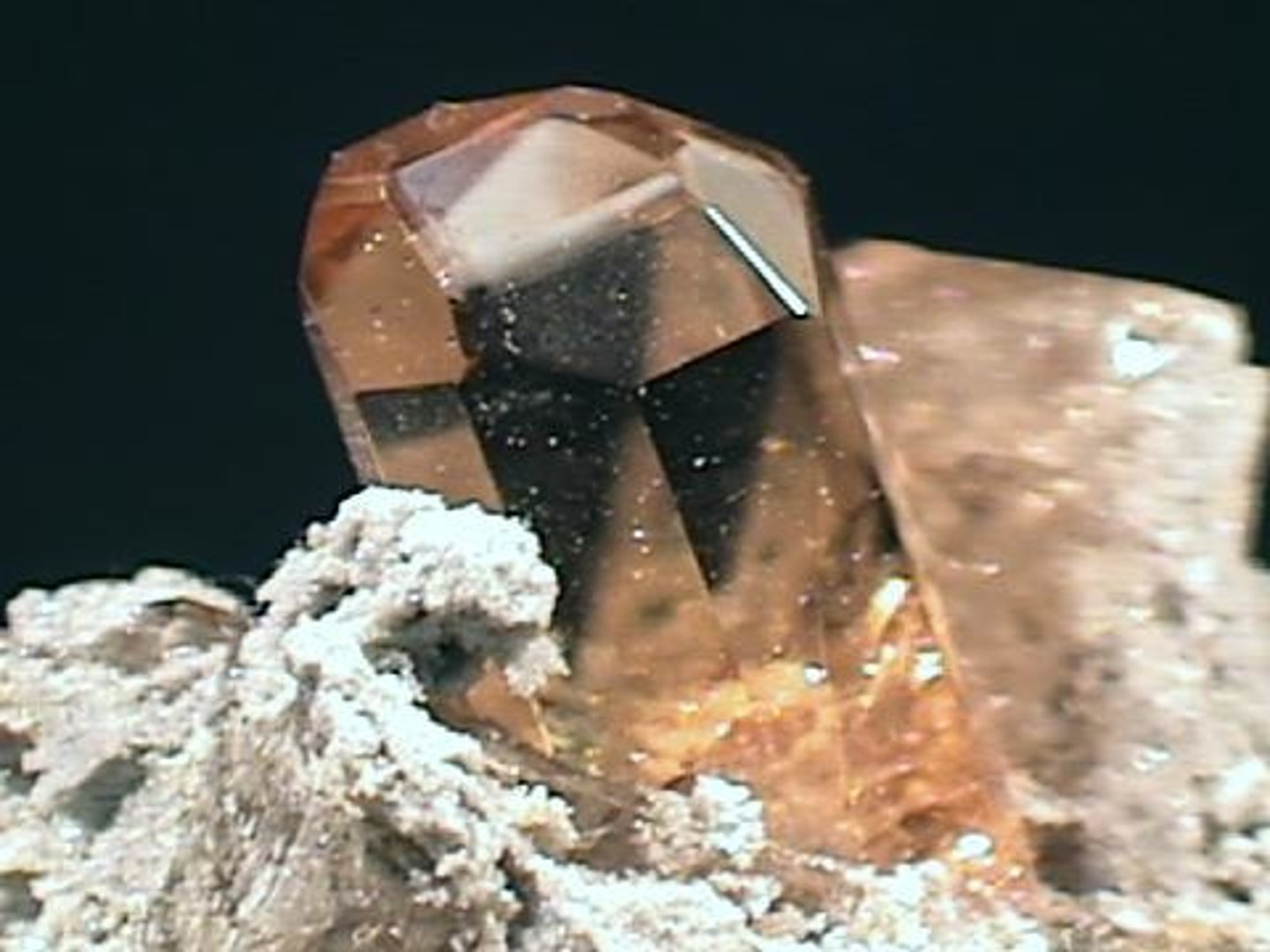
Tourmaline Group
Extremely variable when it comes to color, but it often comes in long prismatic crystals with vertical striations on its surface.
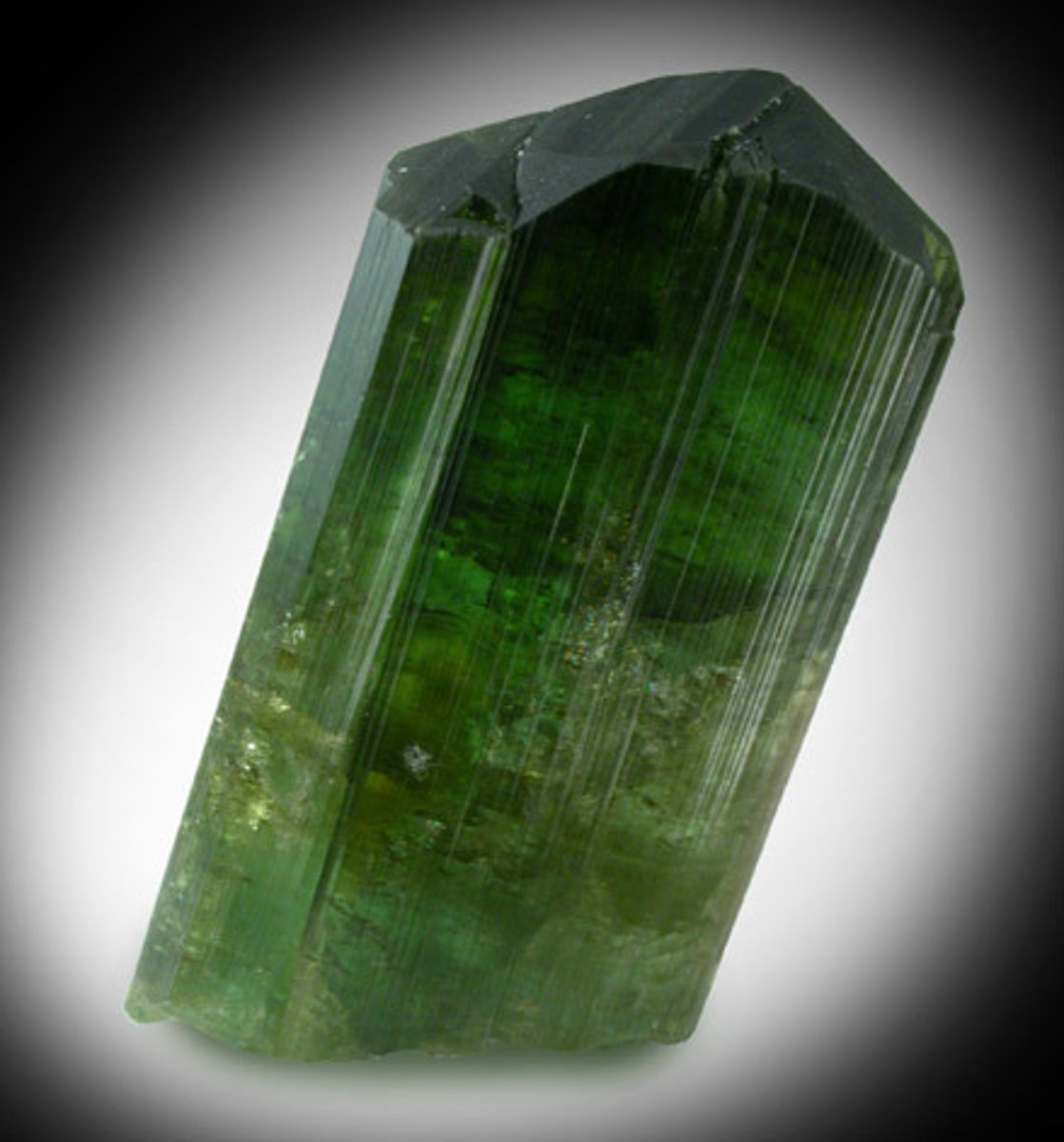
Tremolite
Usually comes in small, bladed crystals, light-colored and sometimes transparent. Asbestos.
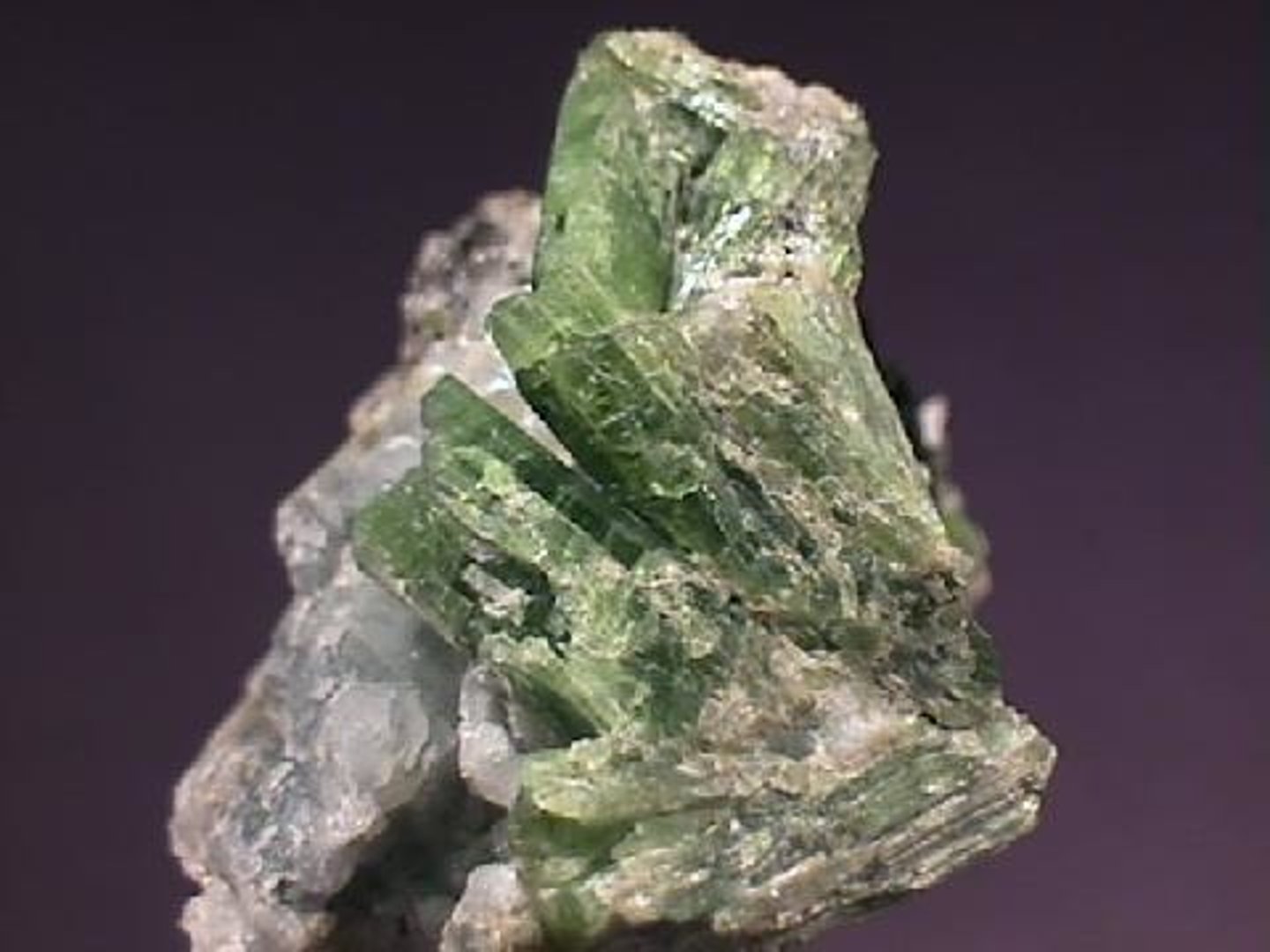
Ulexite
Almost always white, and looks like a densely-packed bundle of white threads, opaque in one direction, and conducts light in the other. "TV rock."
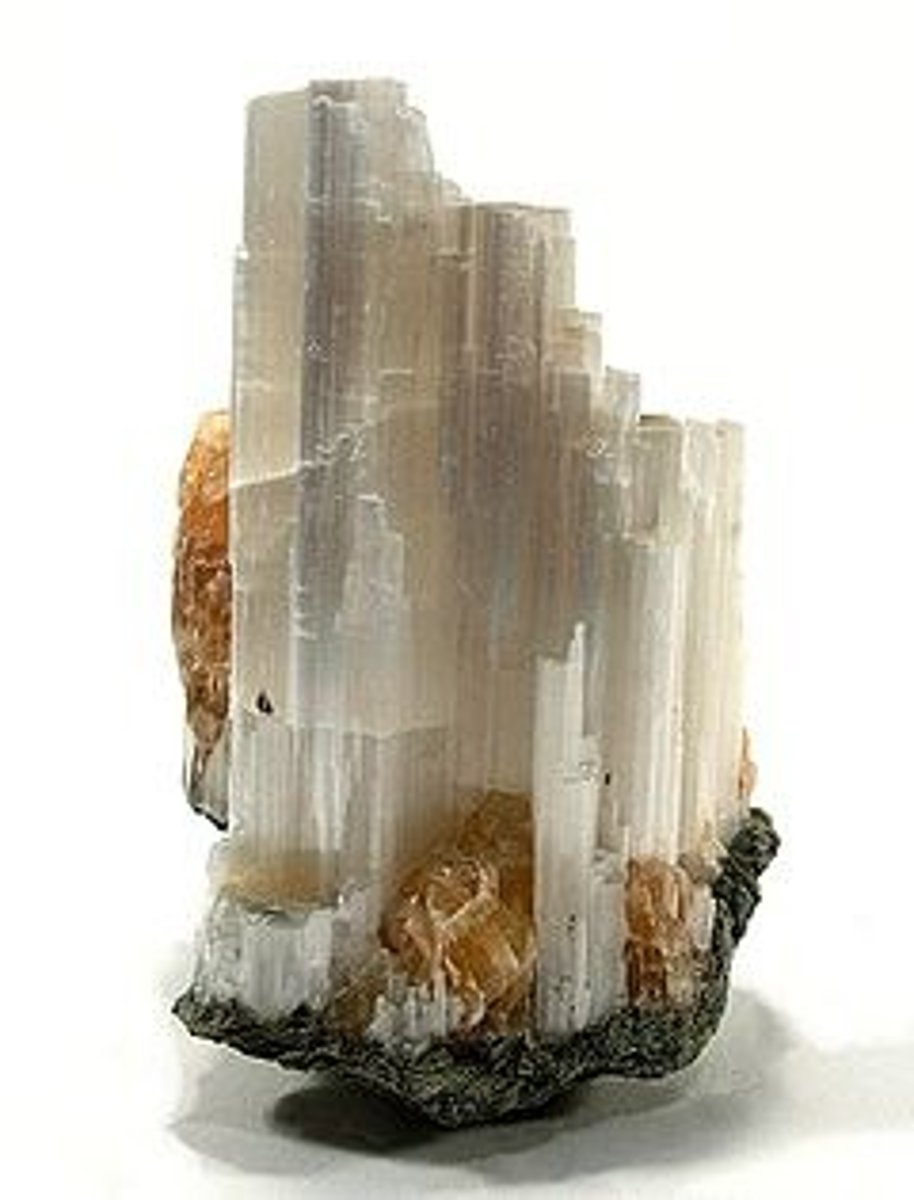
Gneiss
Metamorphic, light and dark bands or stripes.
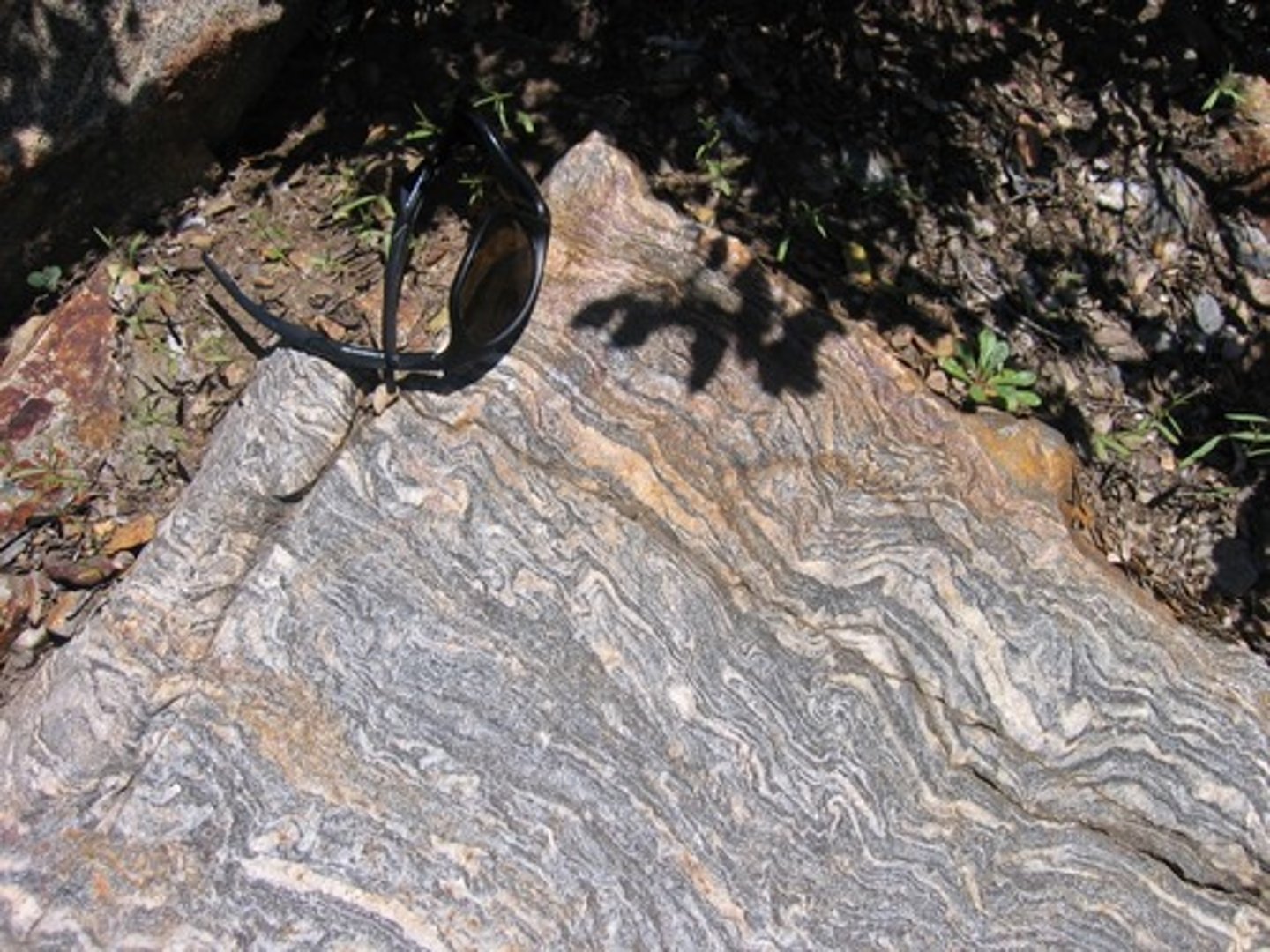
Marble
A non-foliated metamorphic rock composed of recrystallized carbonate minerals, most commonly calcite or dolomite. Looks similar to Granite.
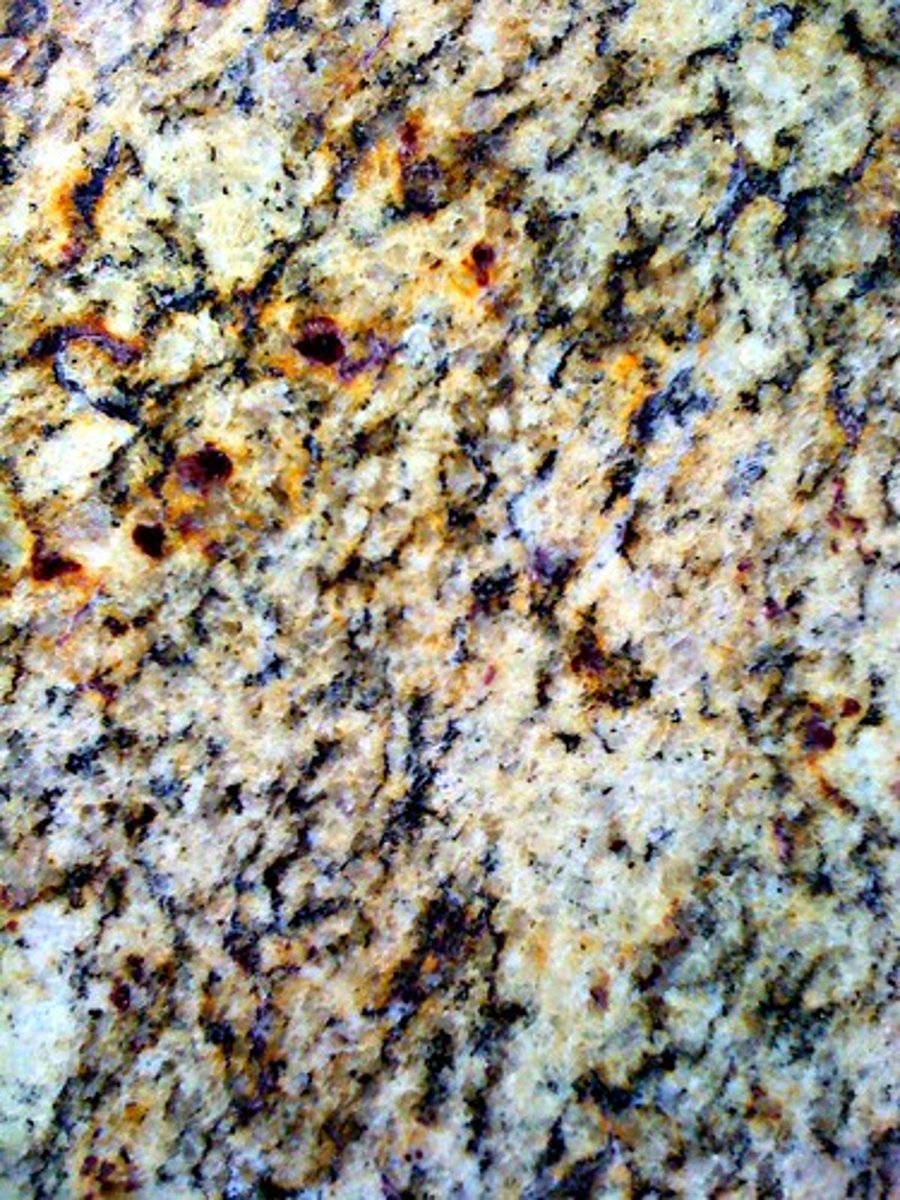
Phyllite
Striped or banded, contains mostly Slate and Mica.
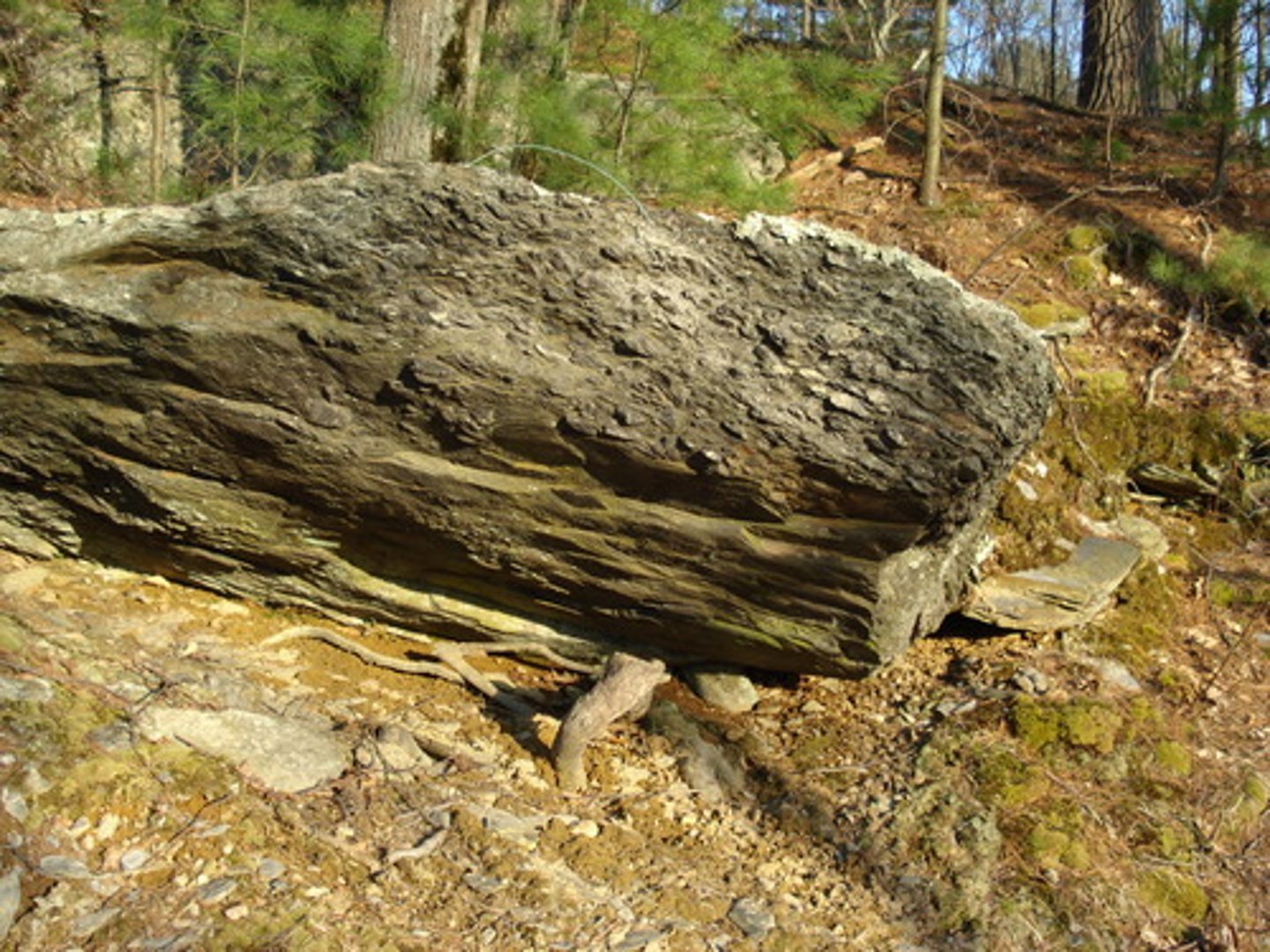
Quartzite
A hard, non-foliated metamorphic rock which was originally pure quartz sandstone.
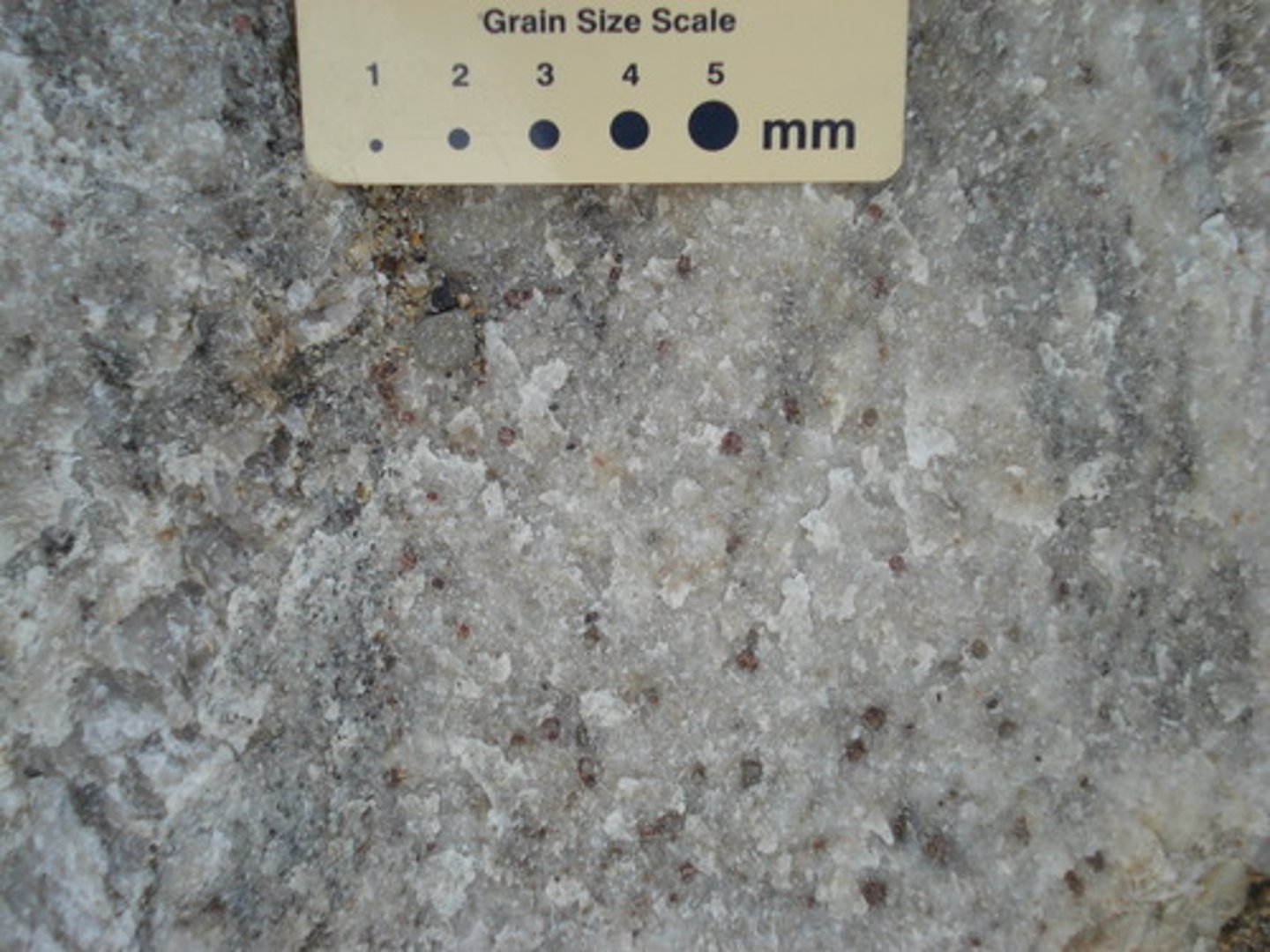
Schist [Garnet]
Dark rock which has small purple-red crystals embedded in its surface.
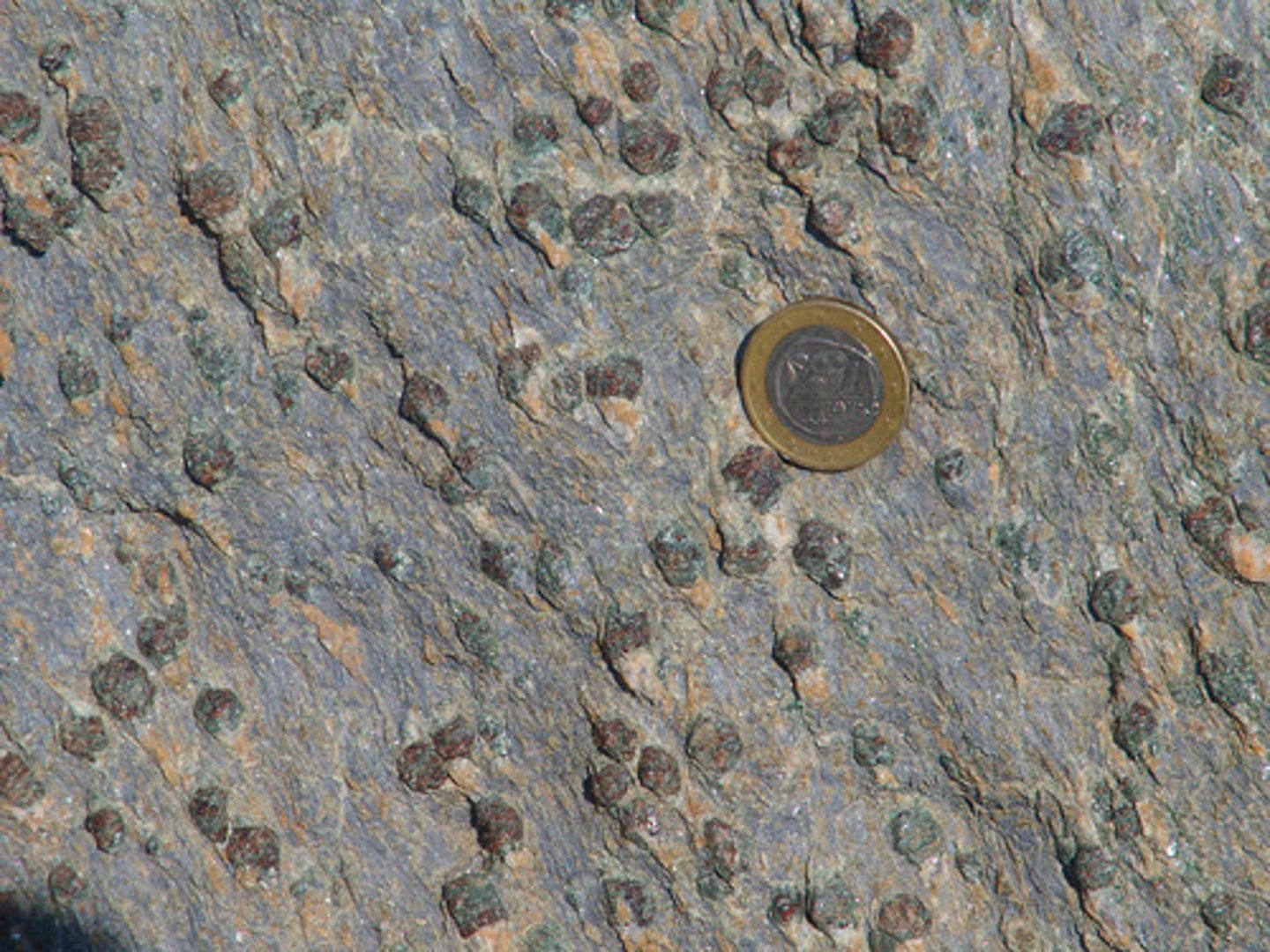
Schist [Mica]
Dark flaky rock with Mica flakes.

Slate
Black rock used for chalk boards, derived from Shale.
